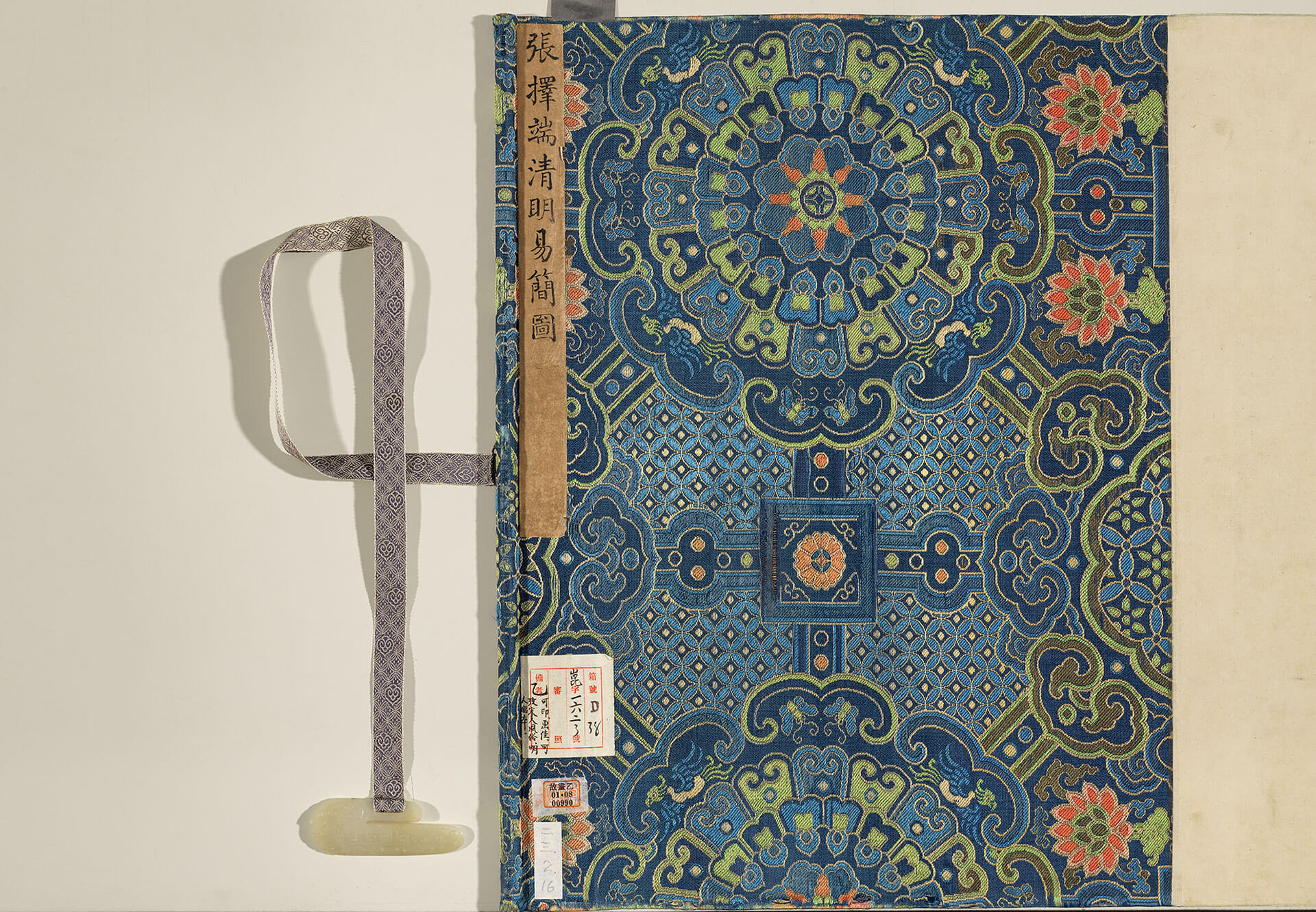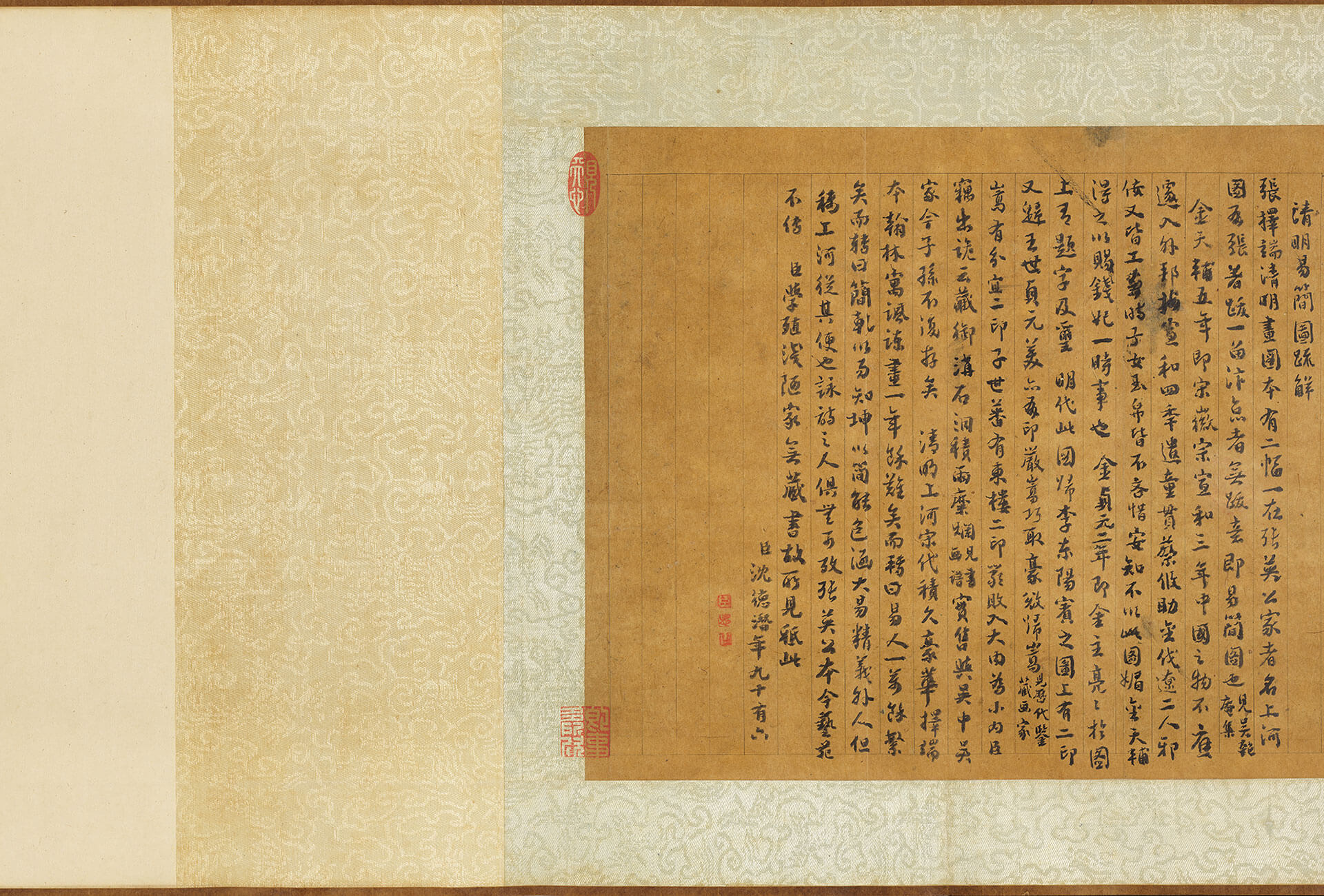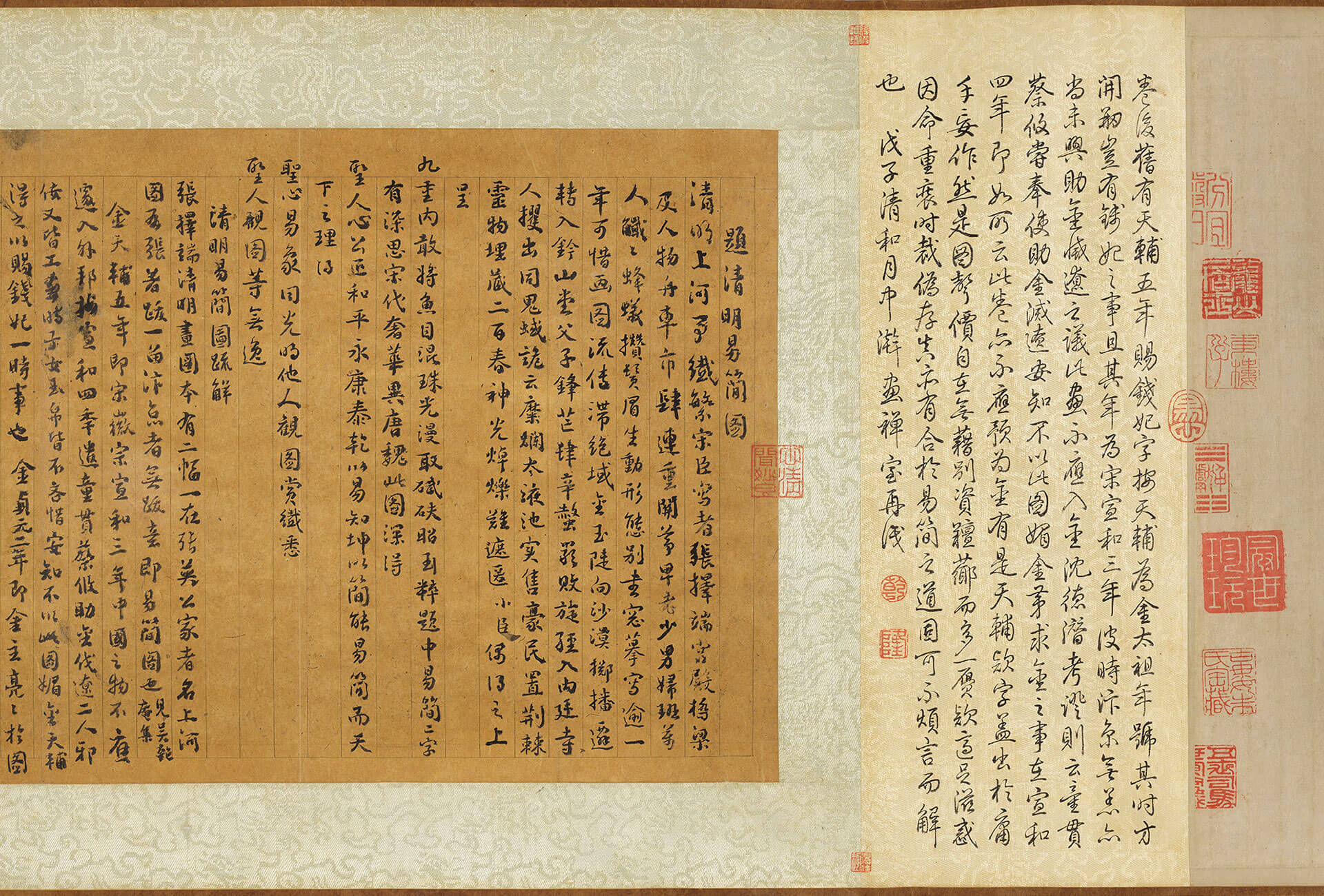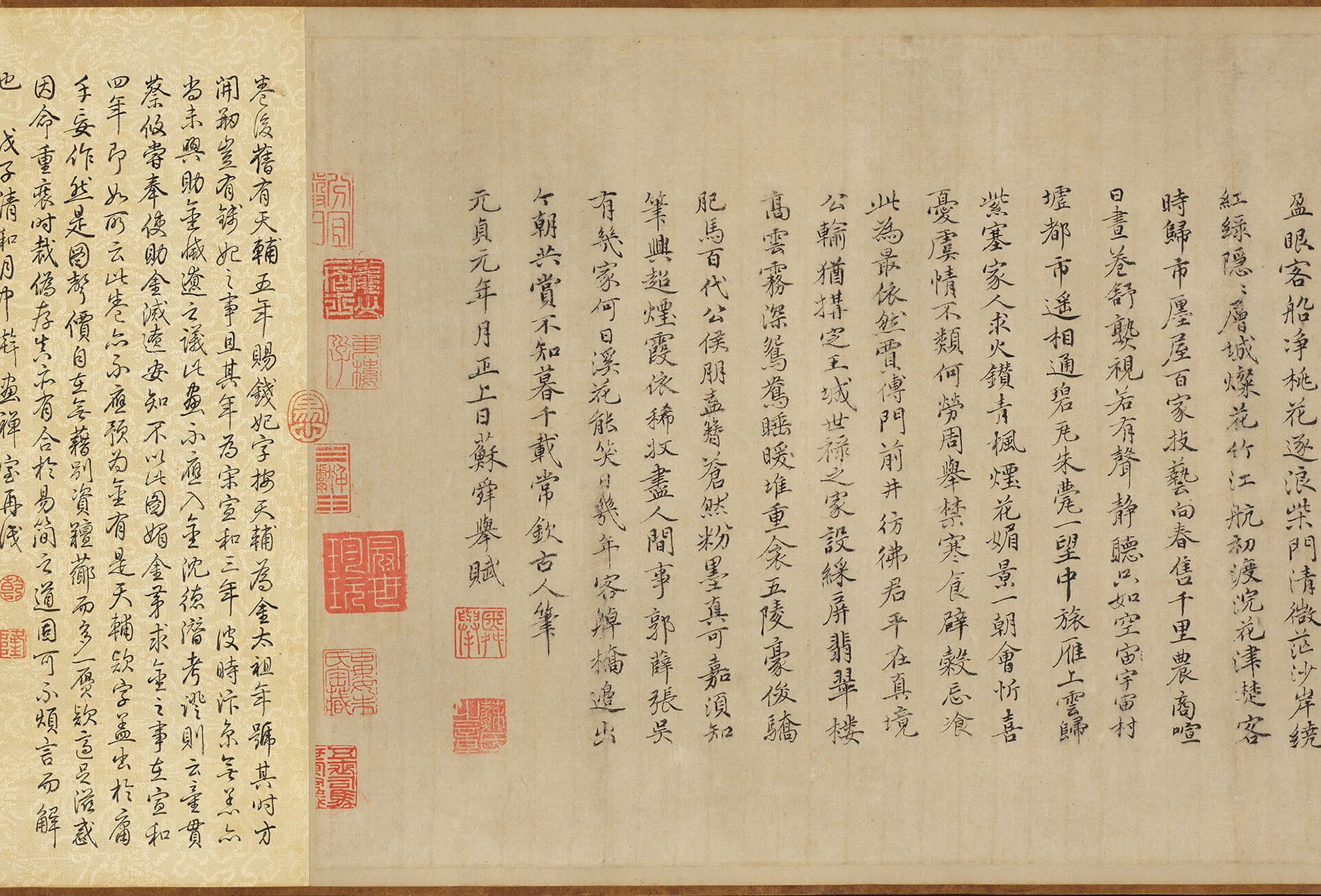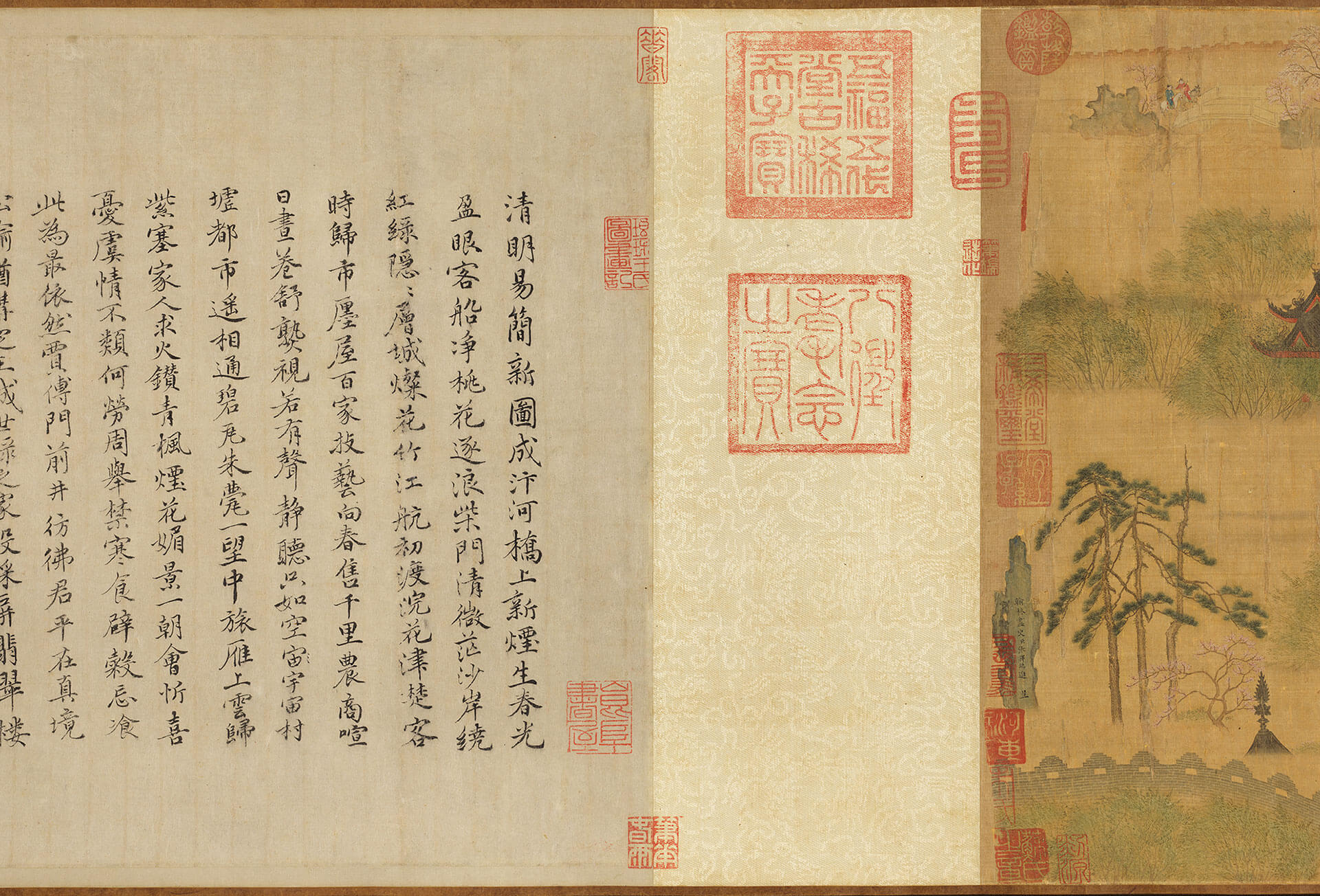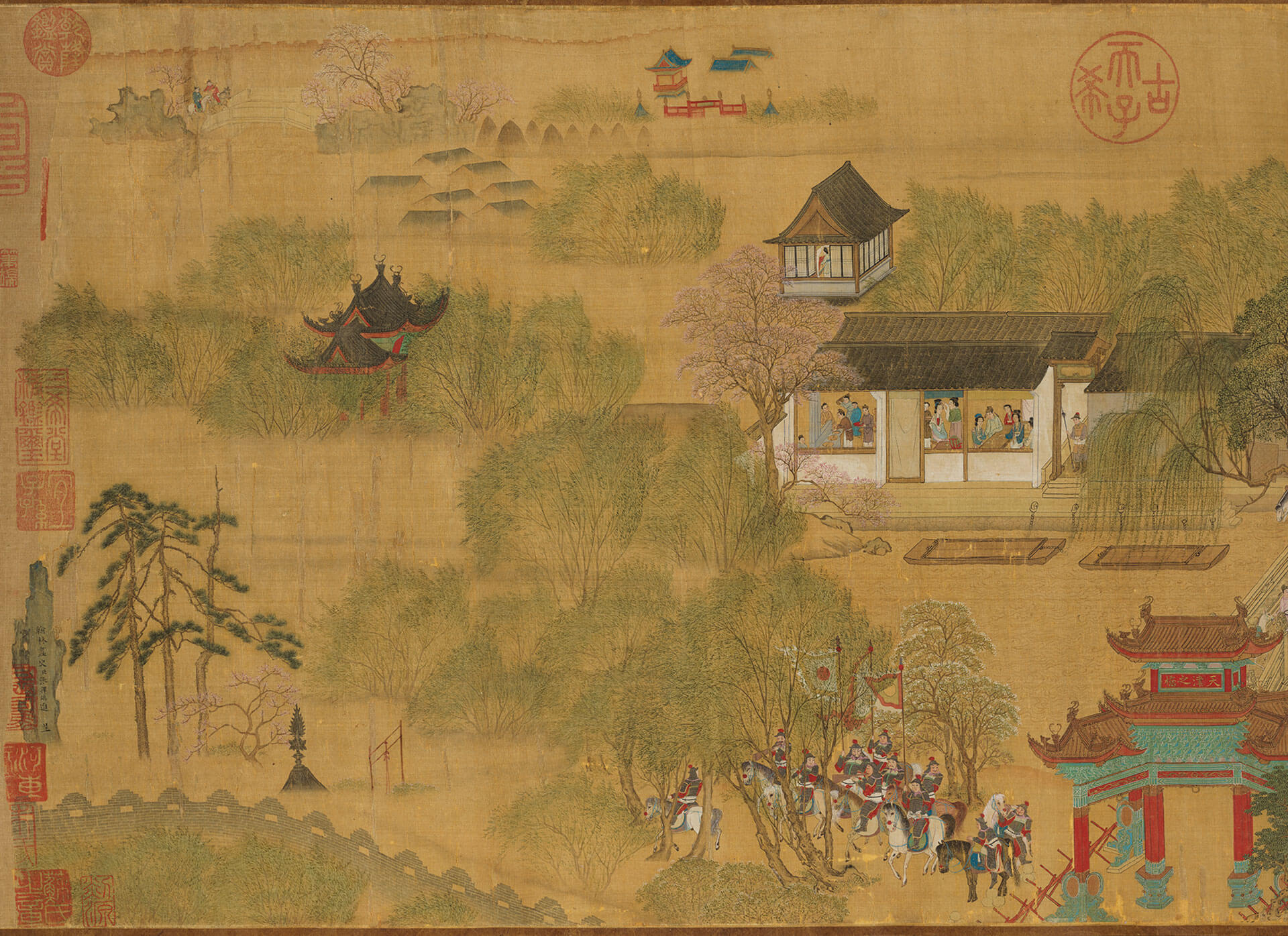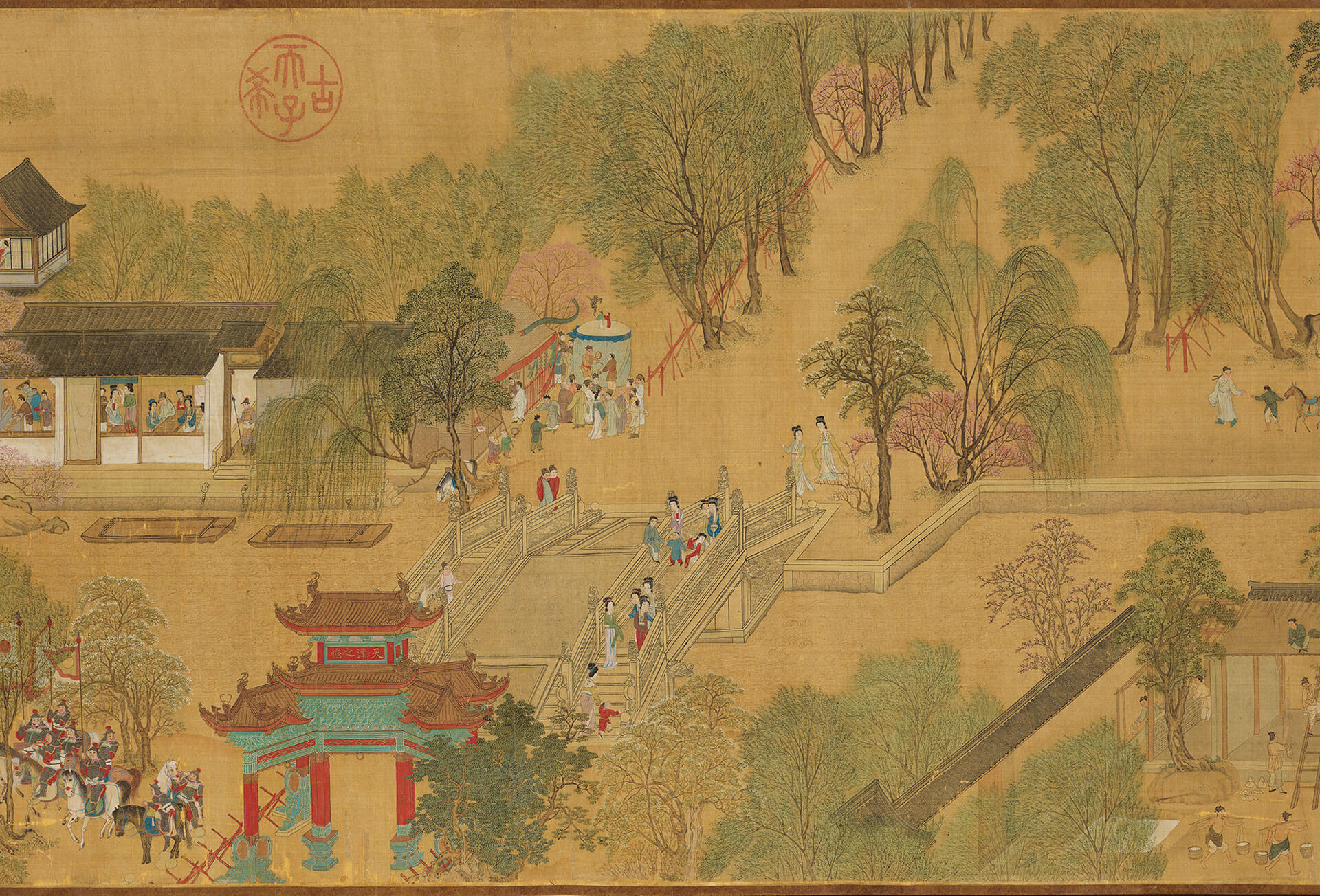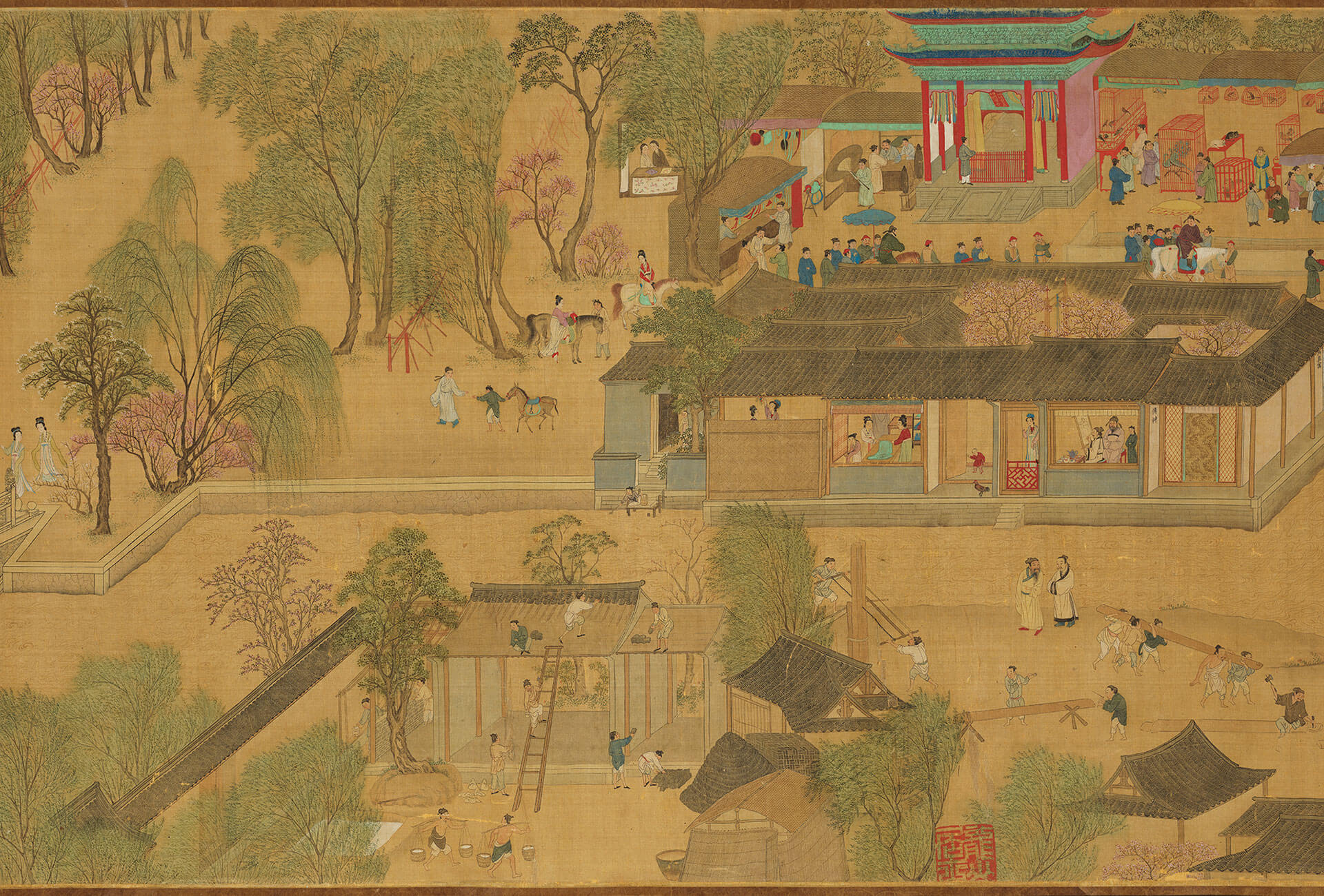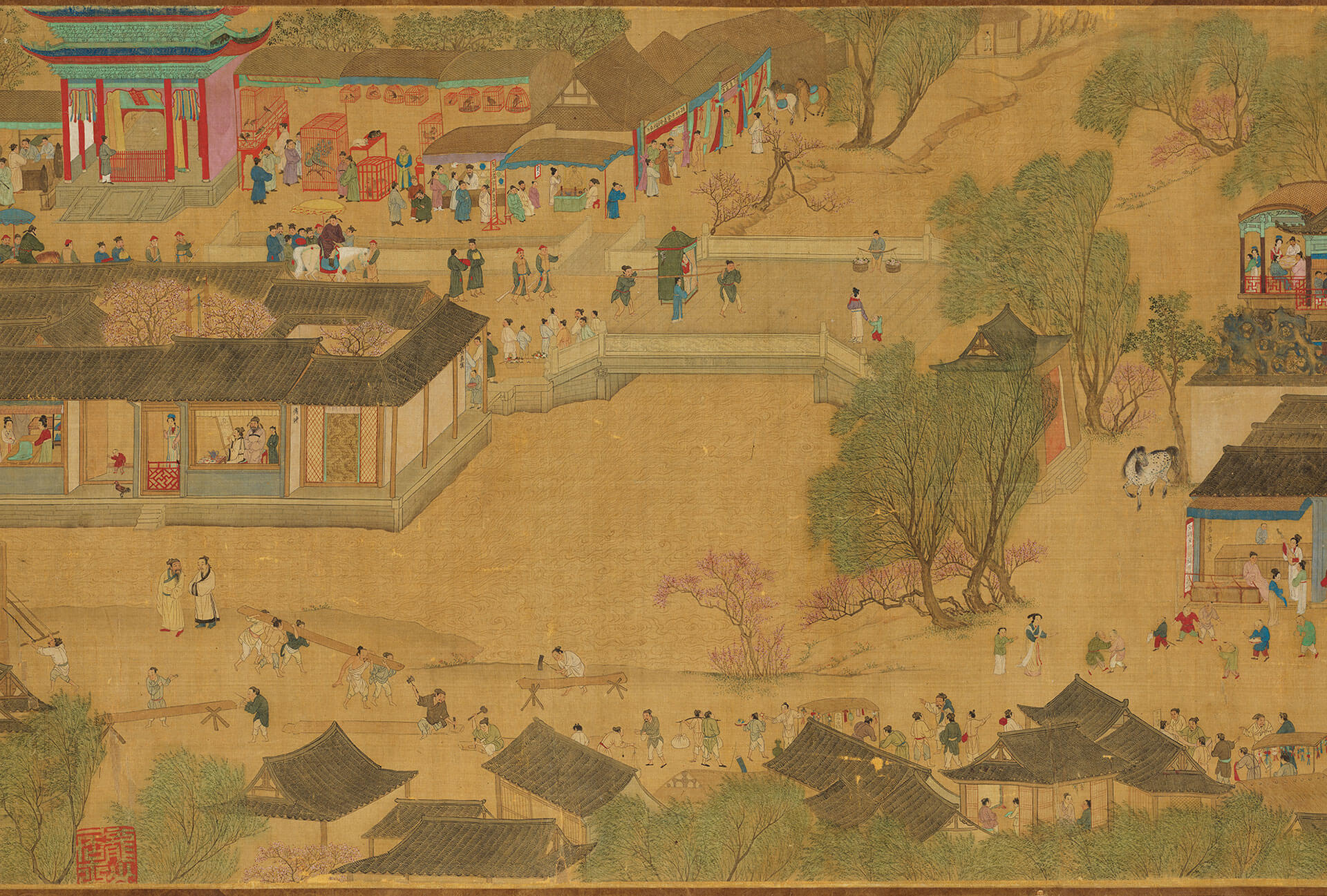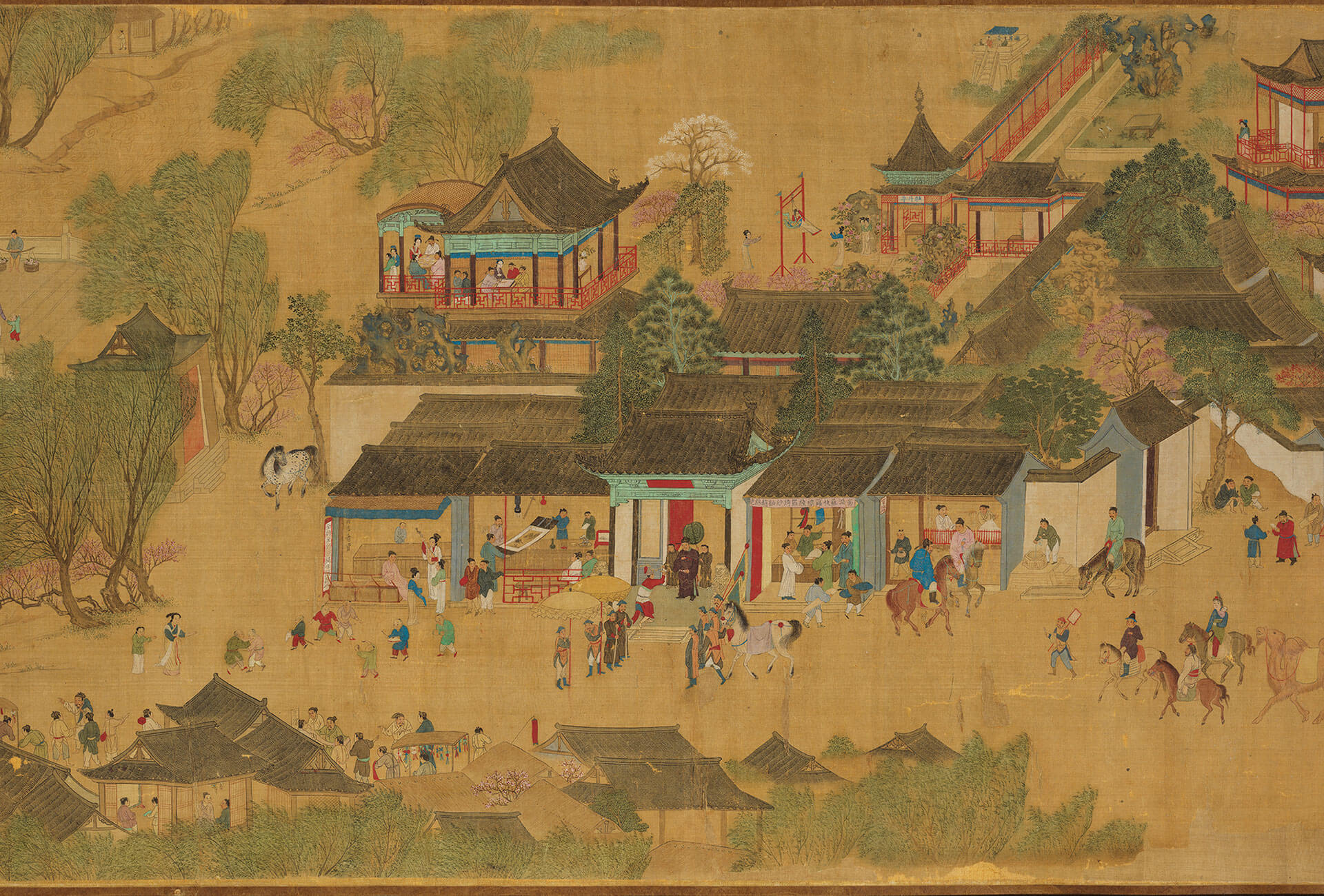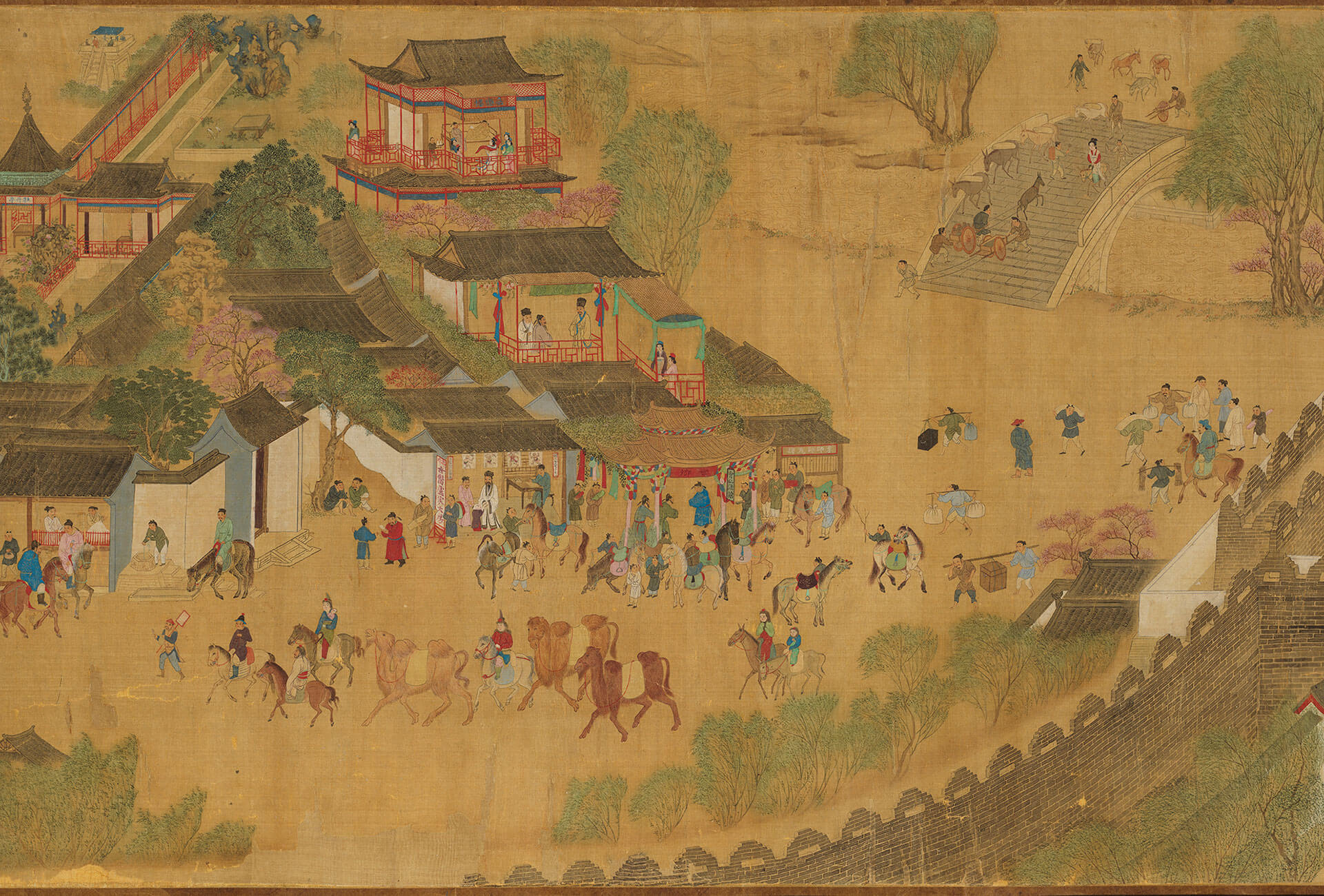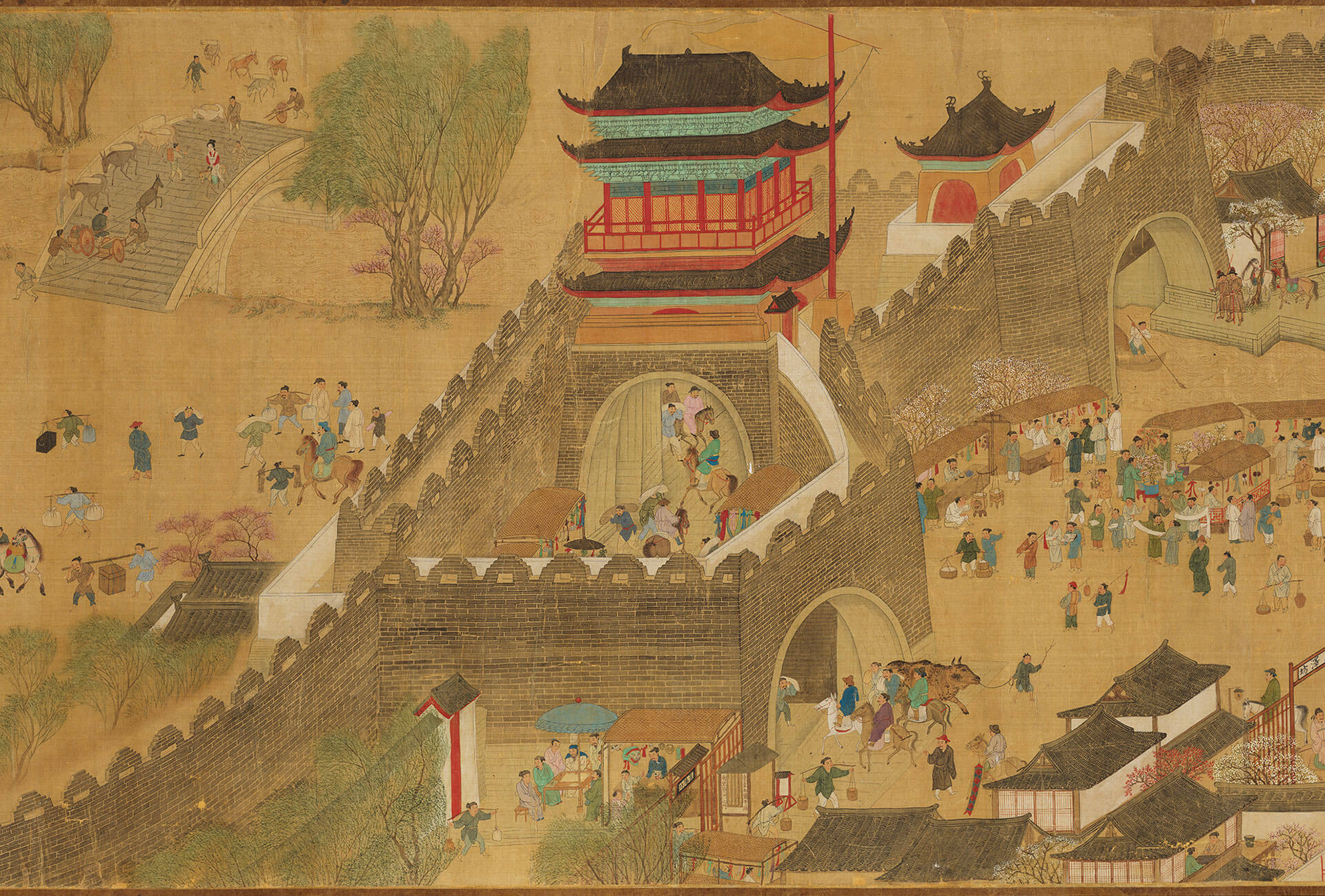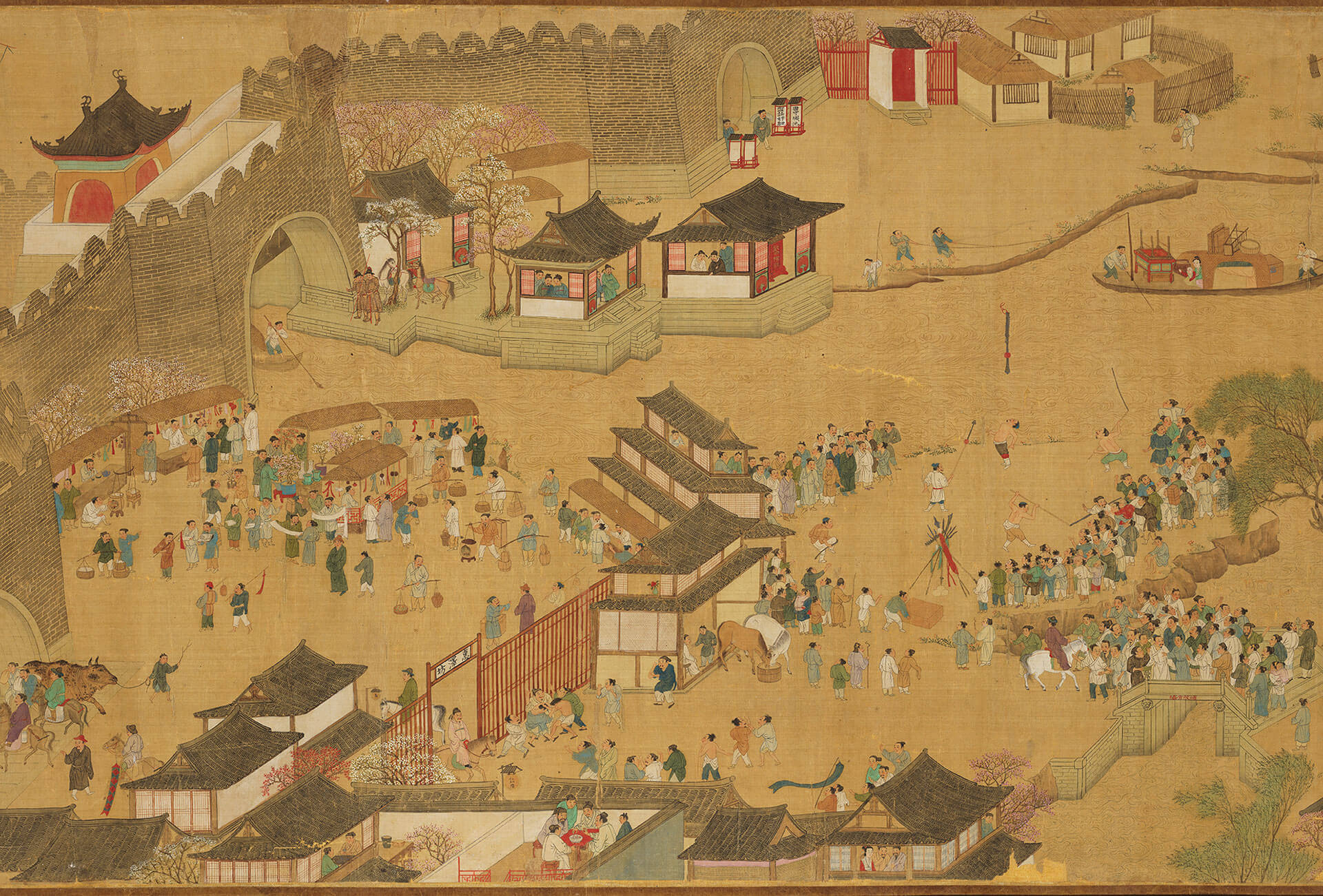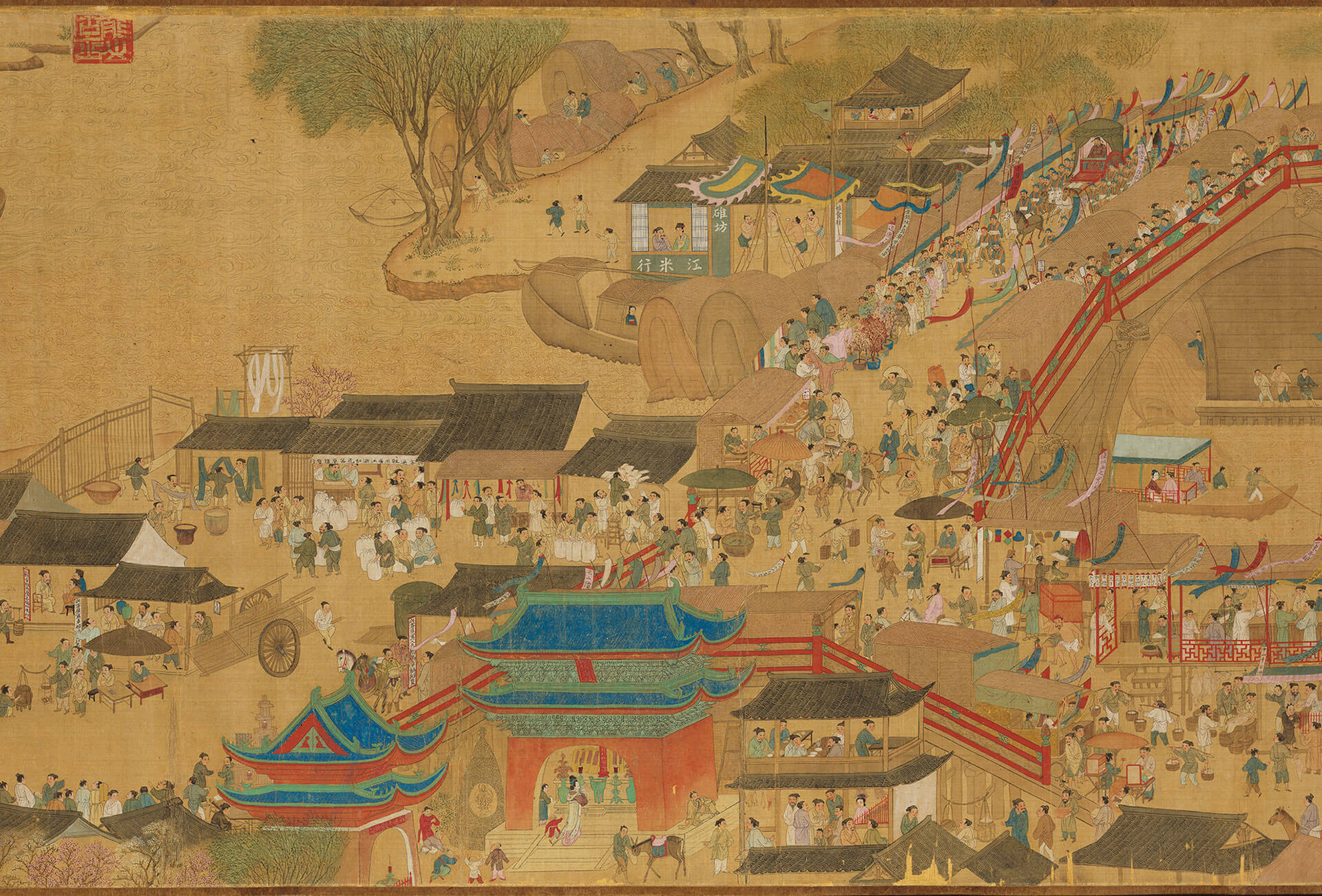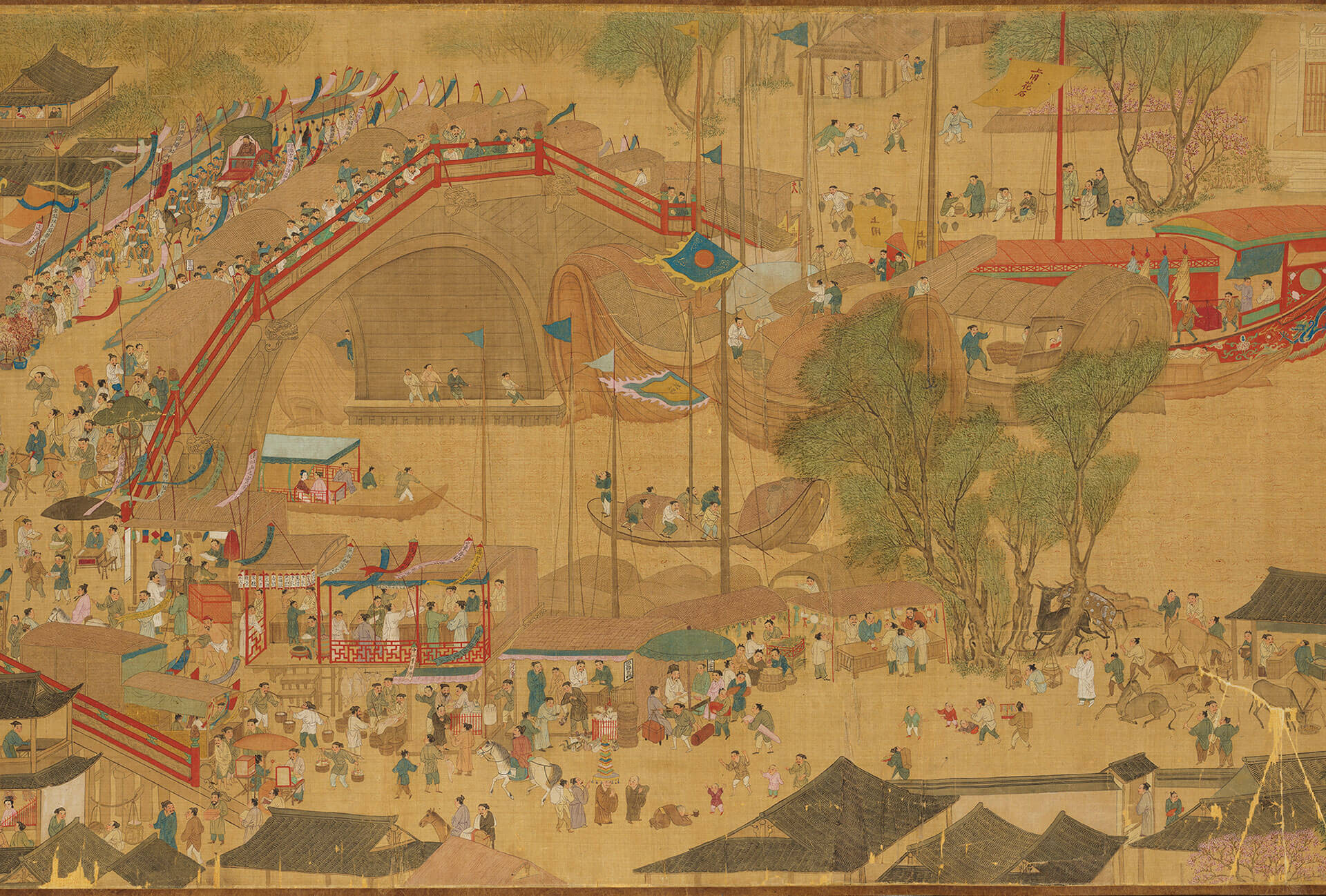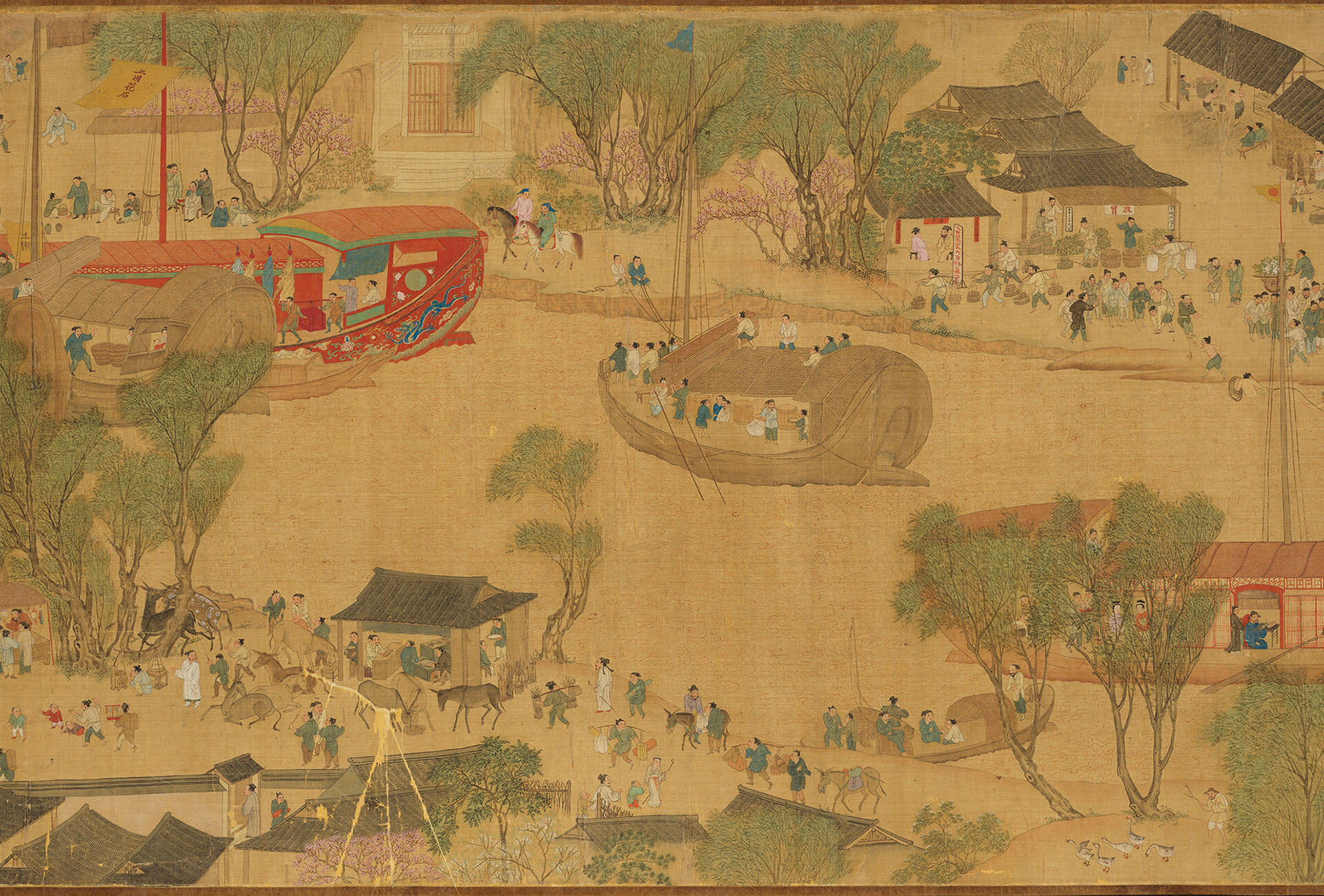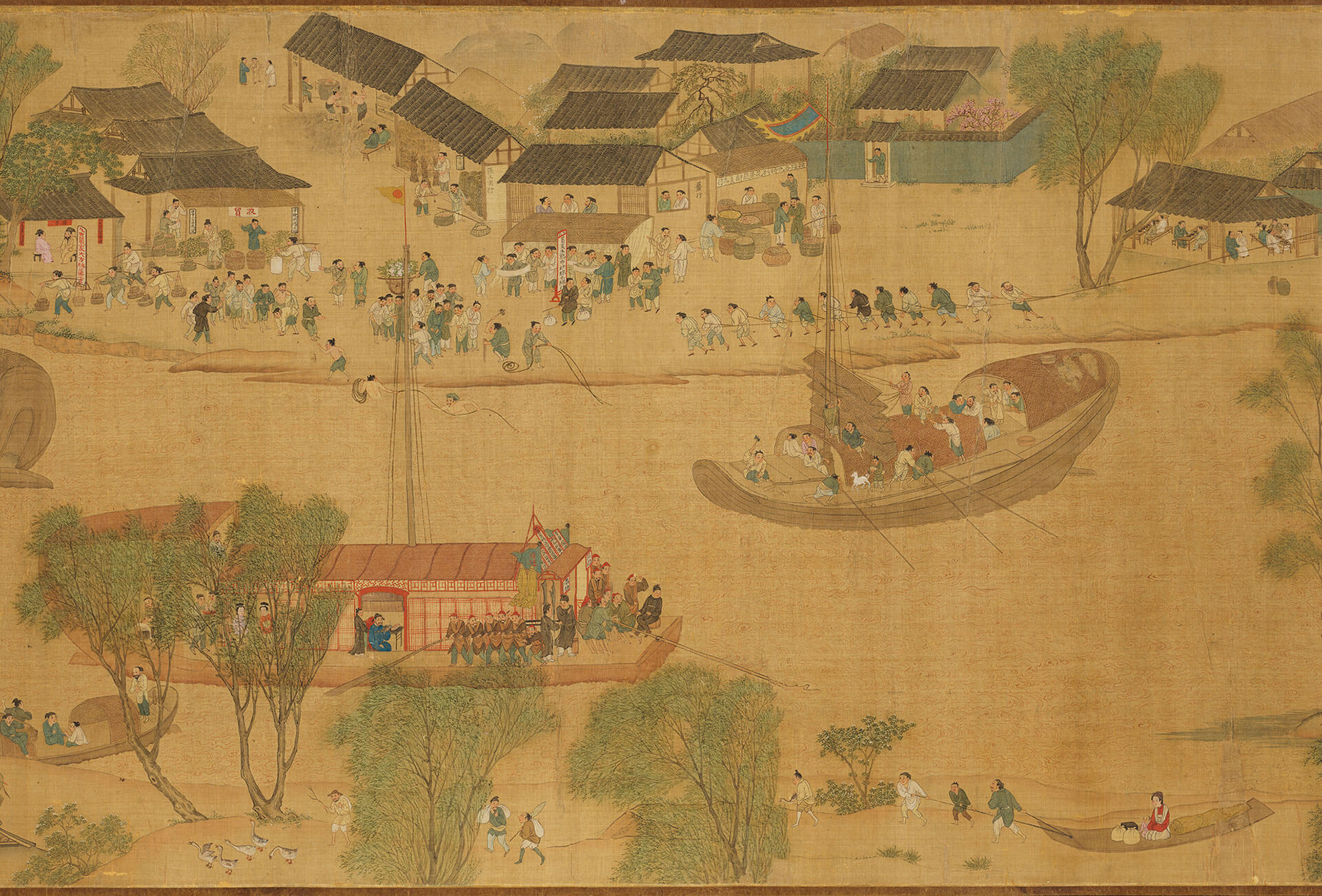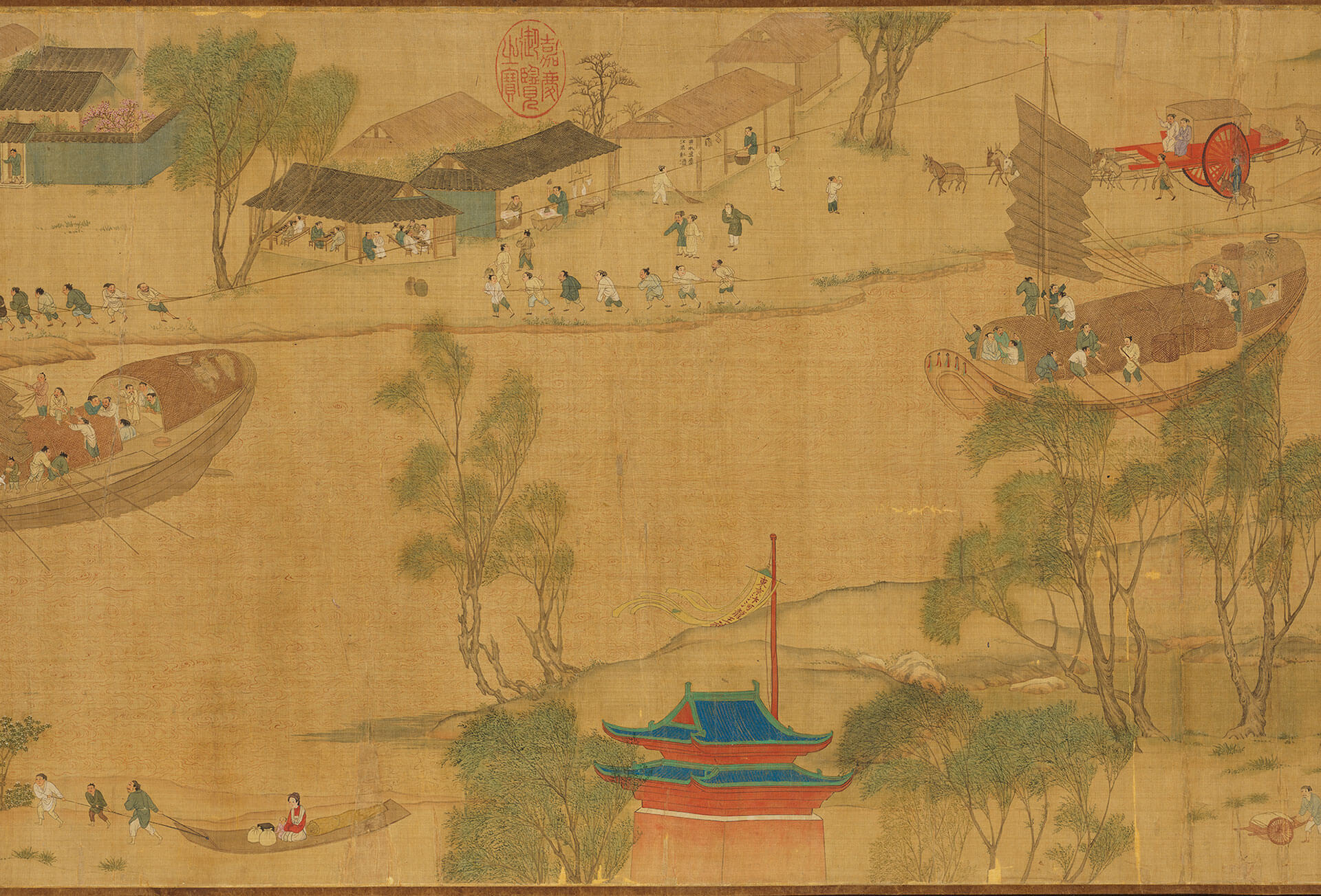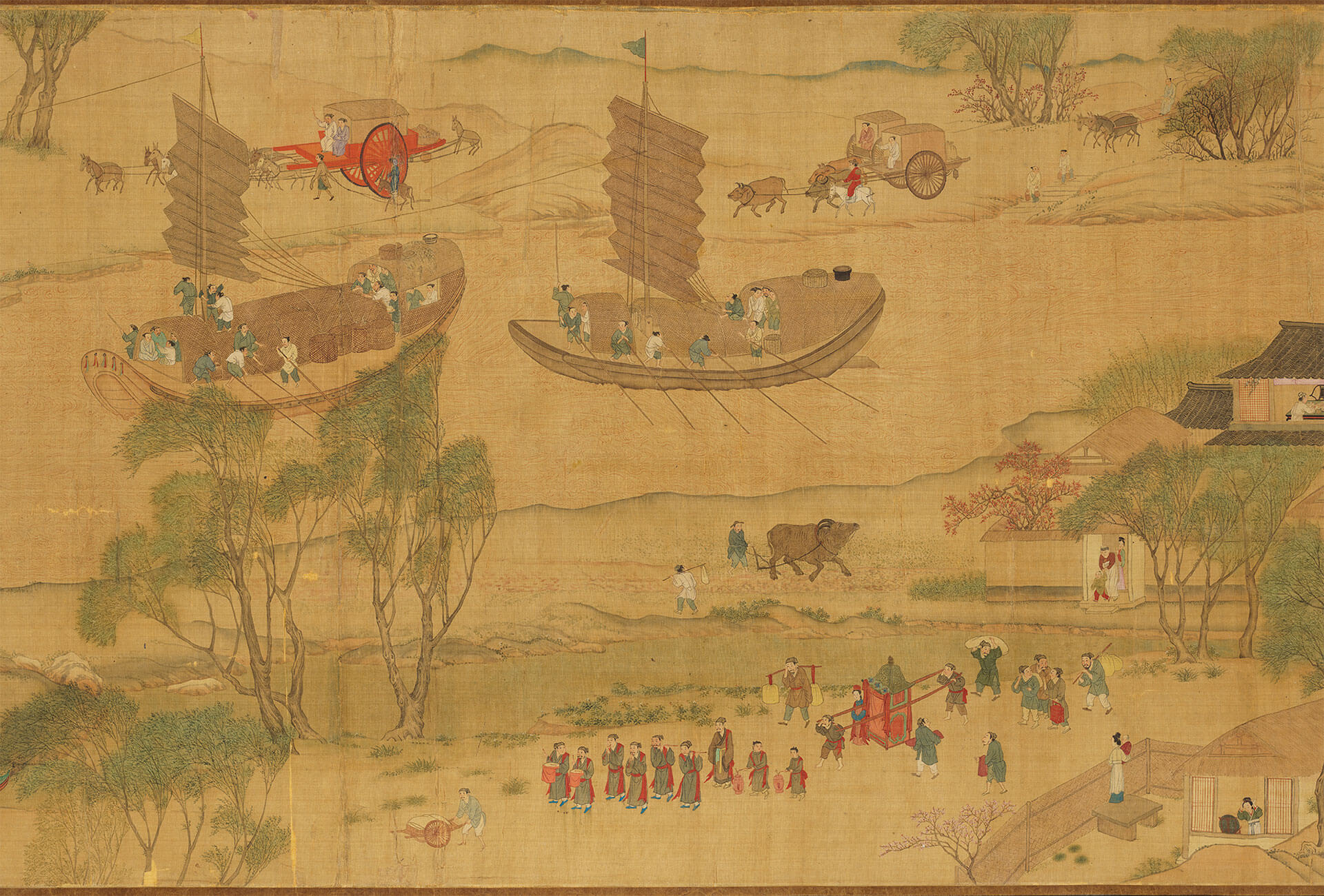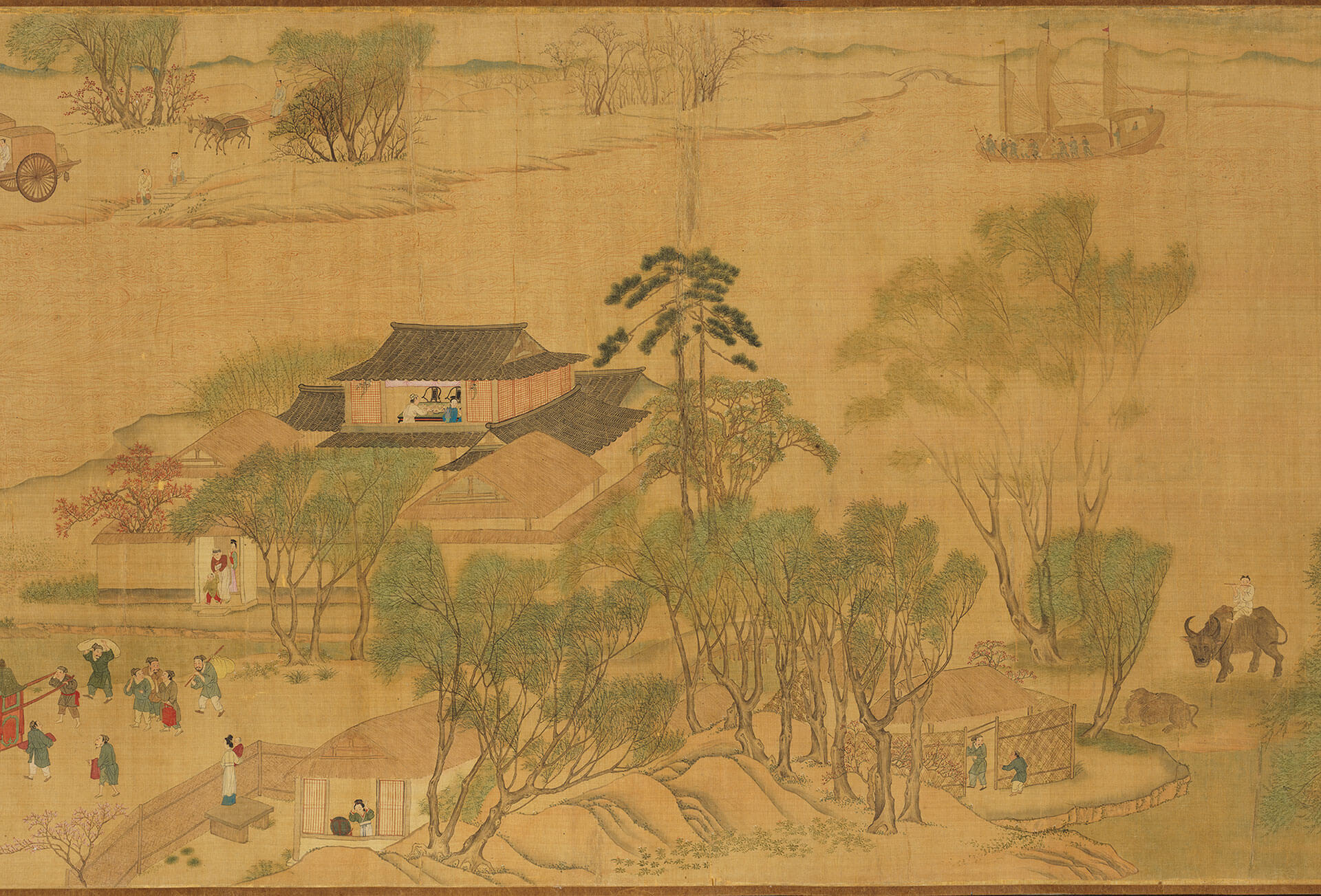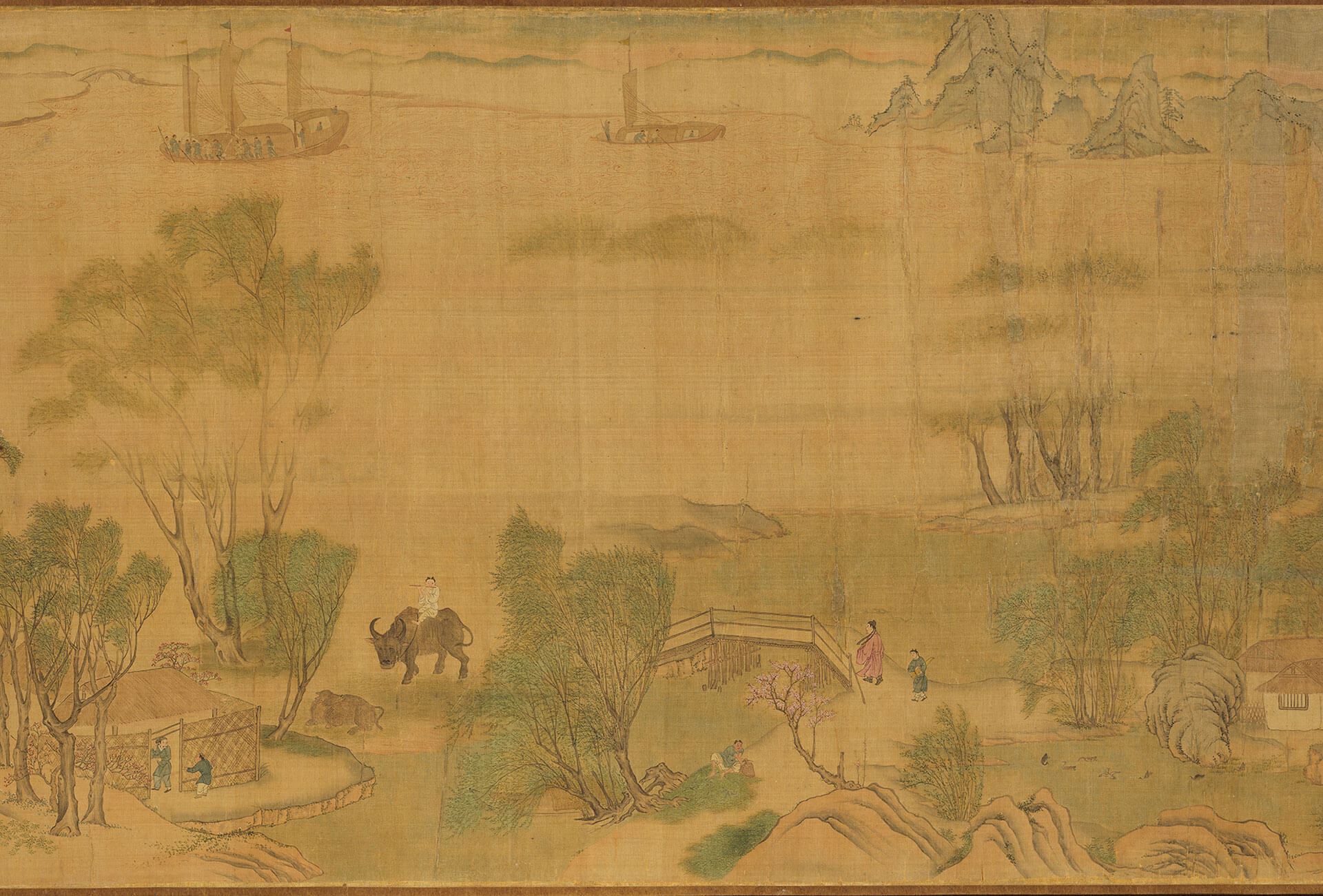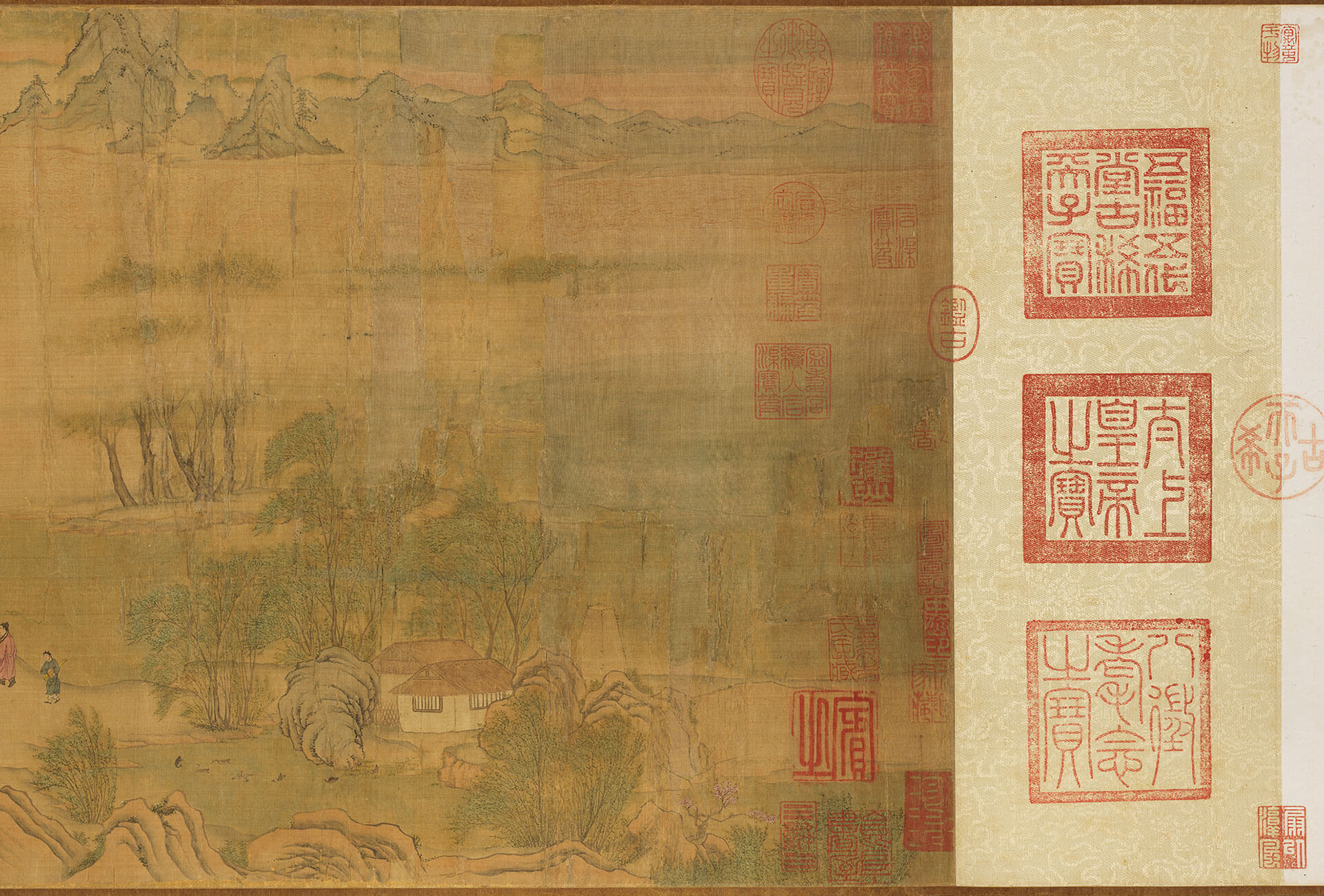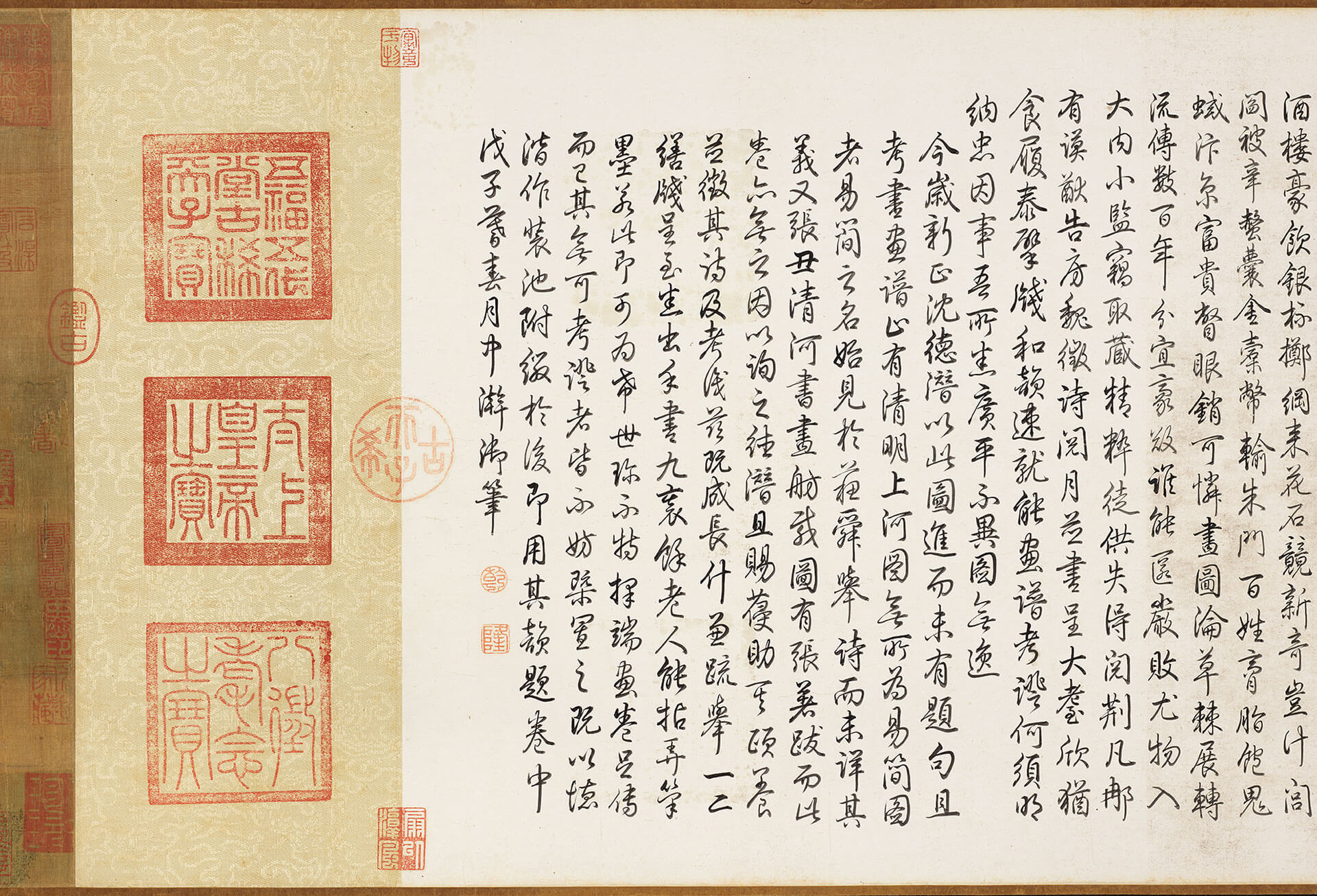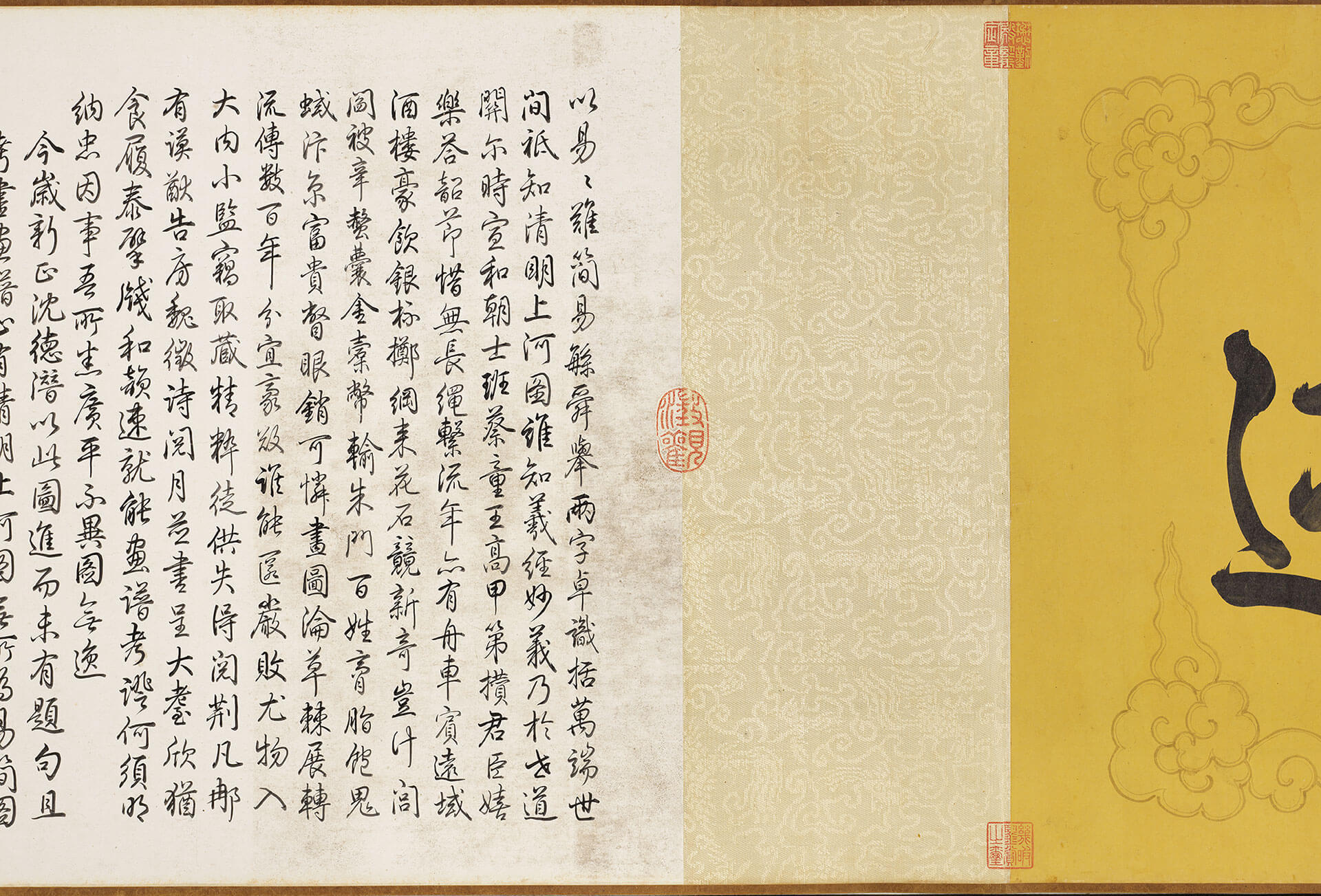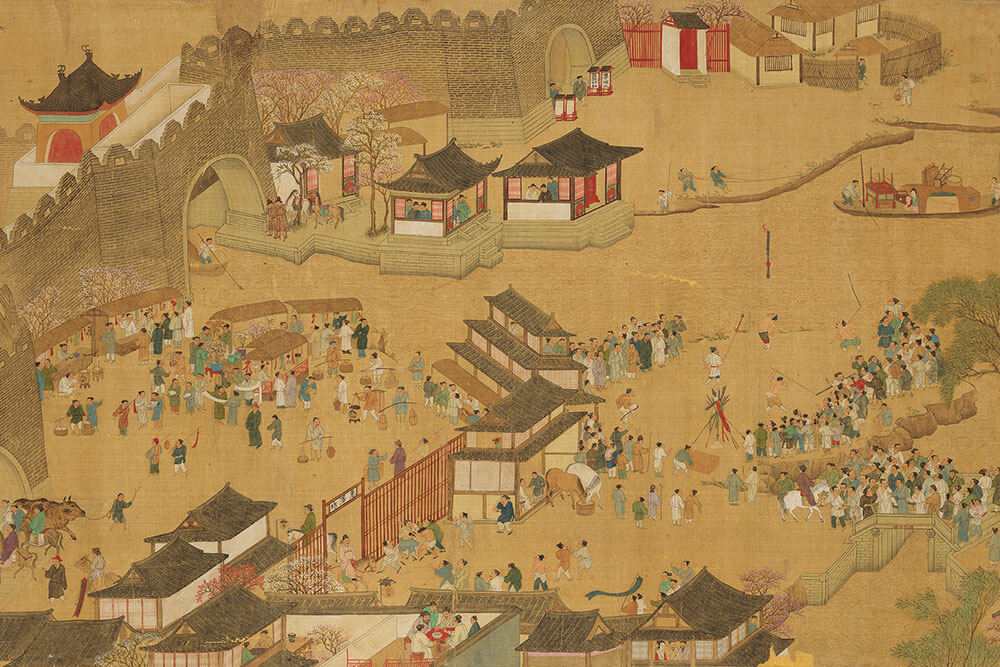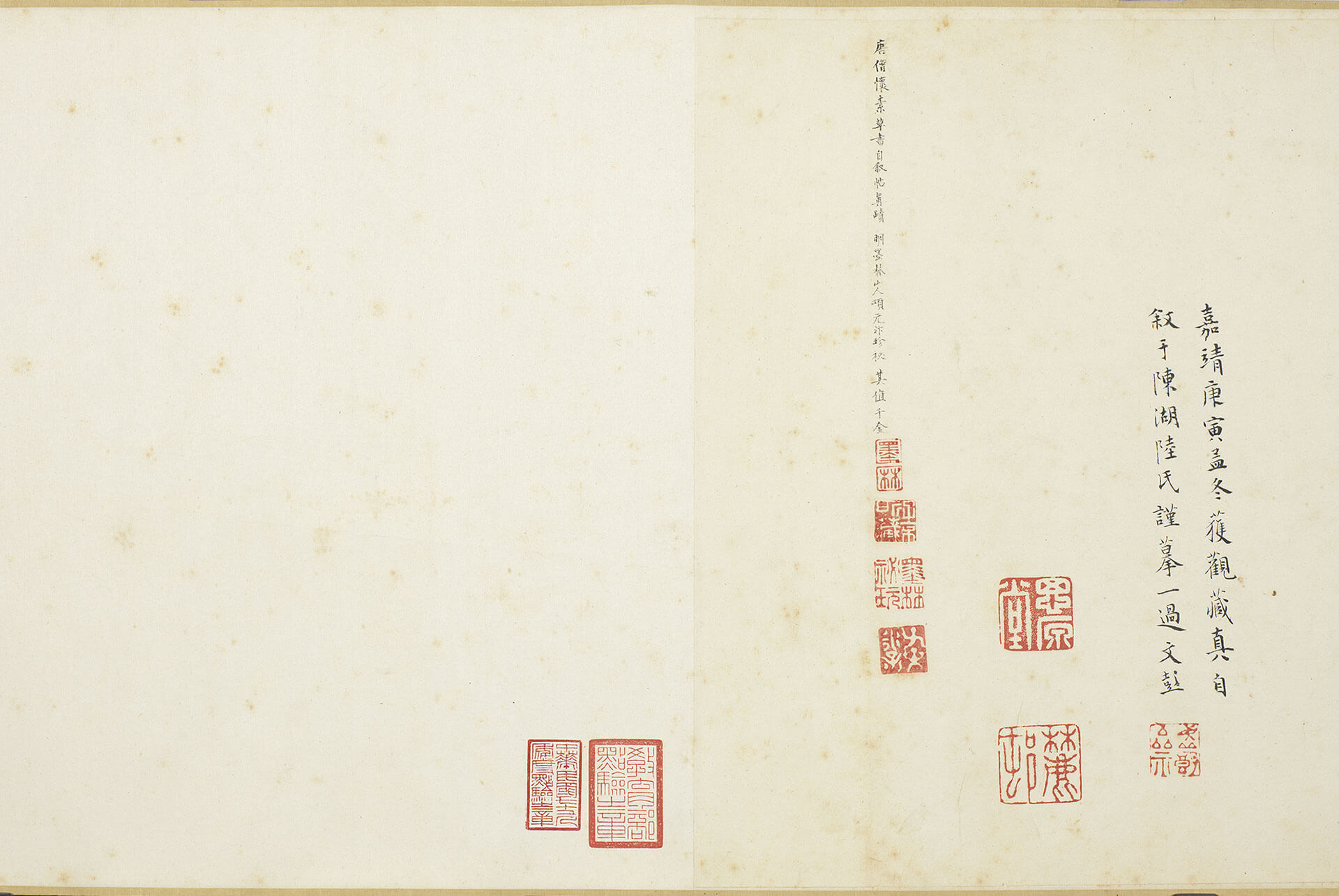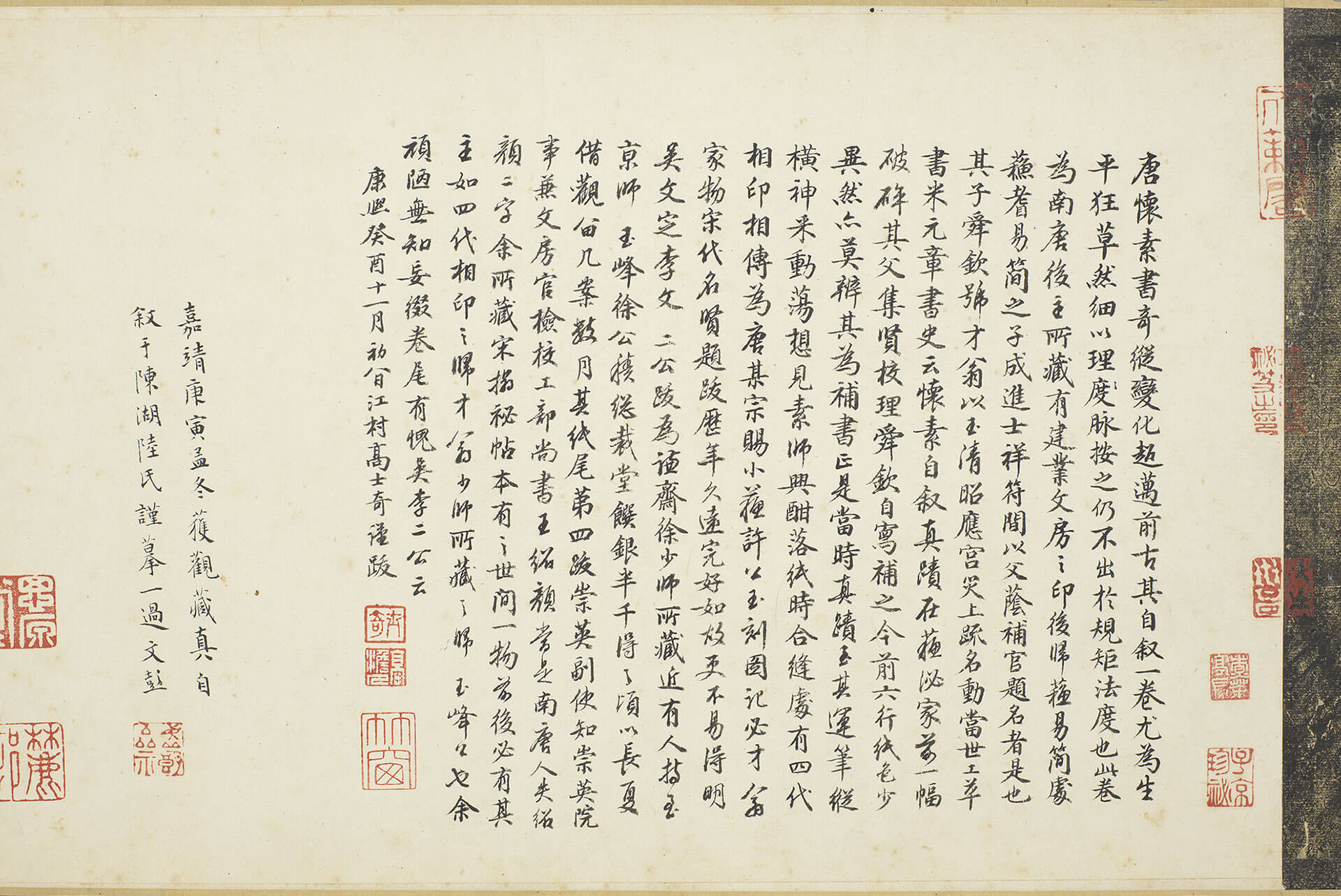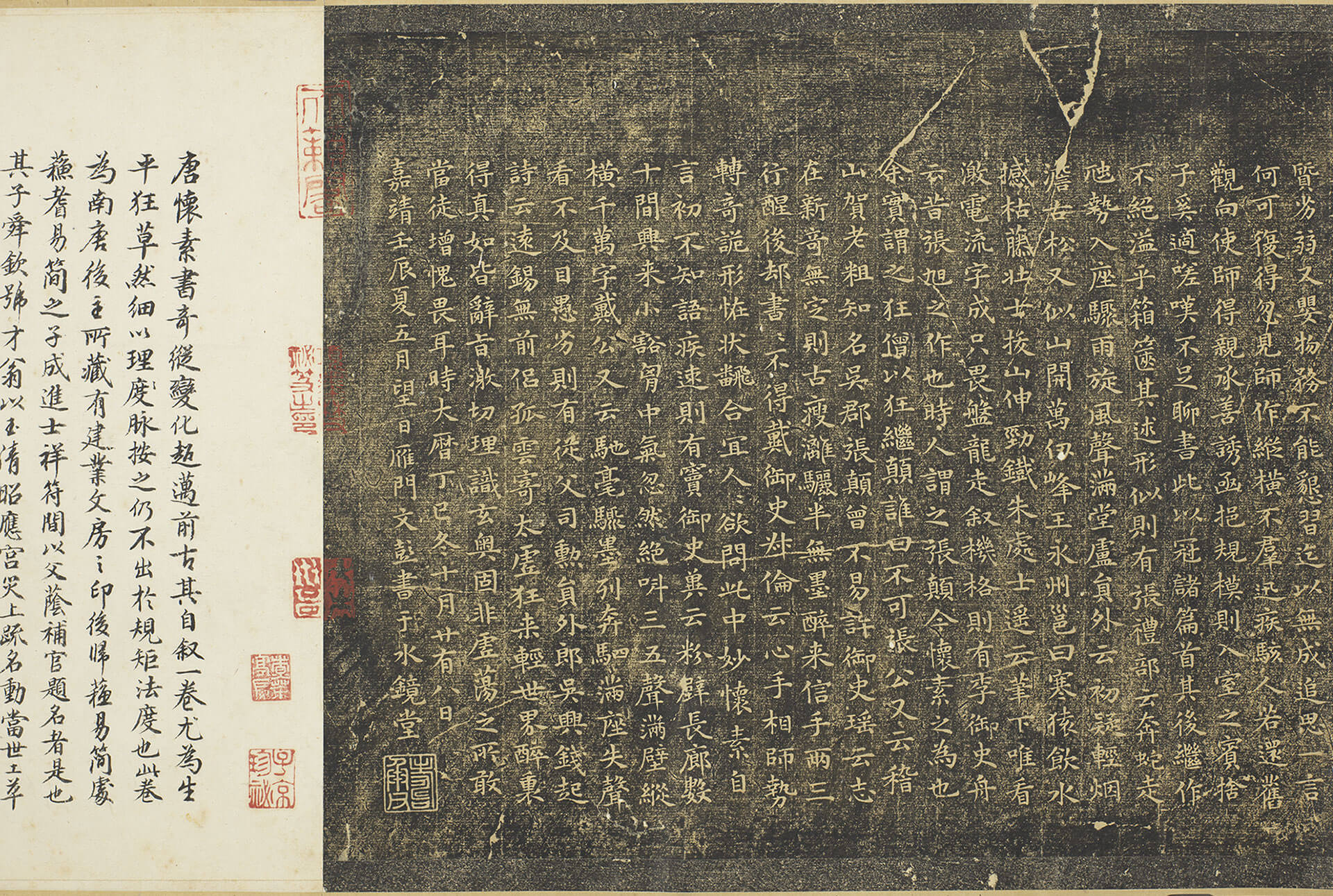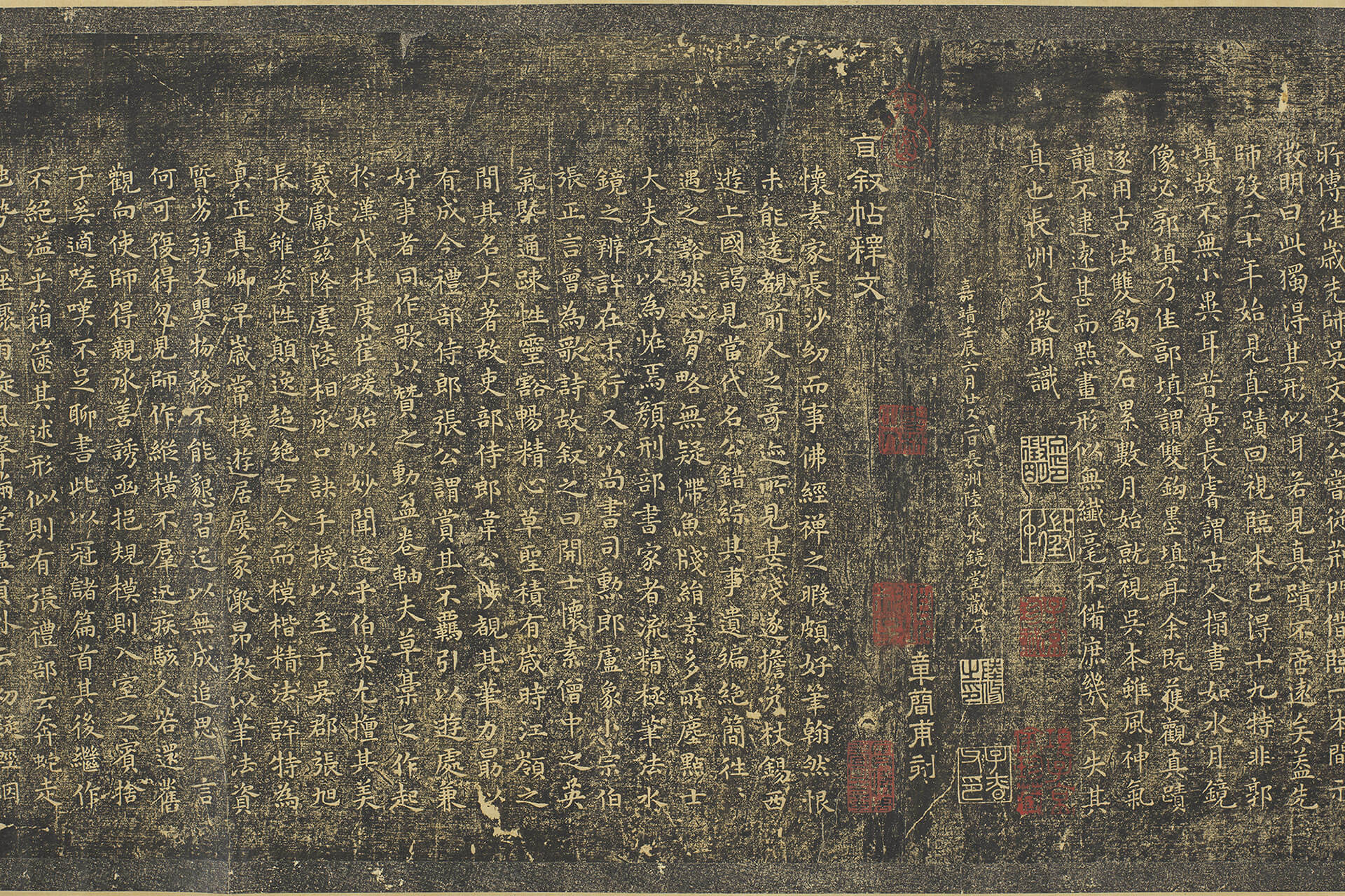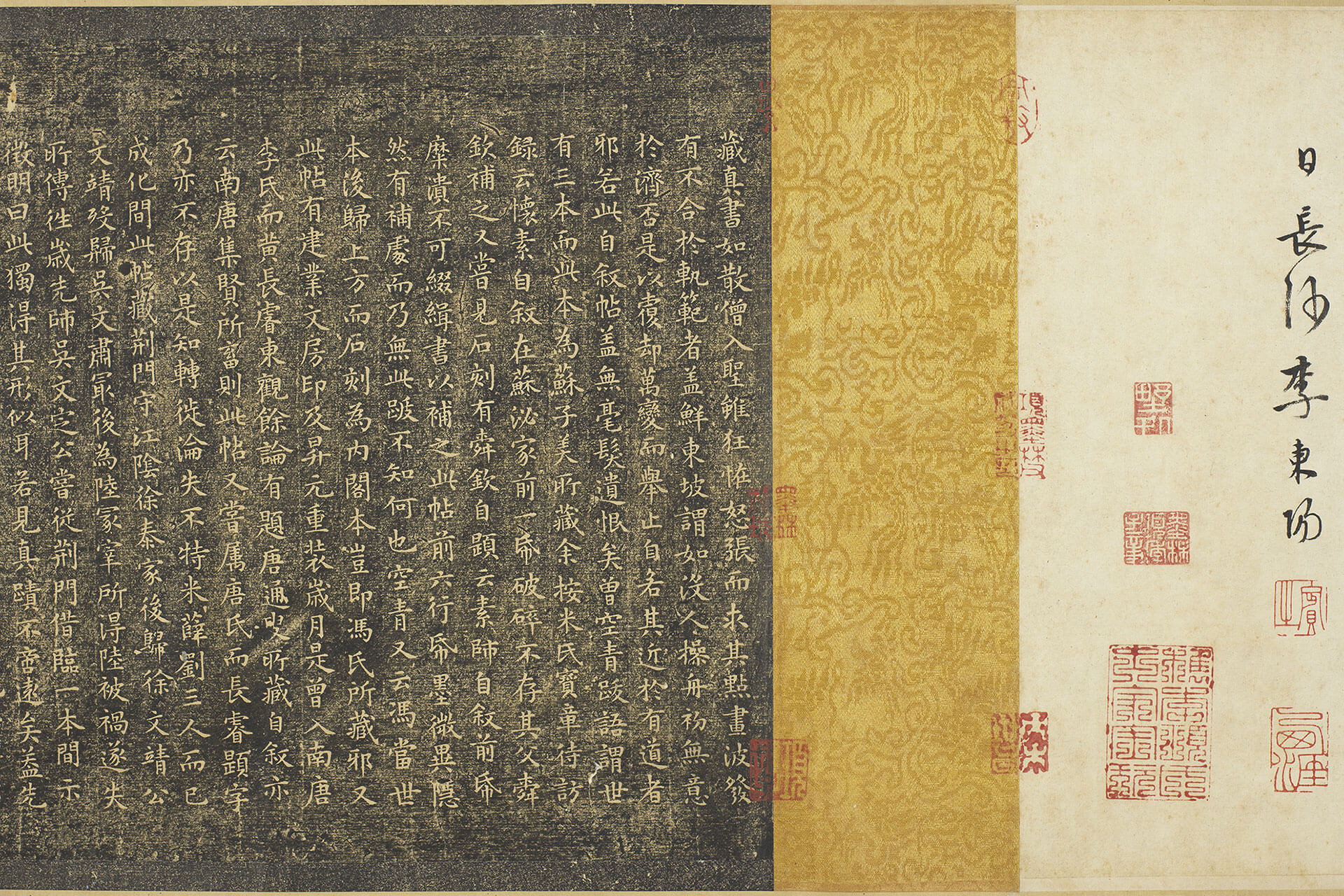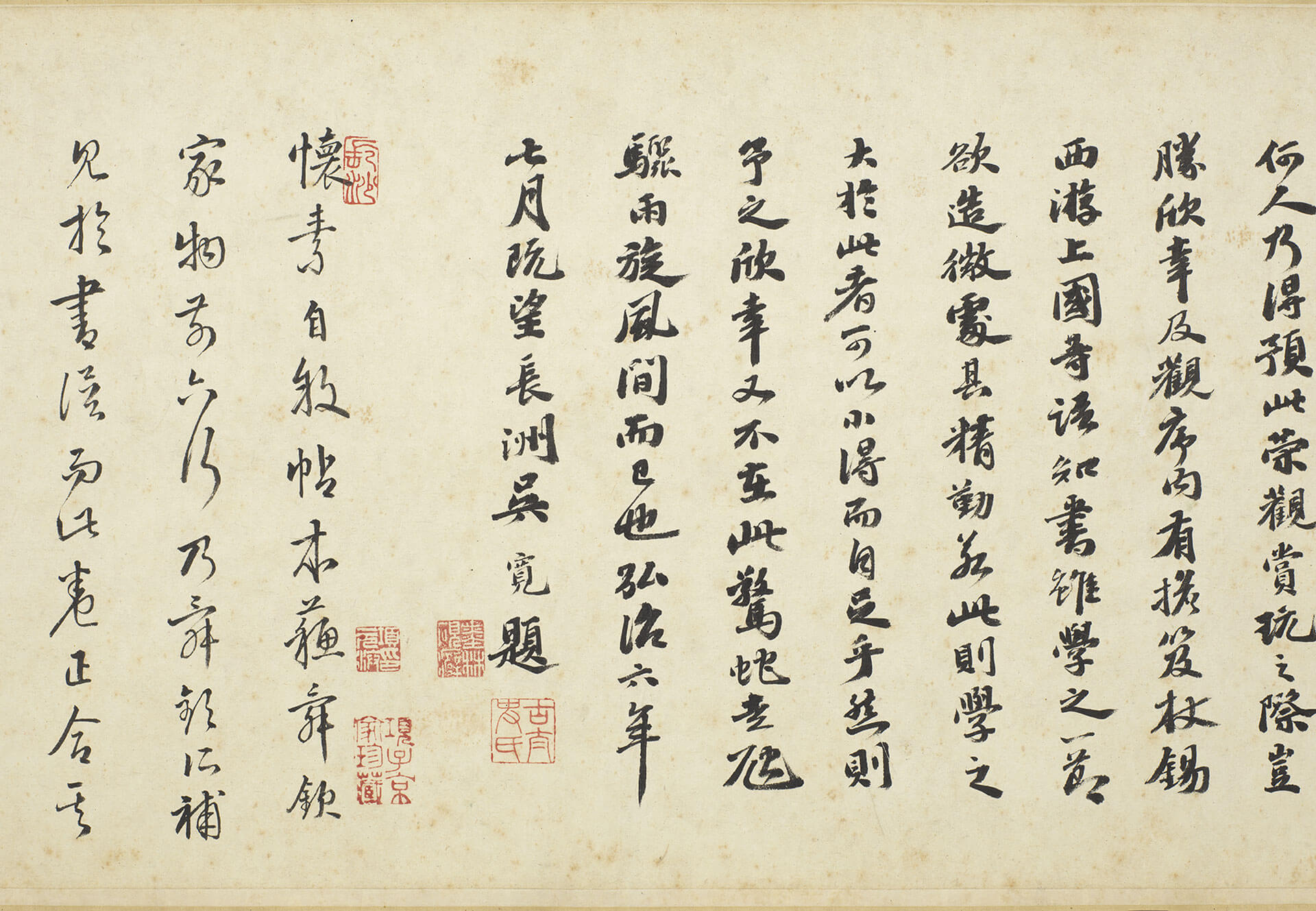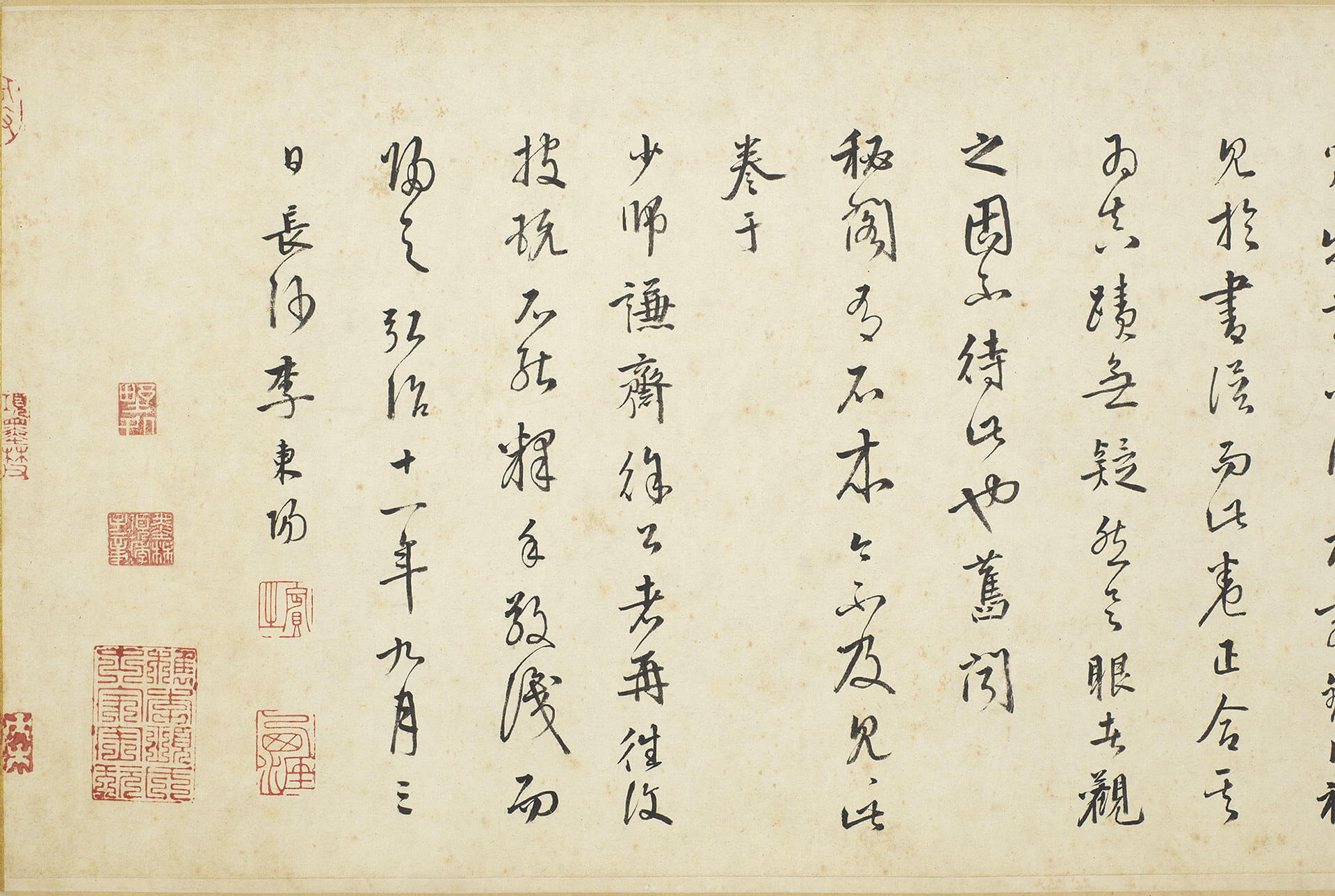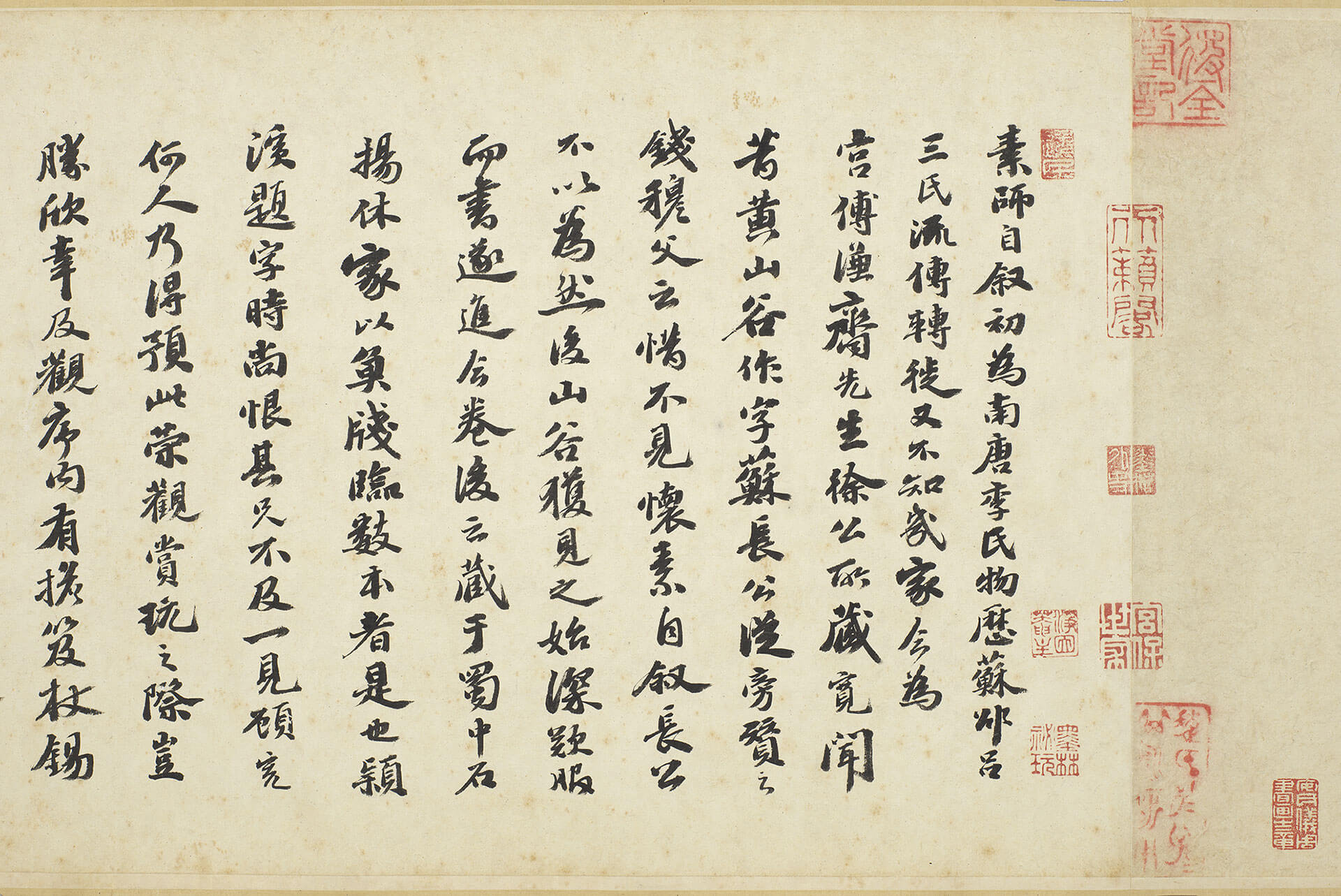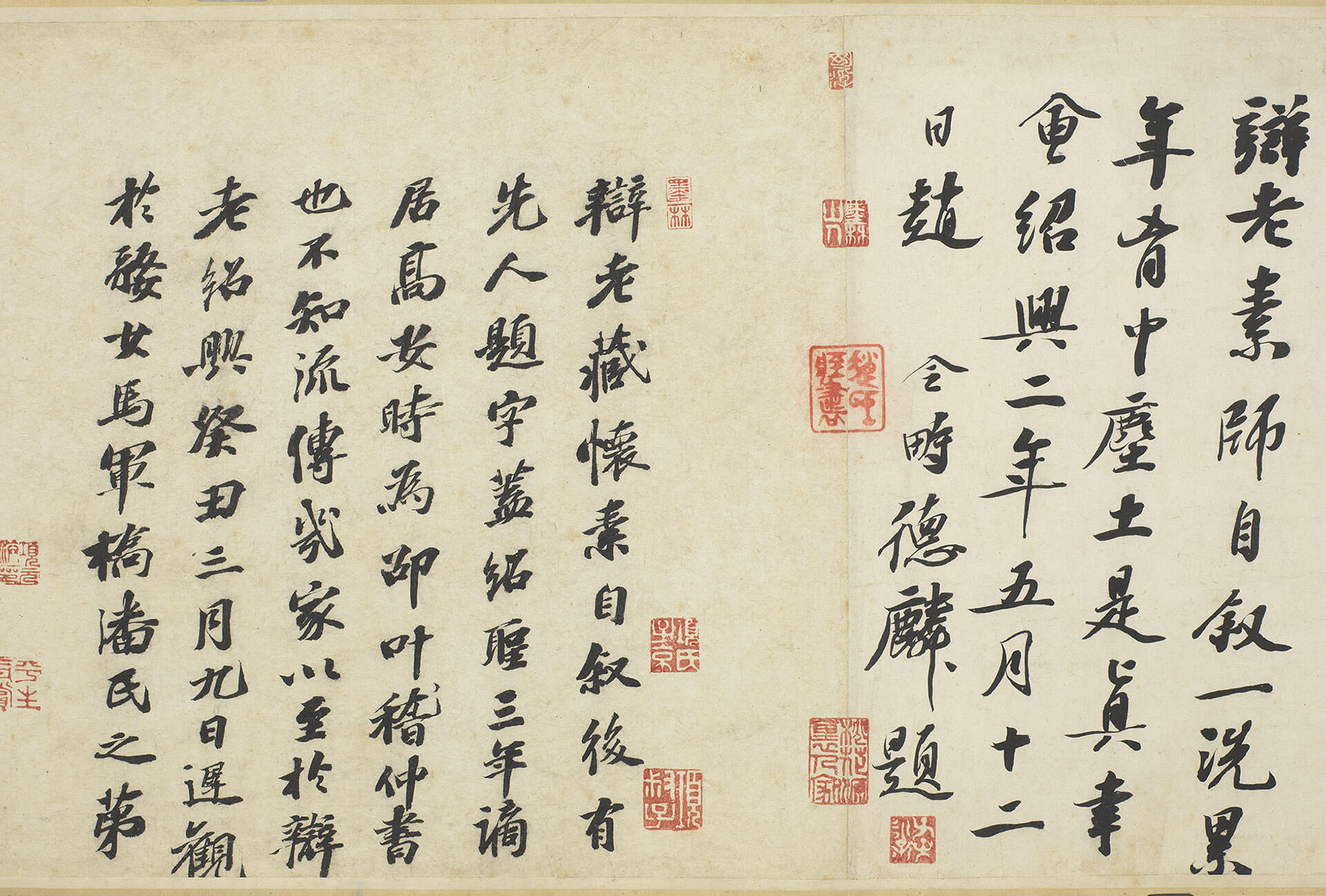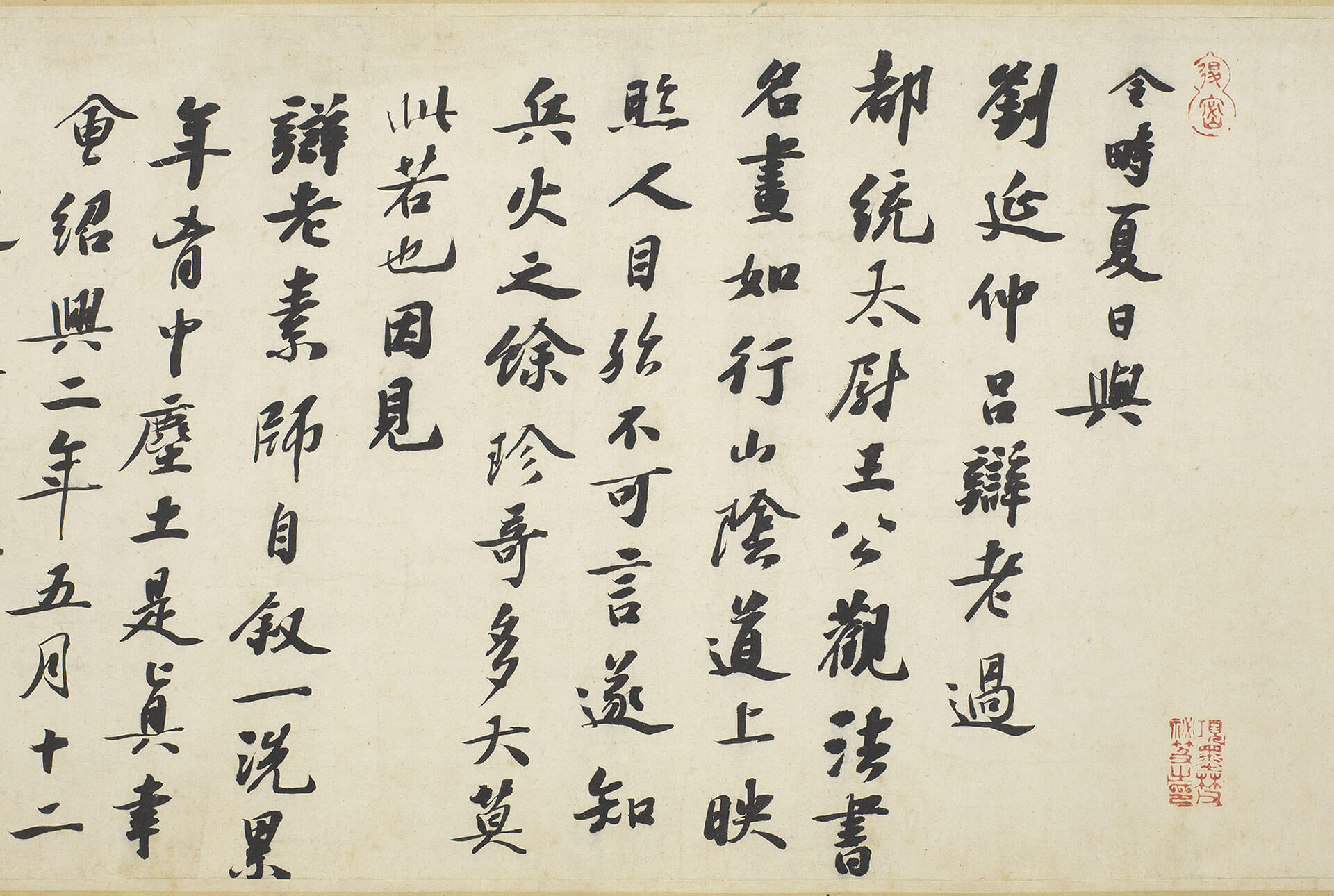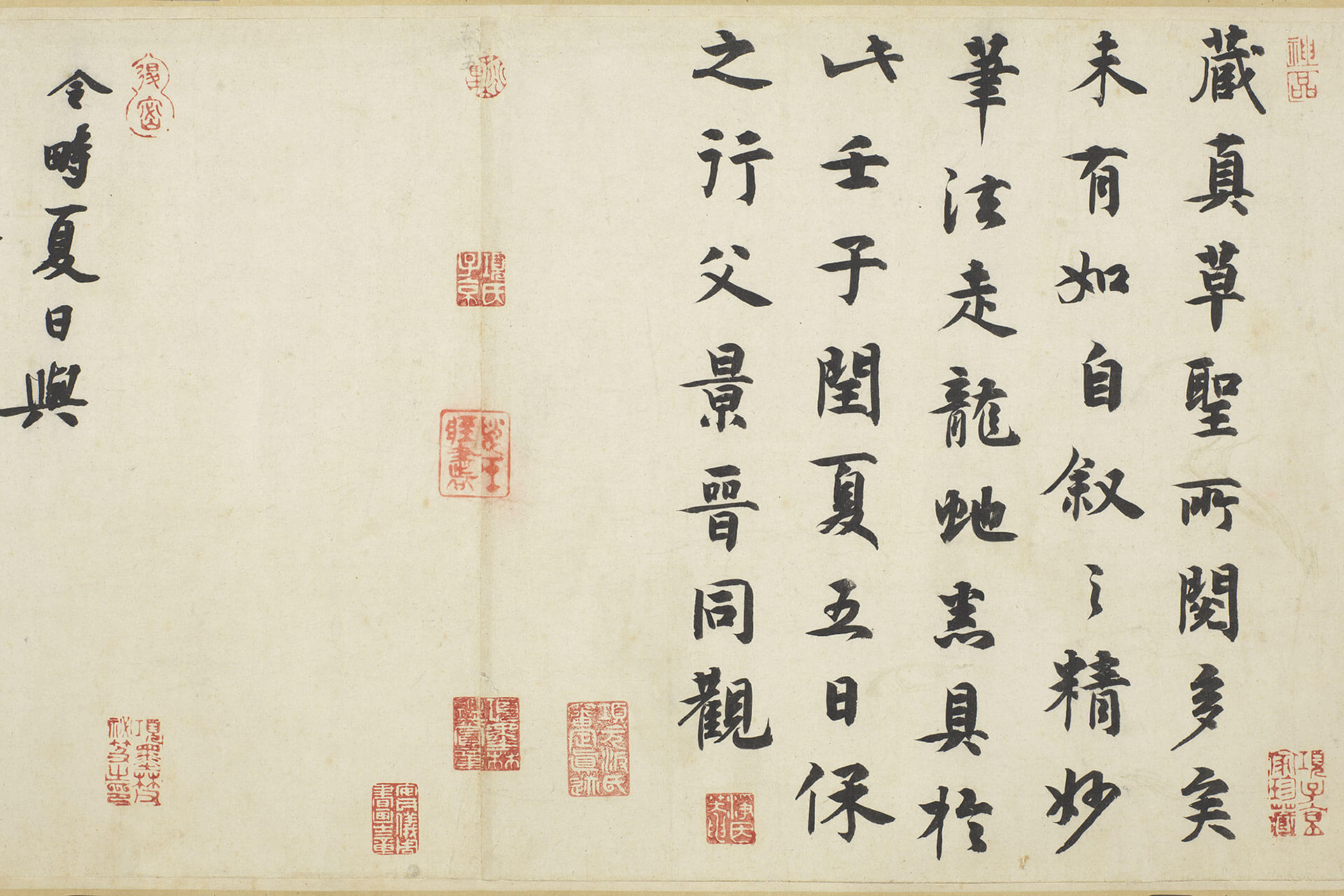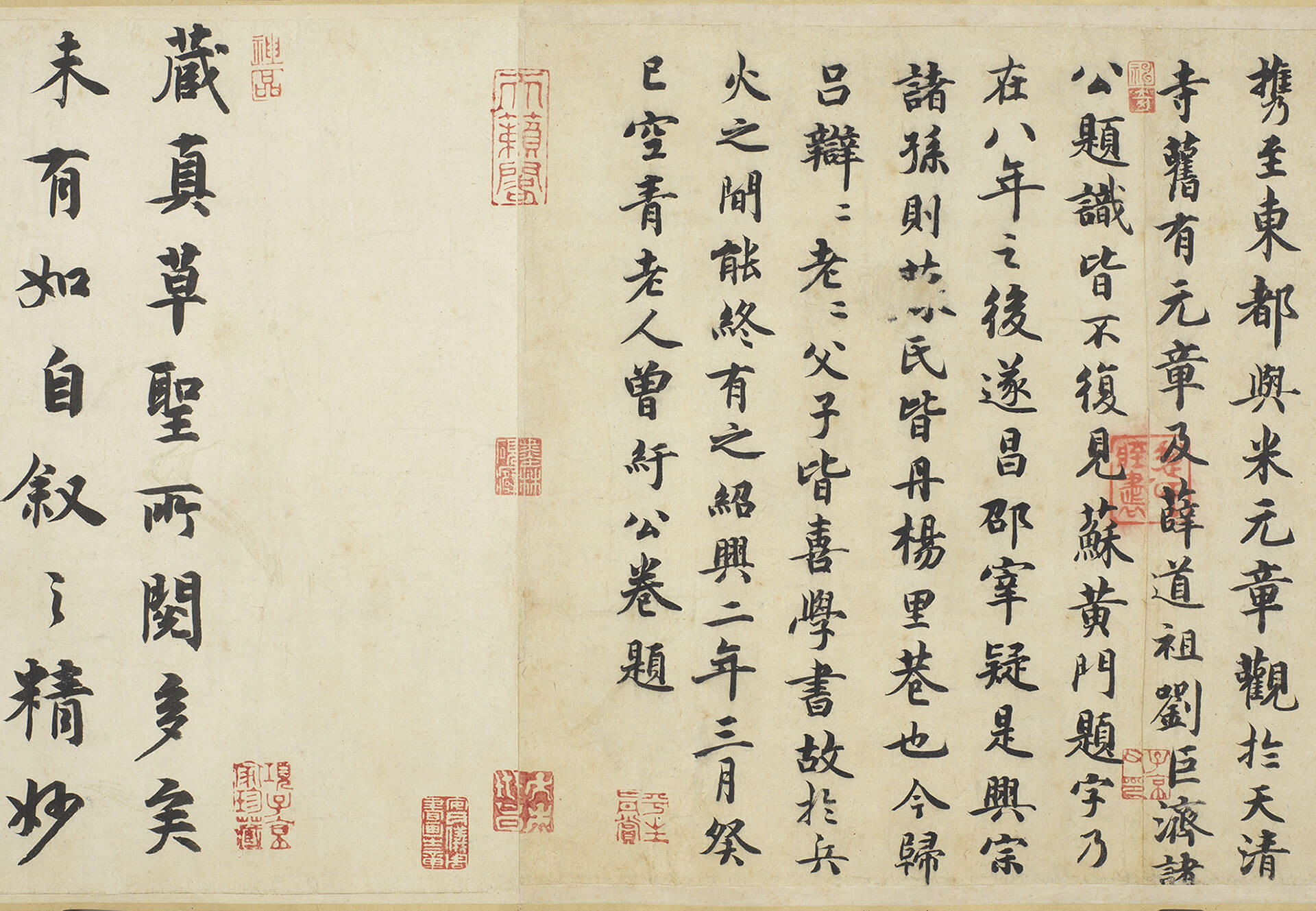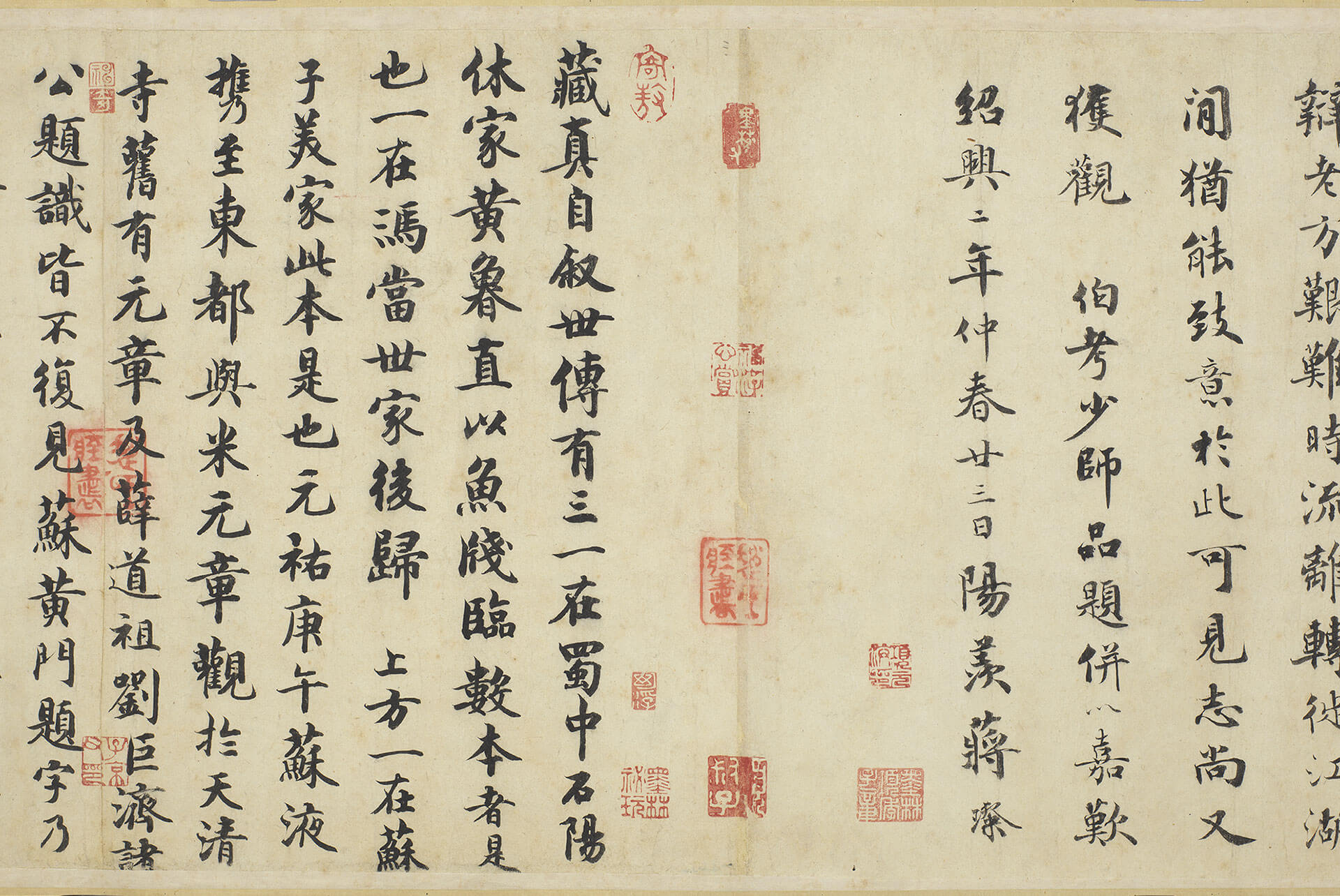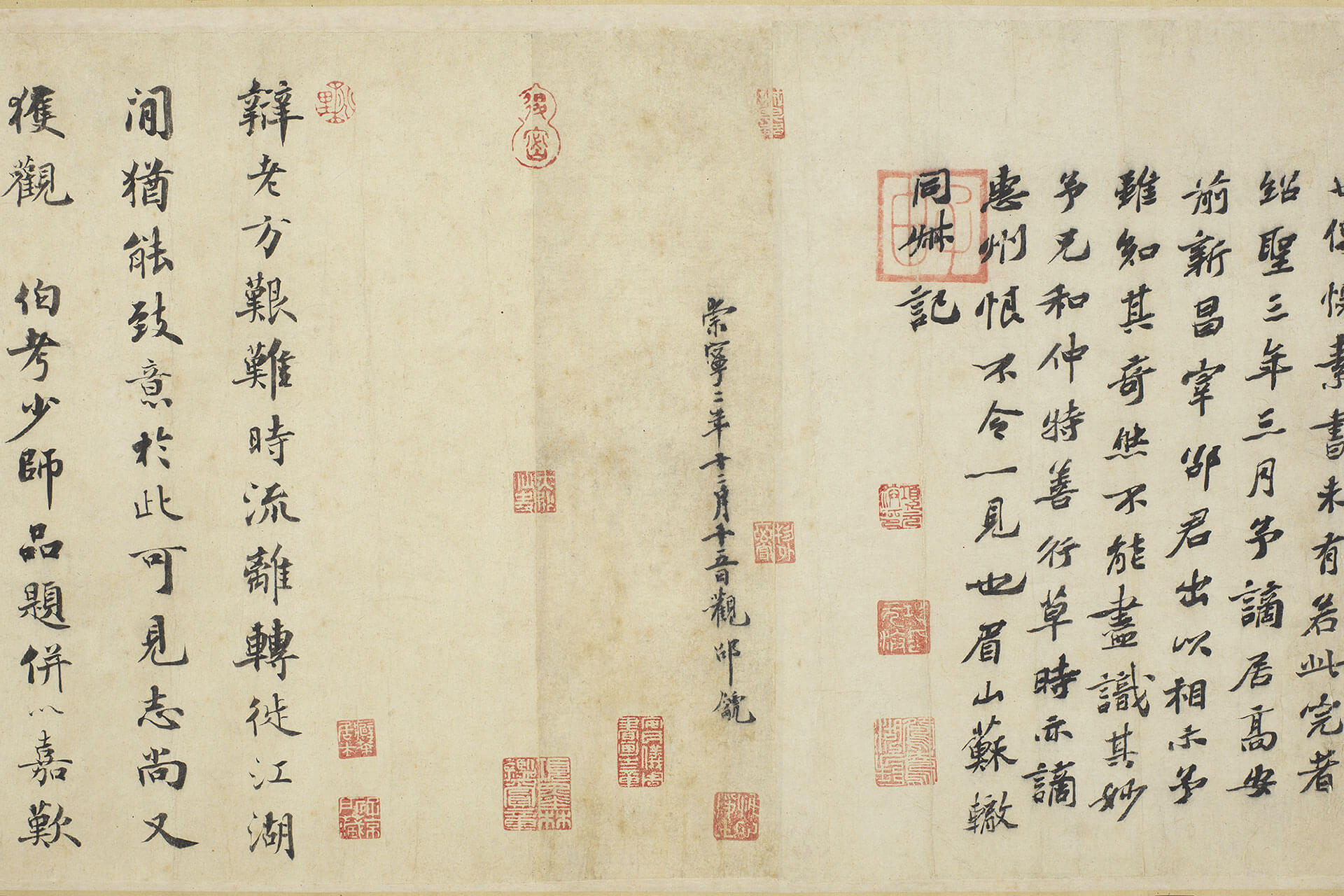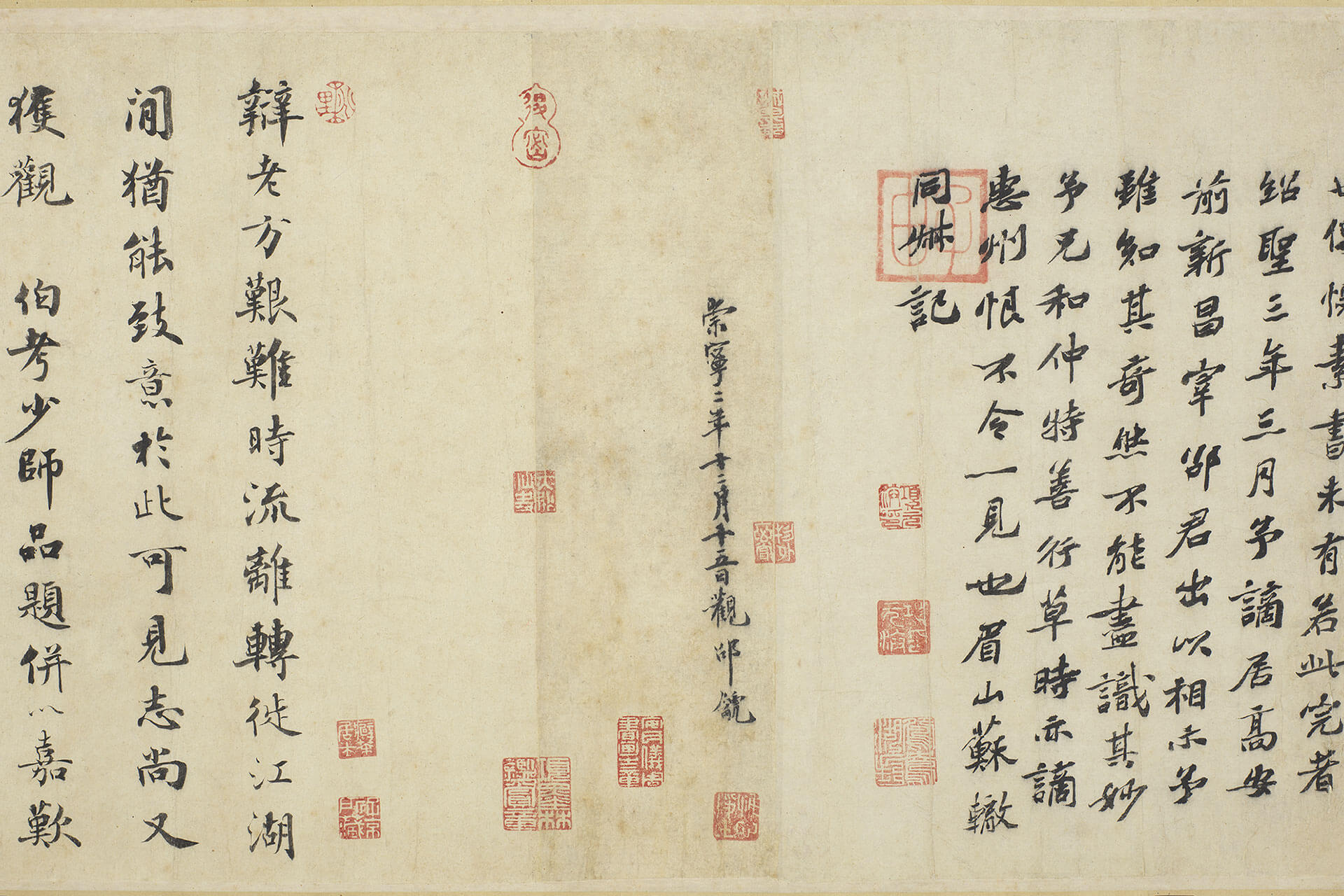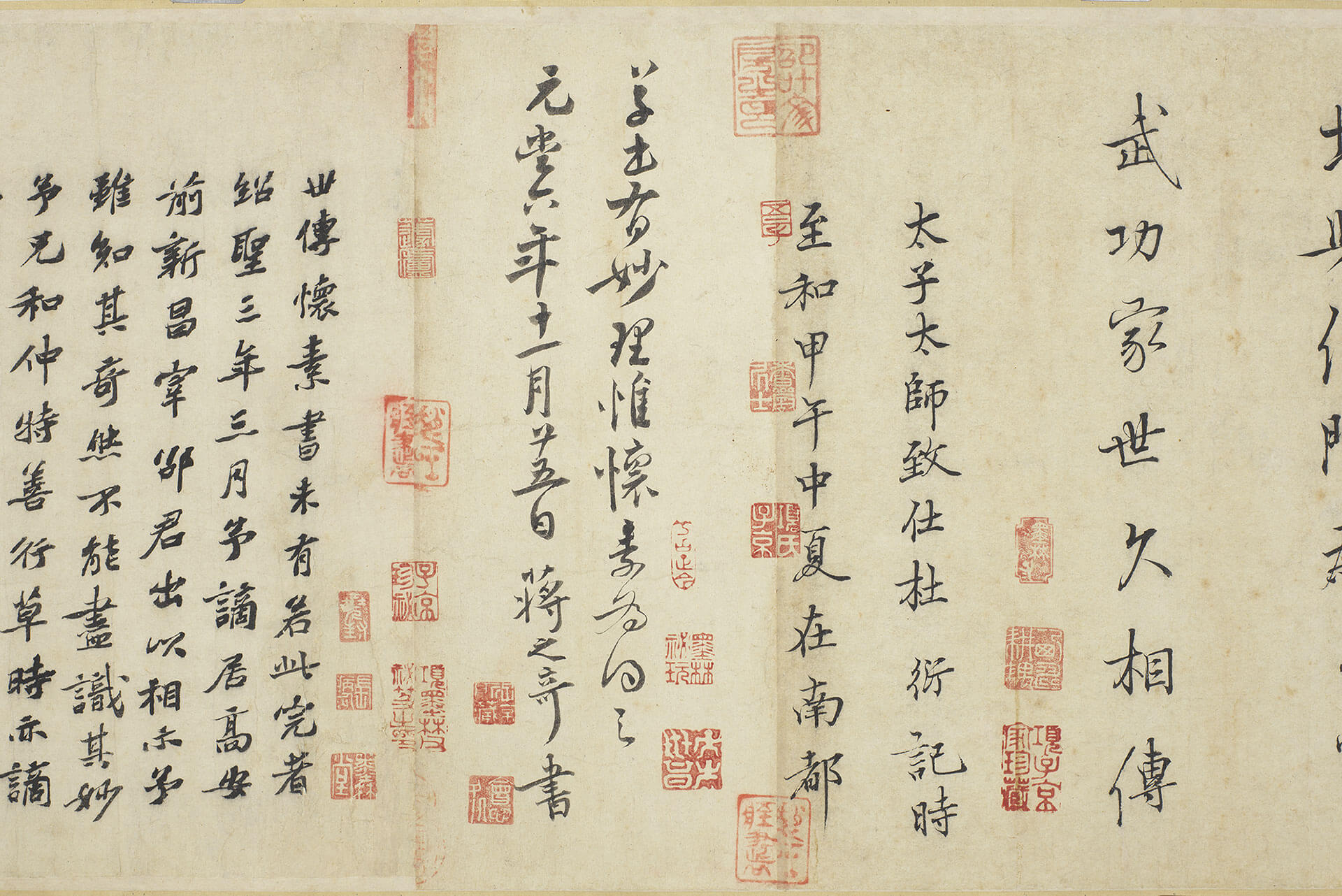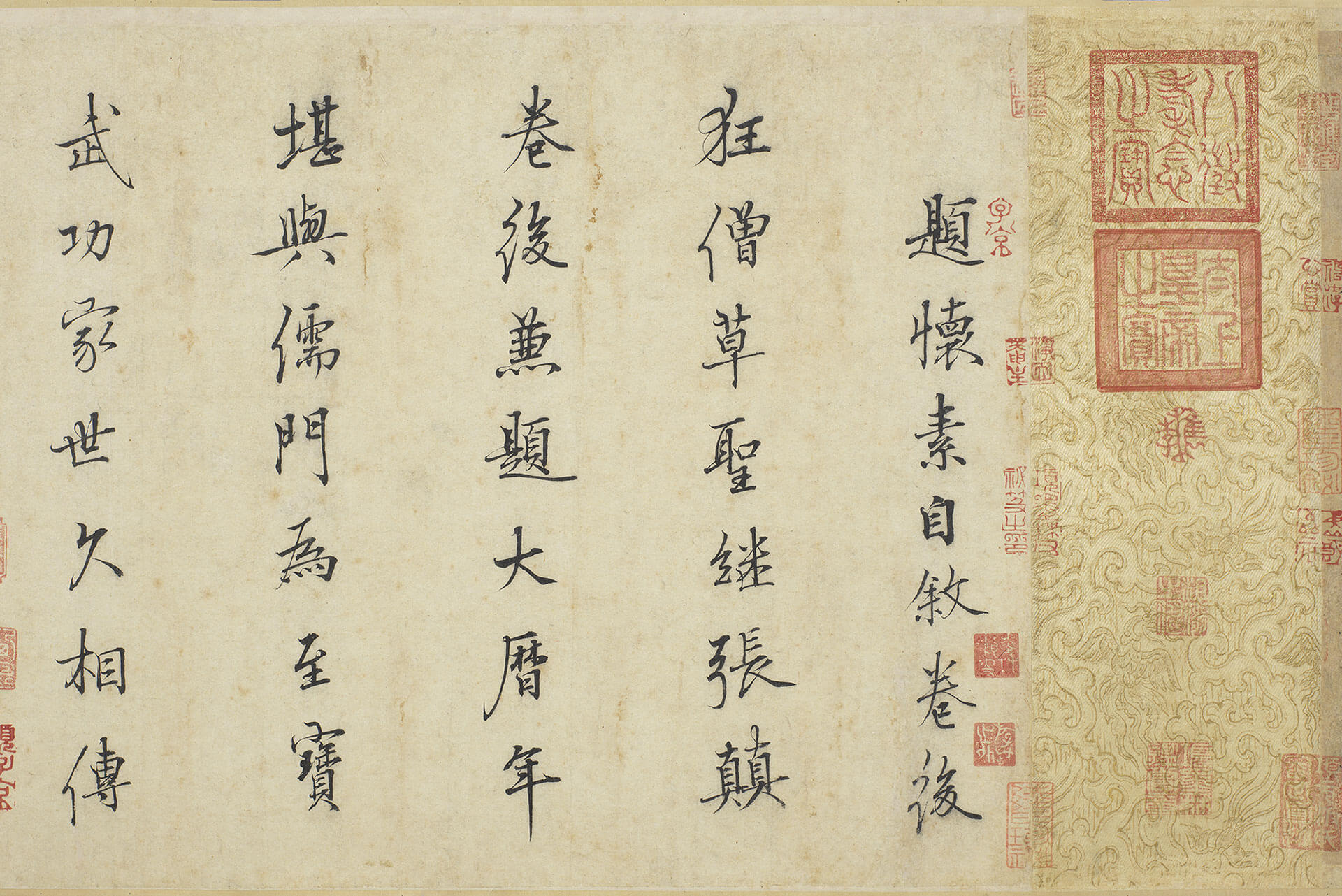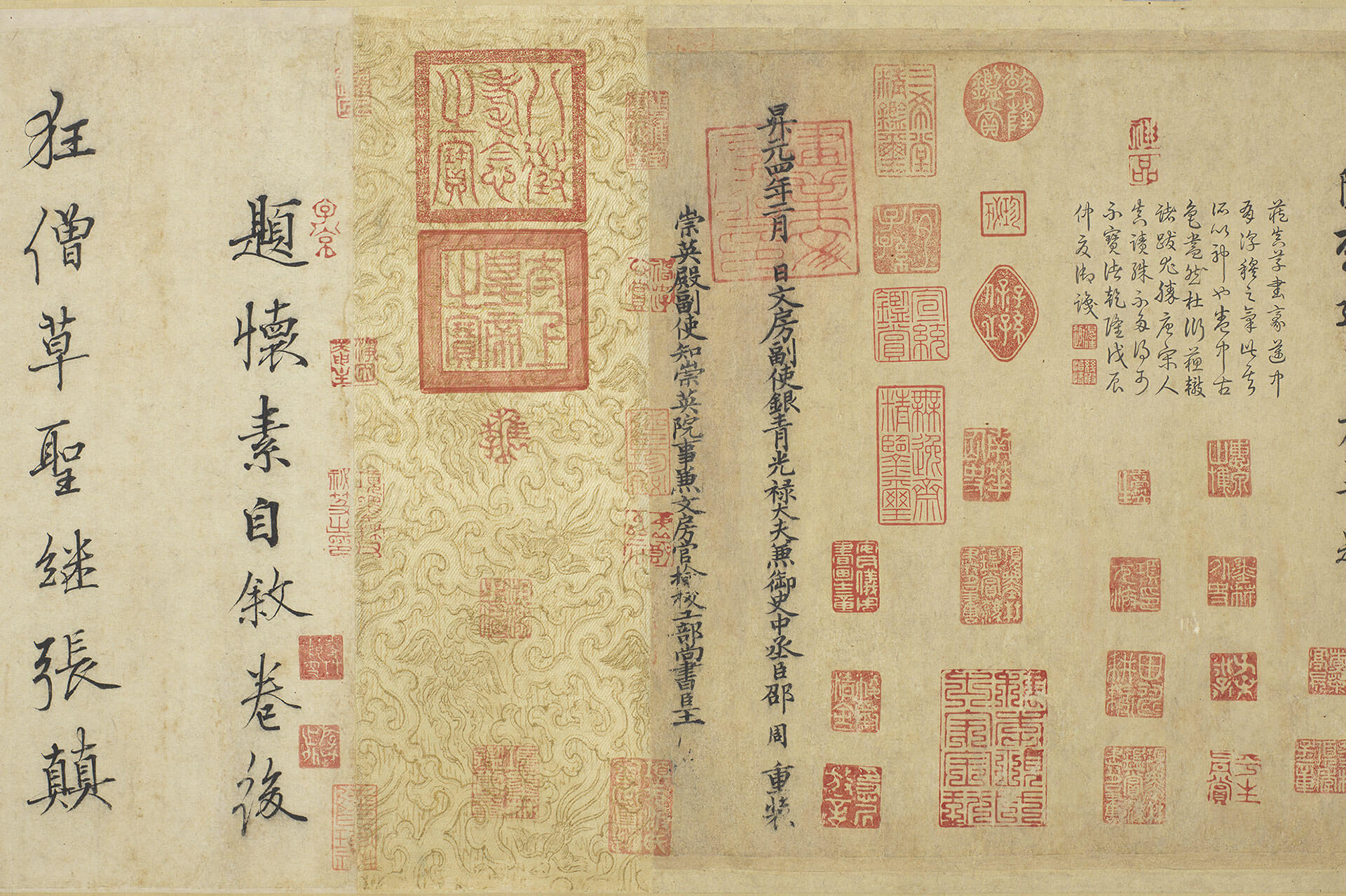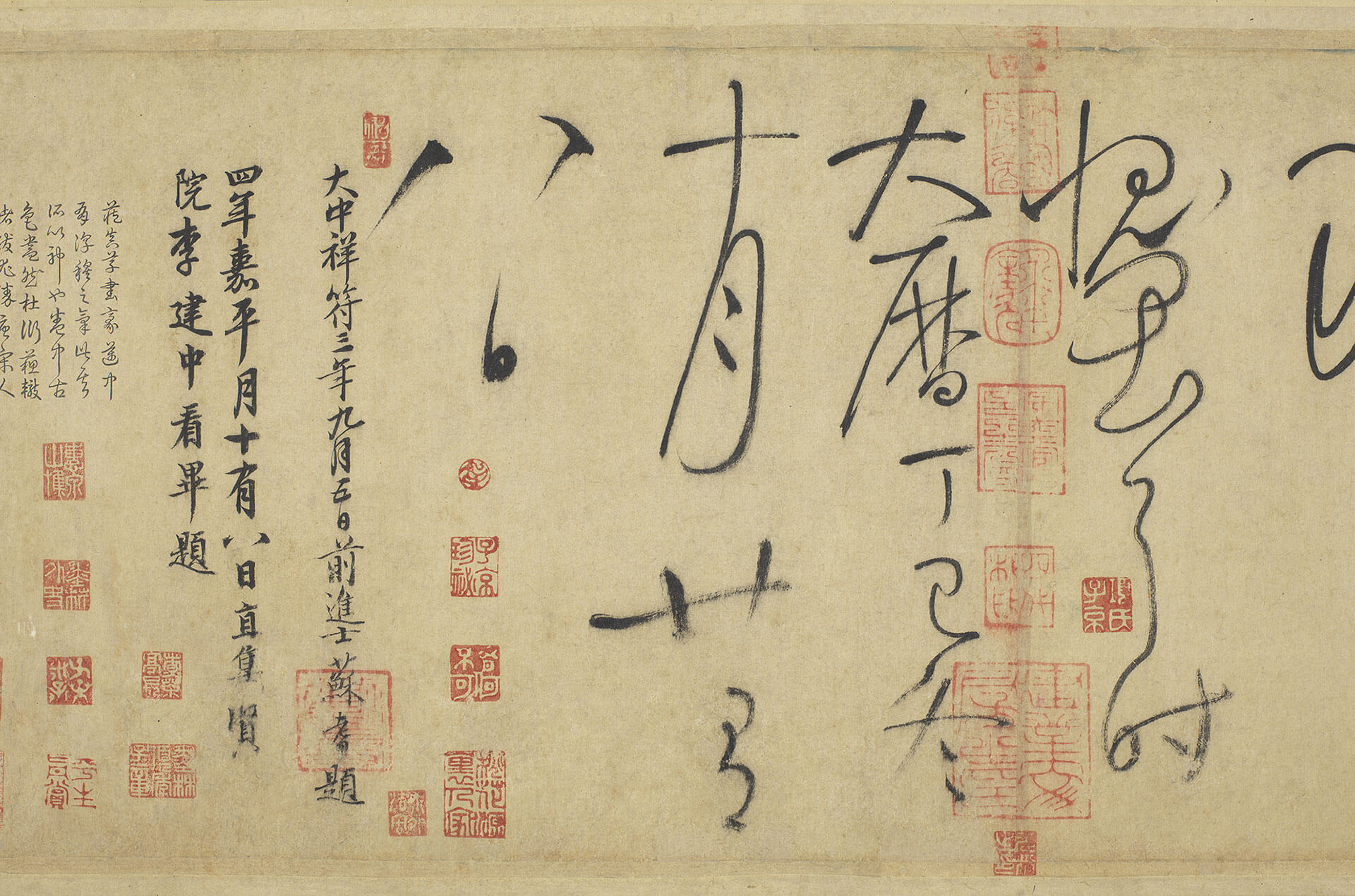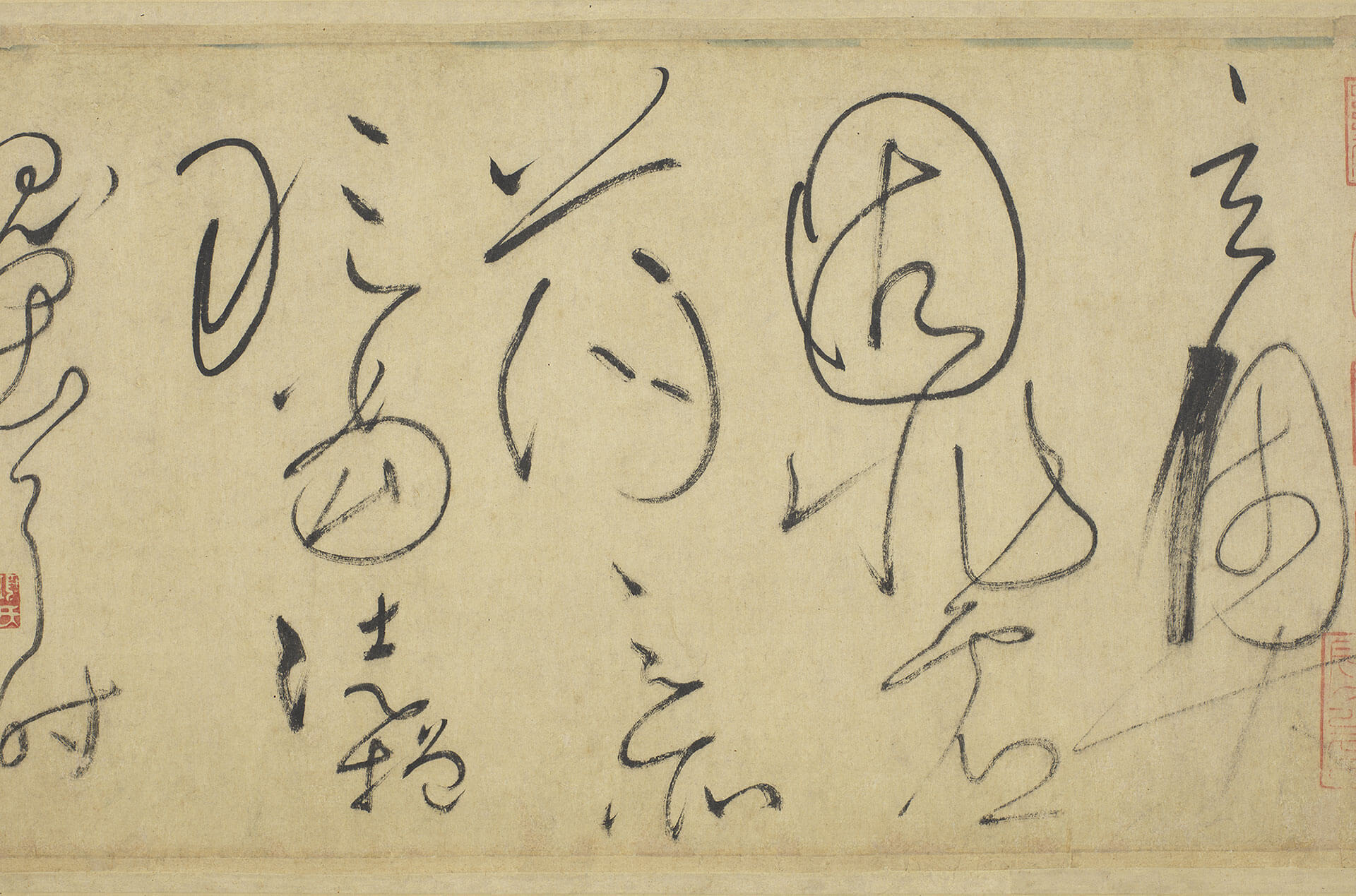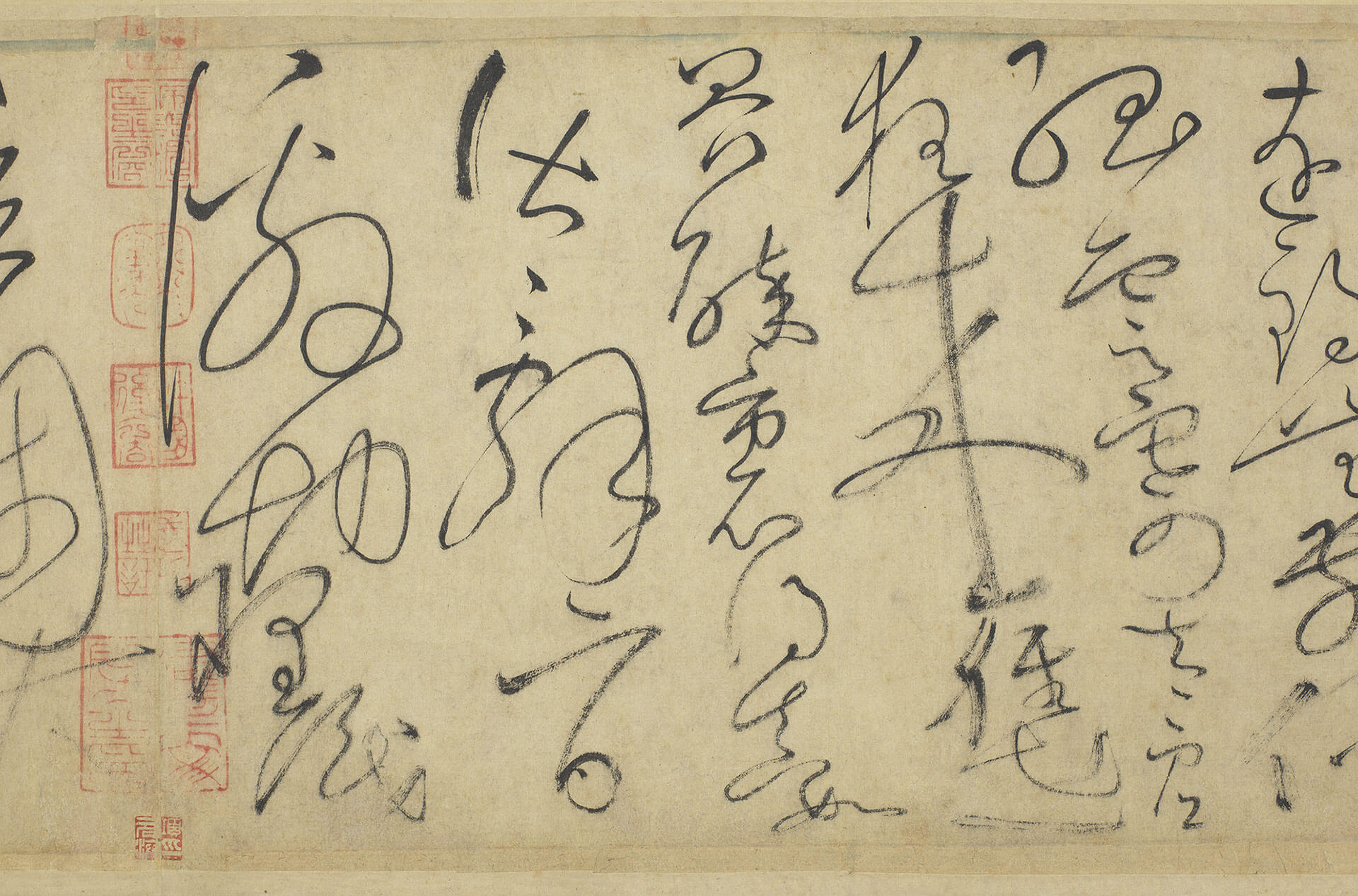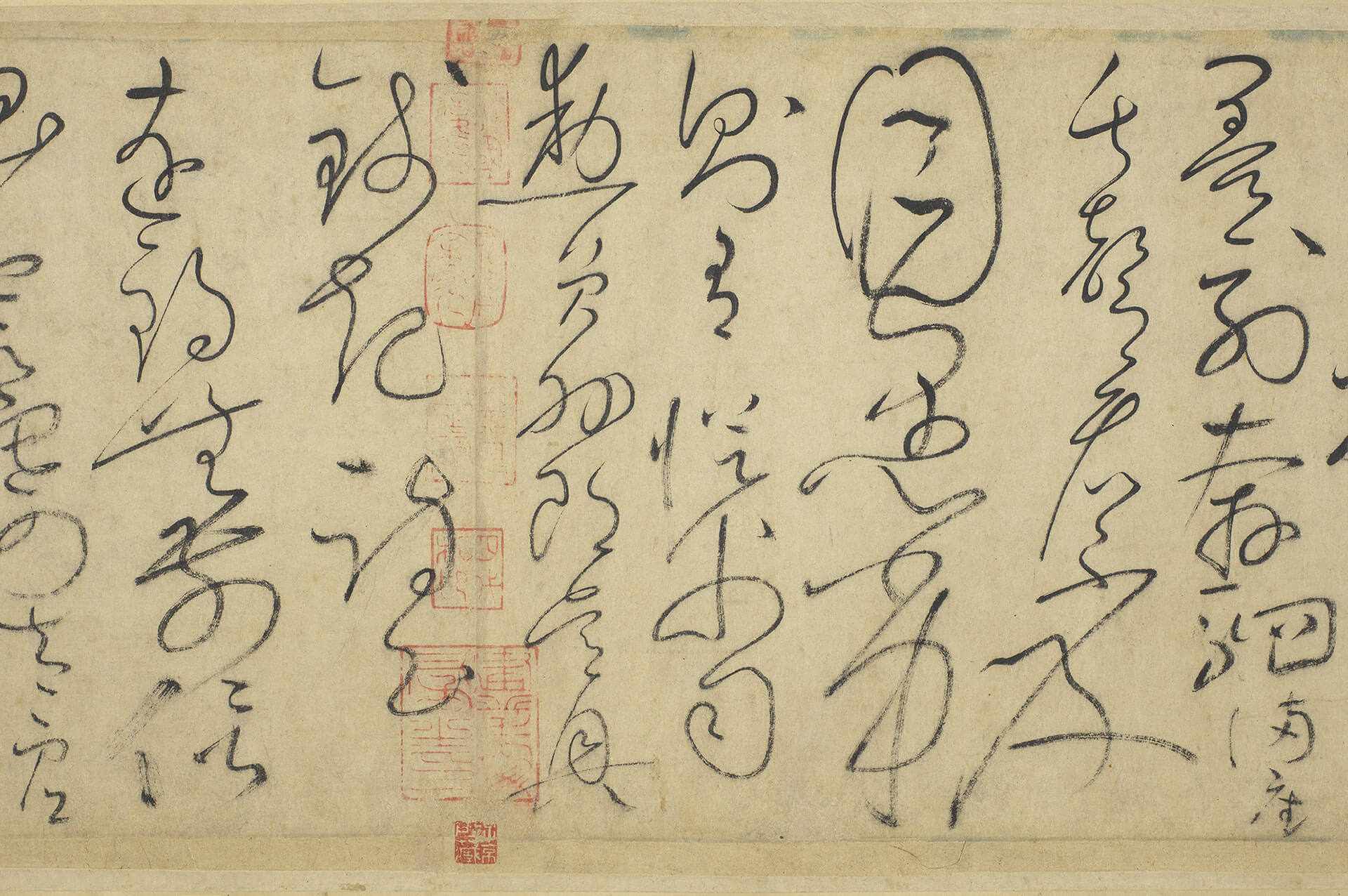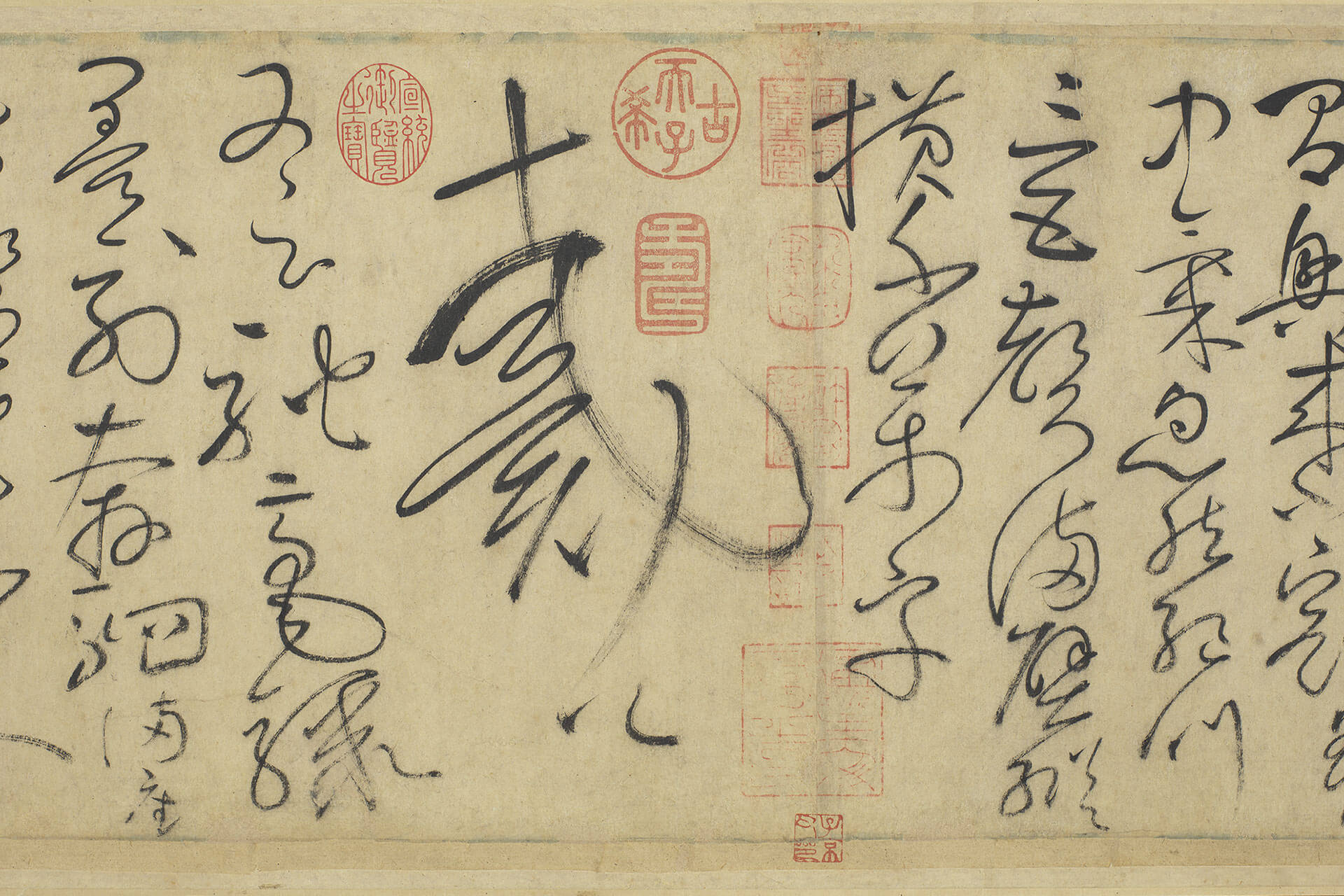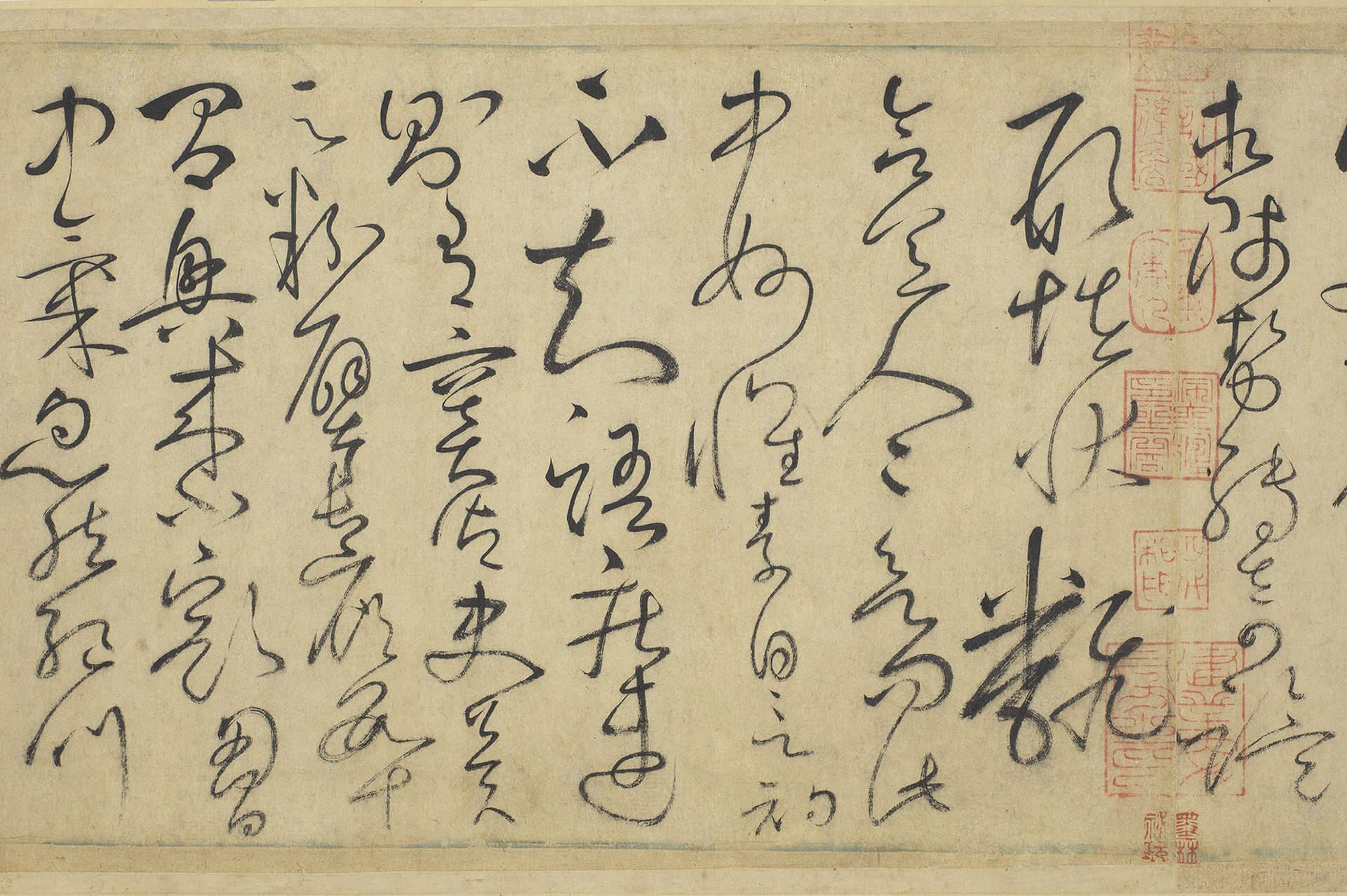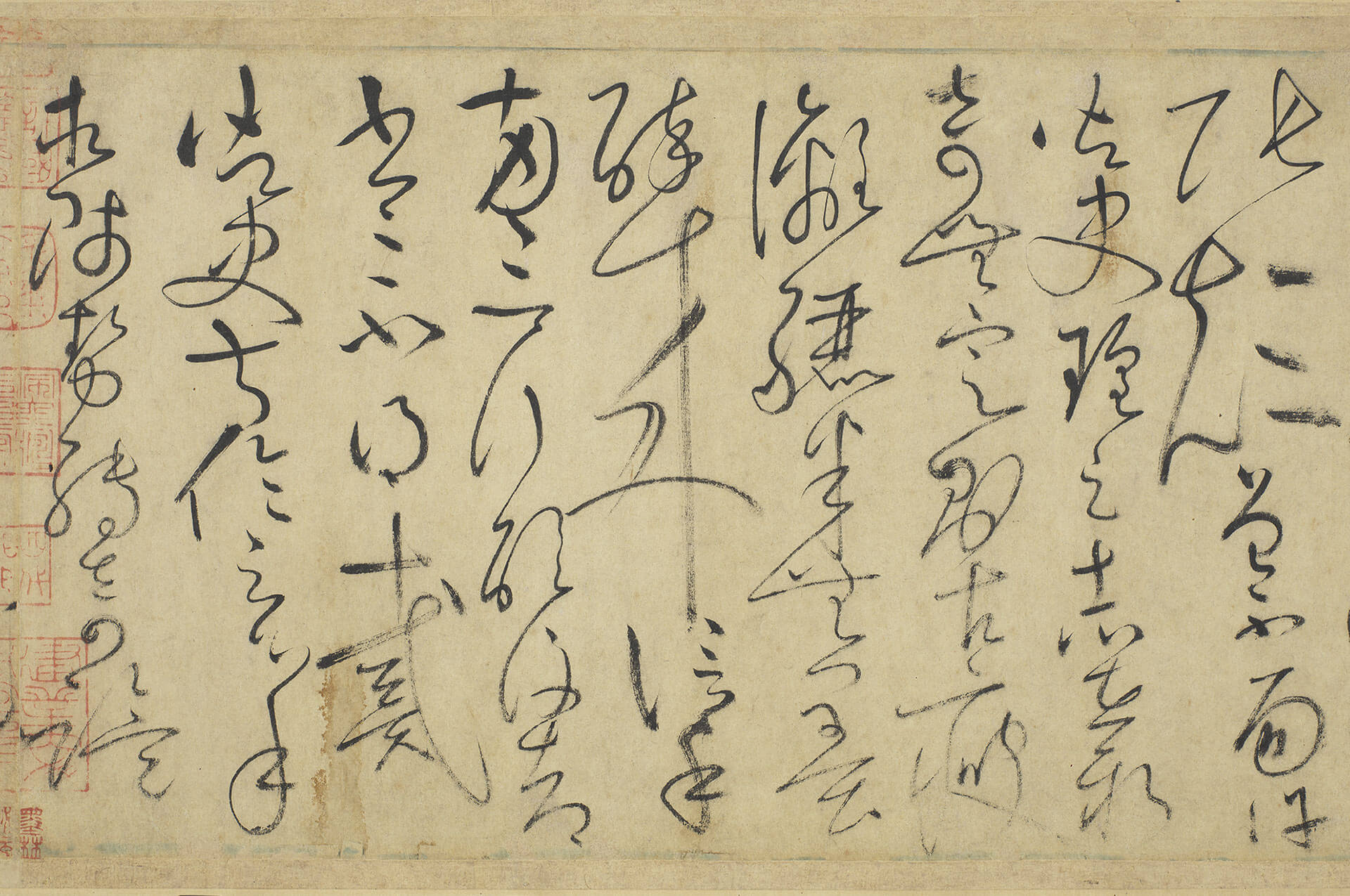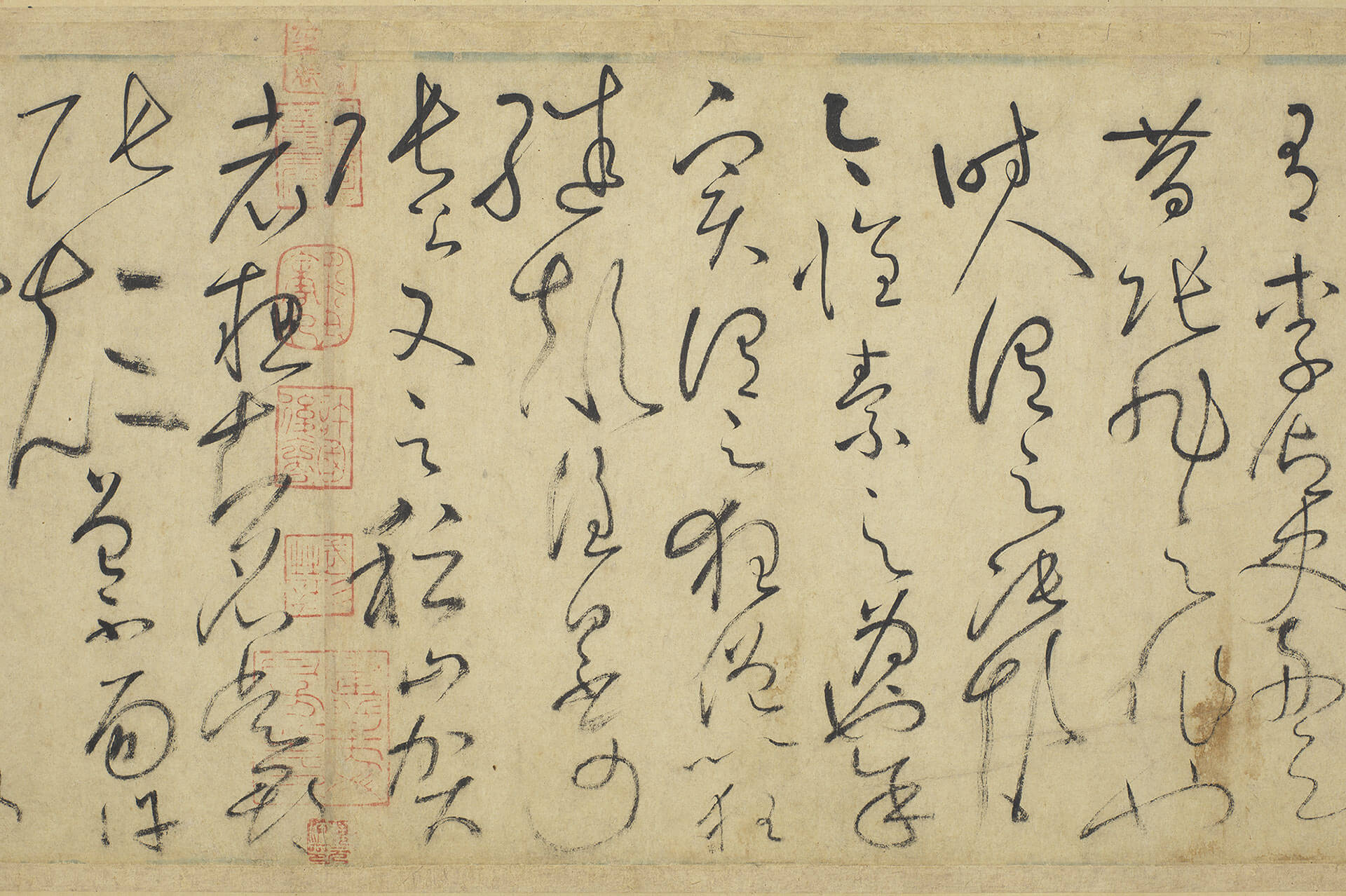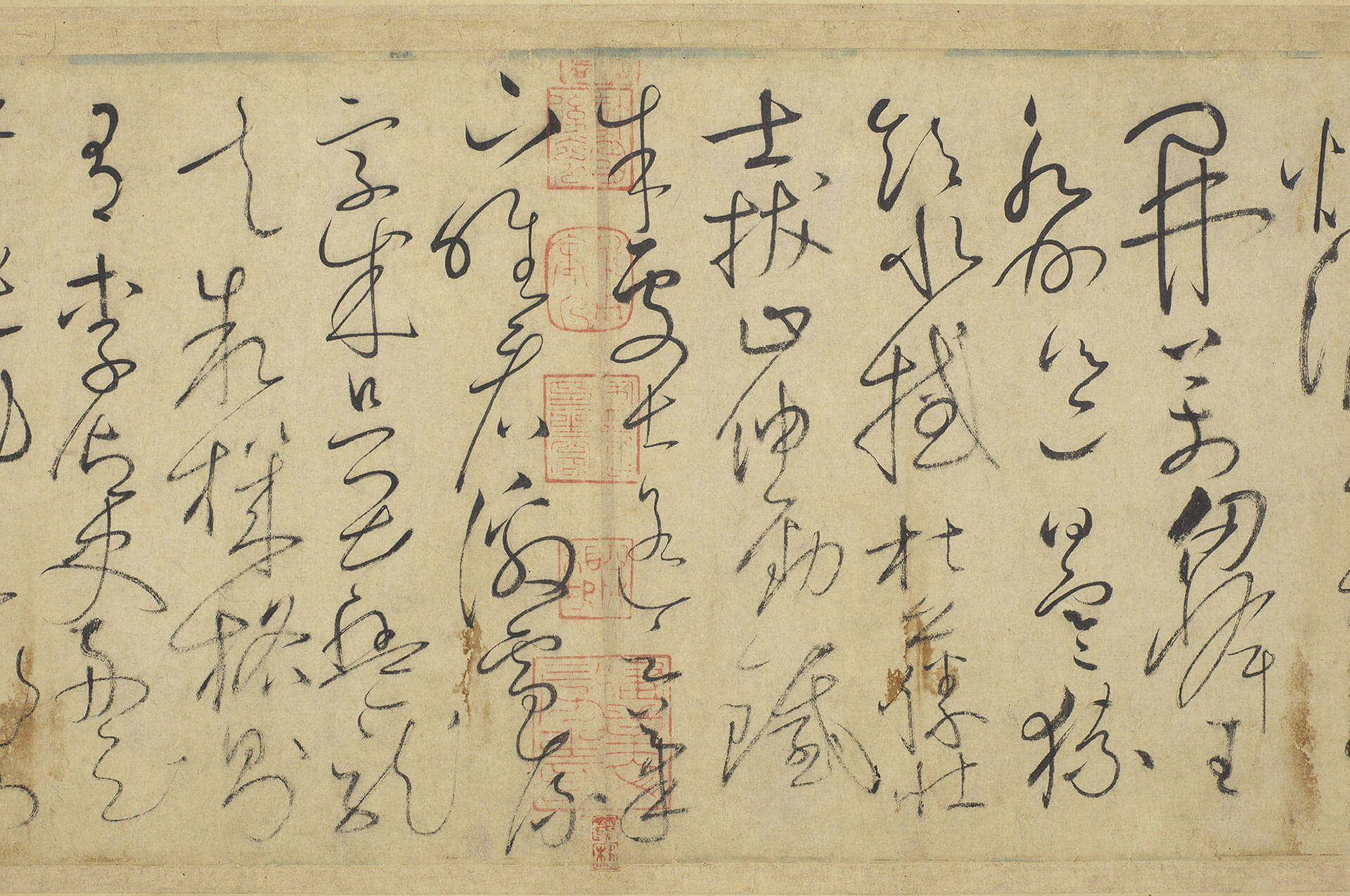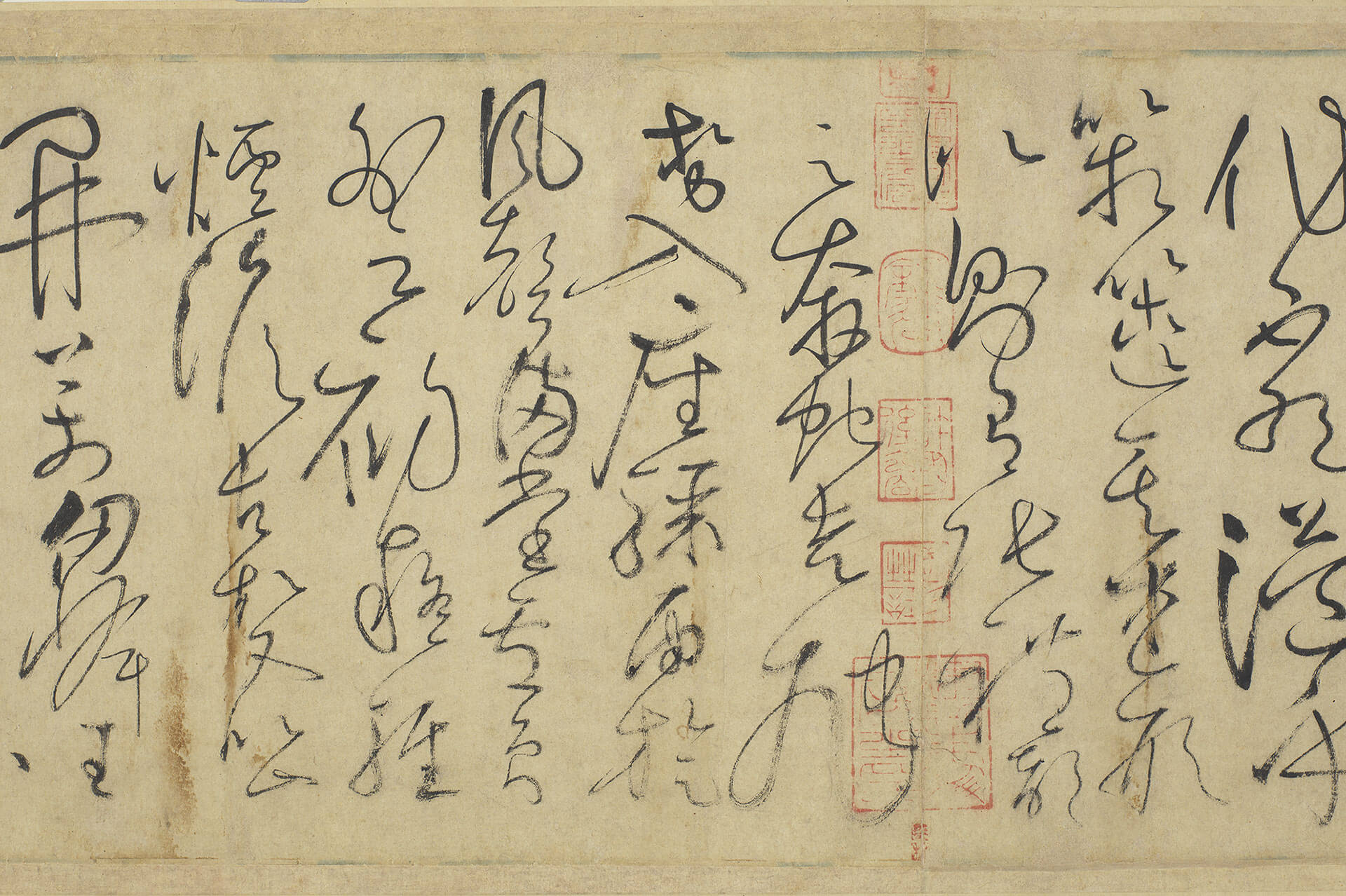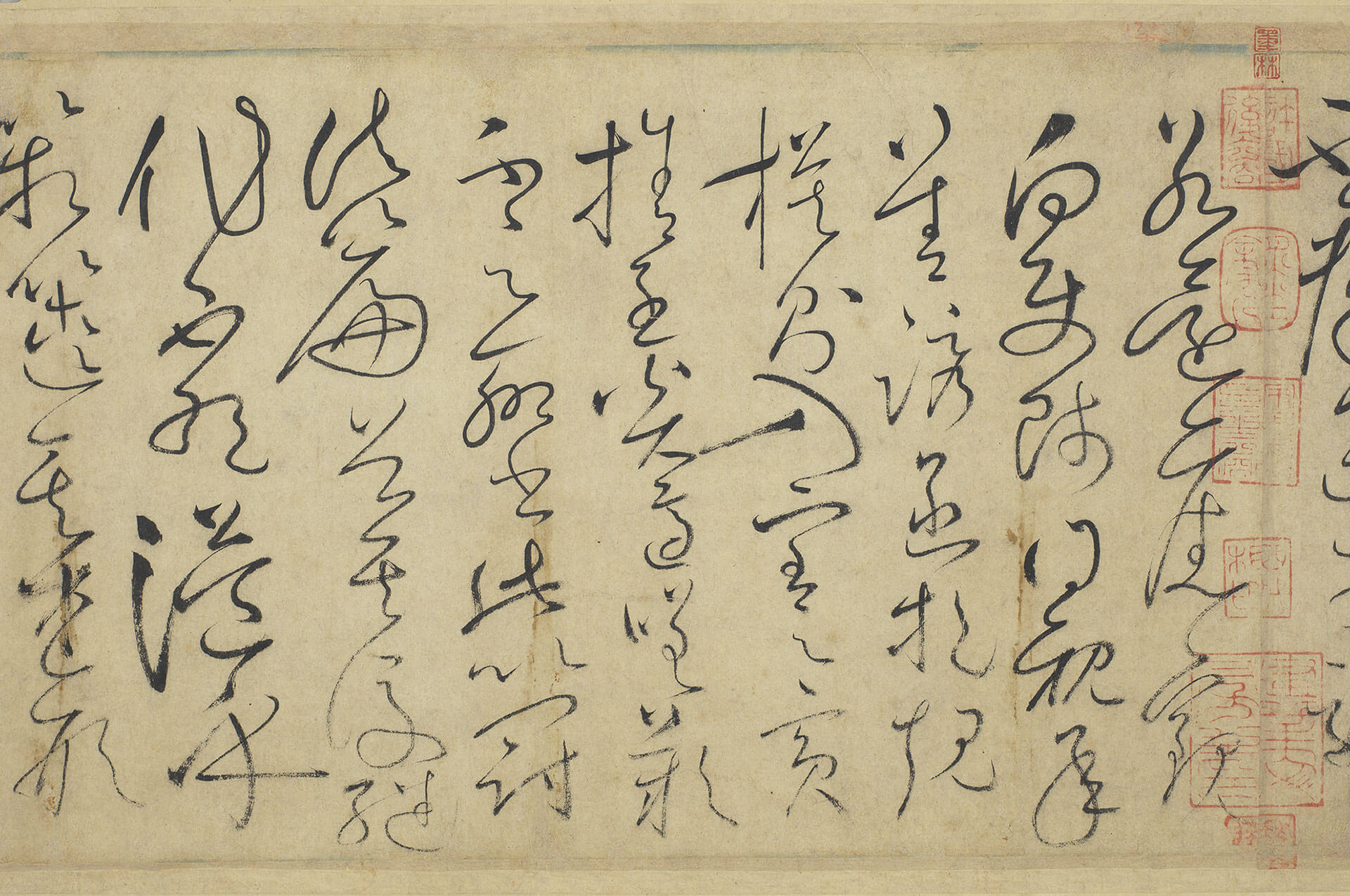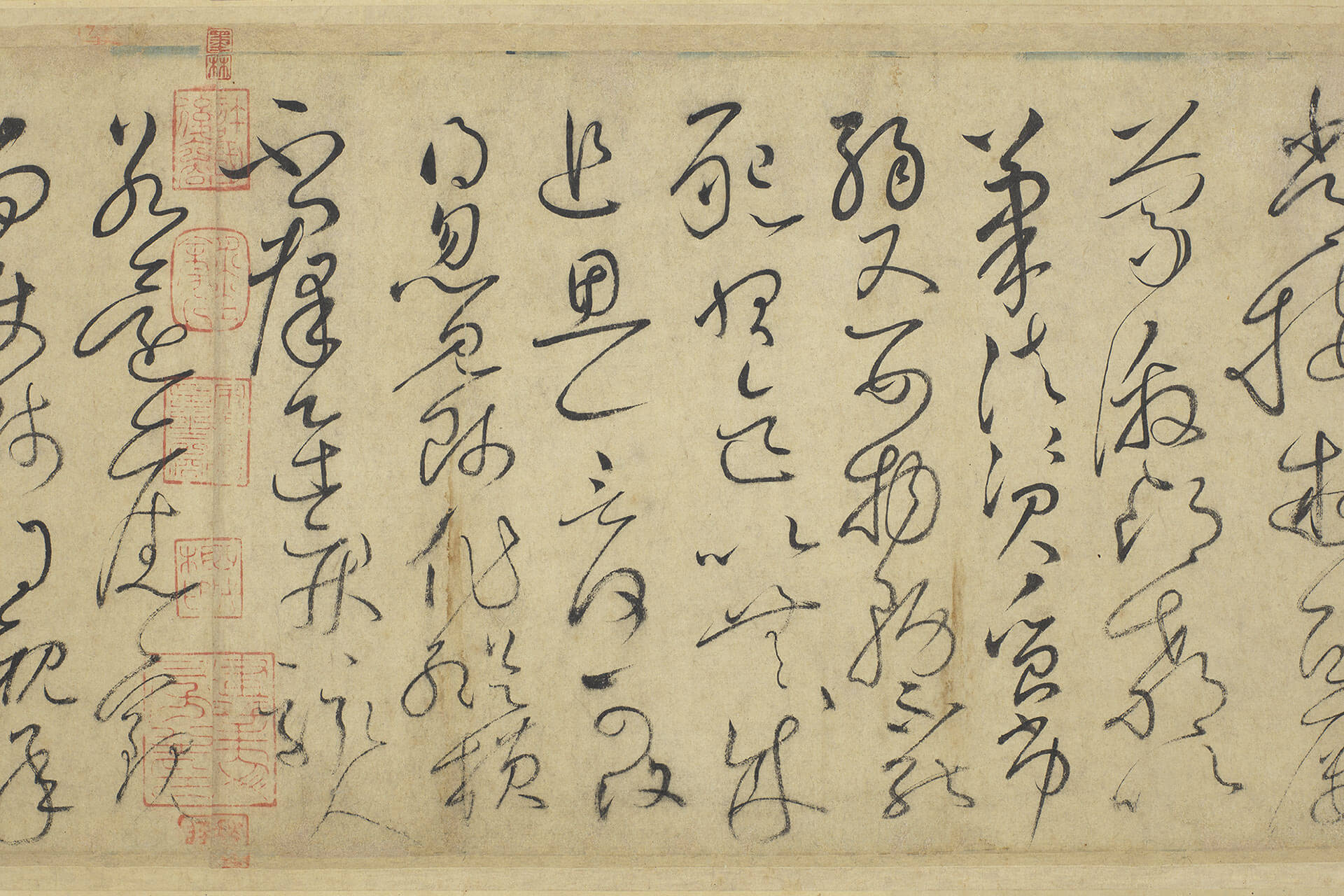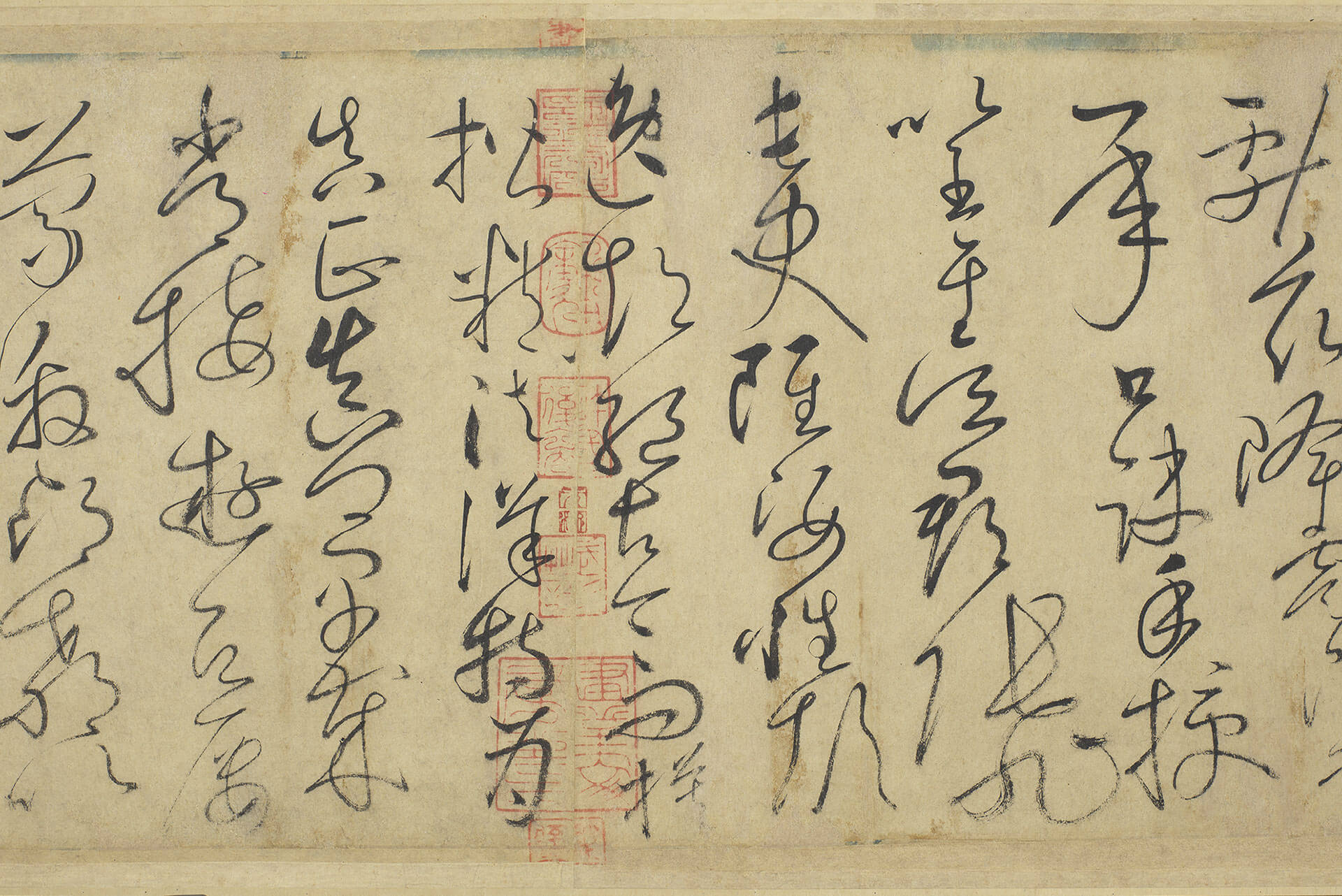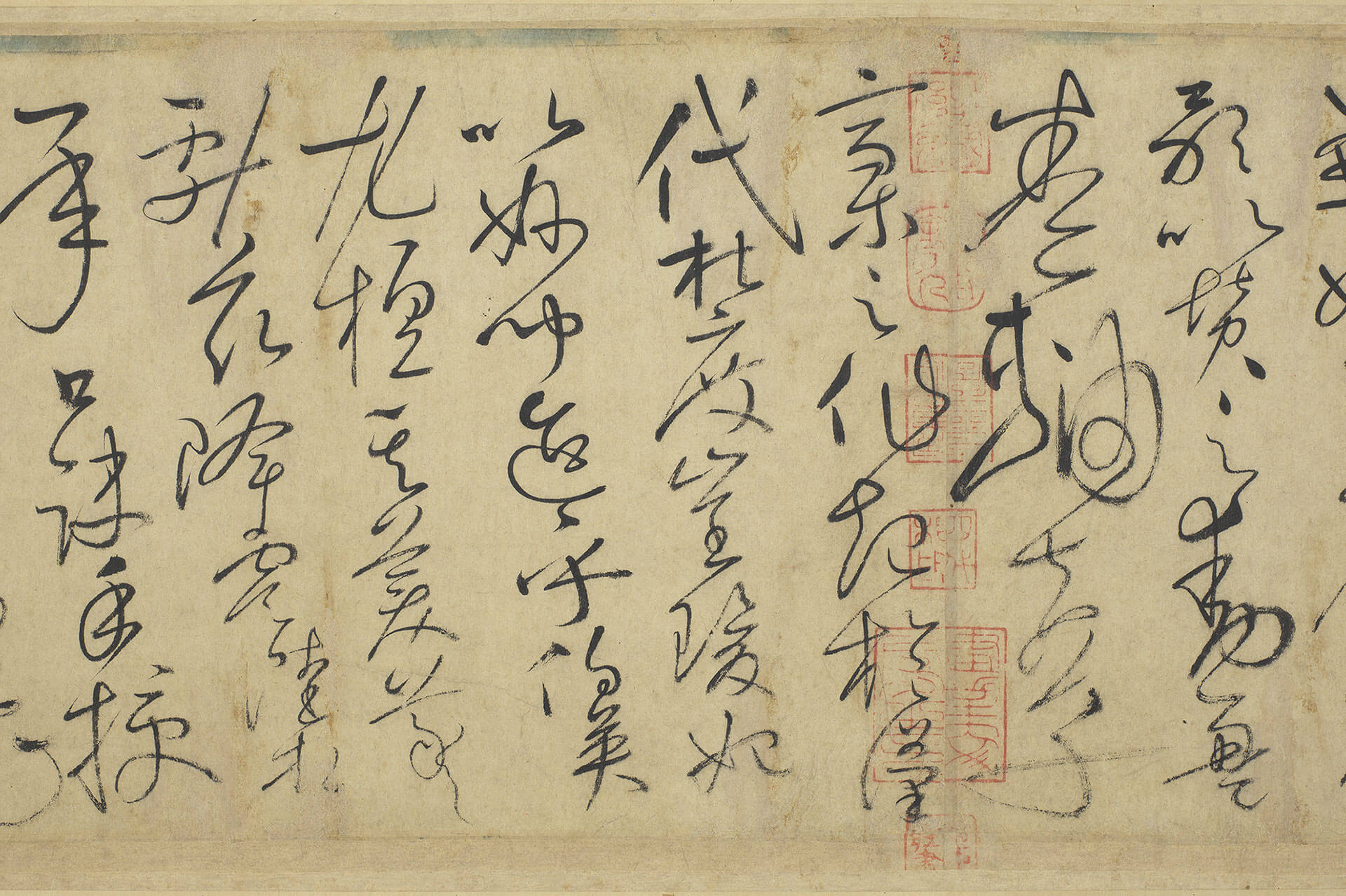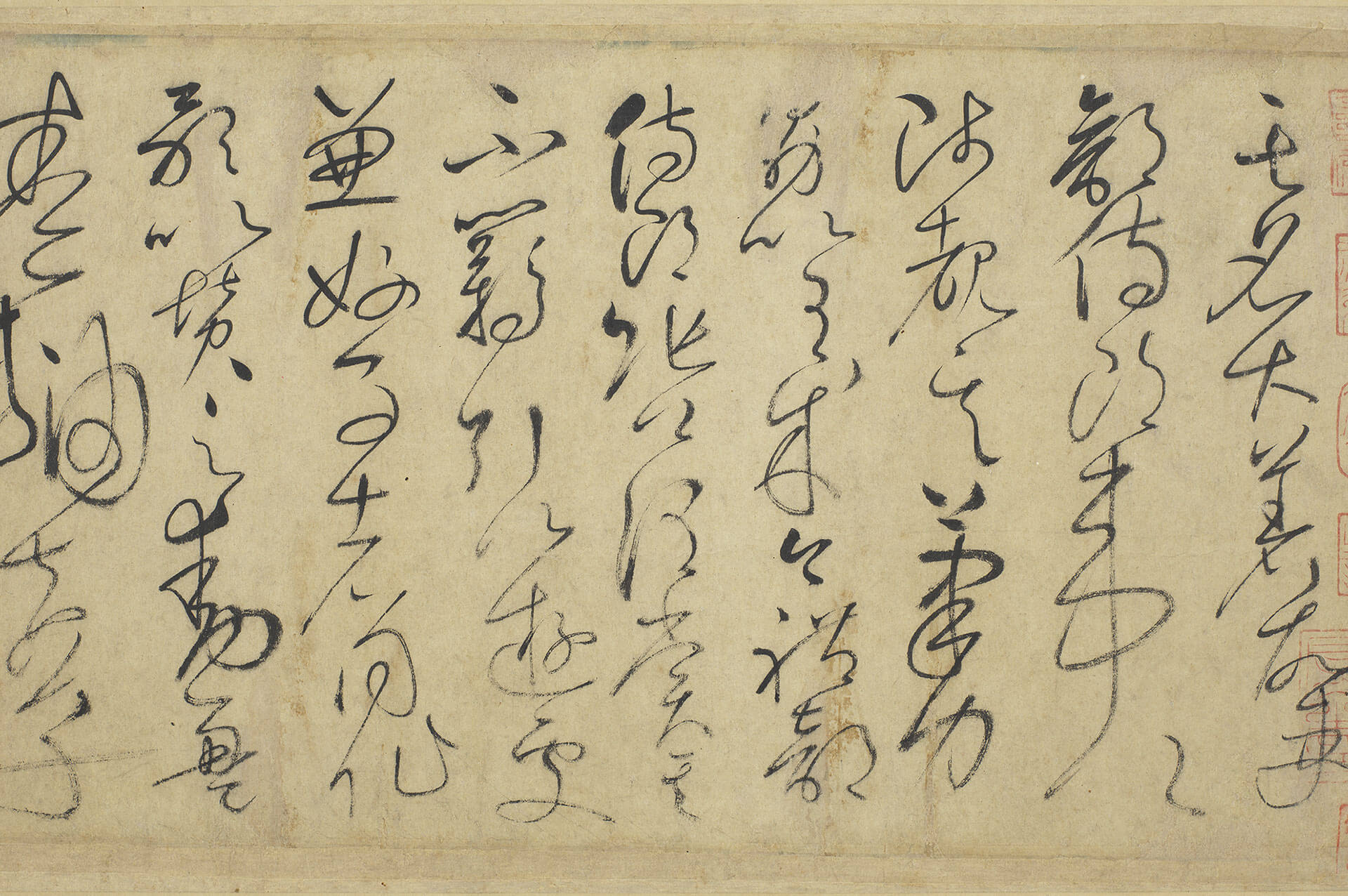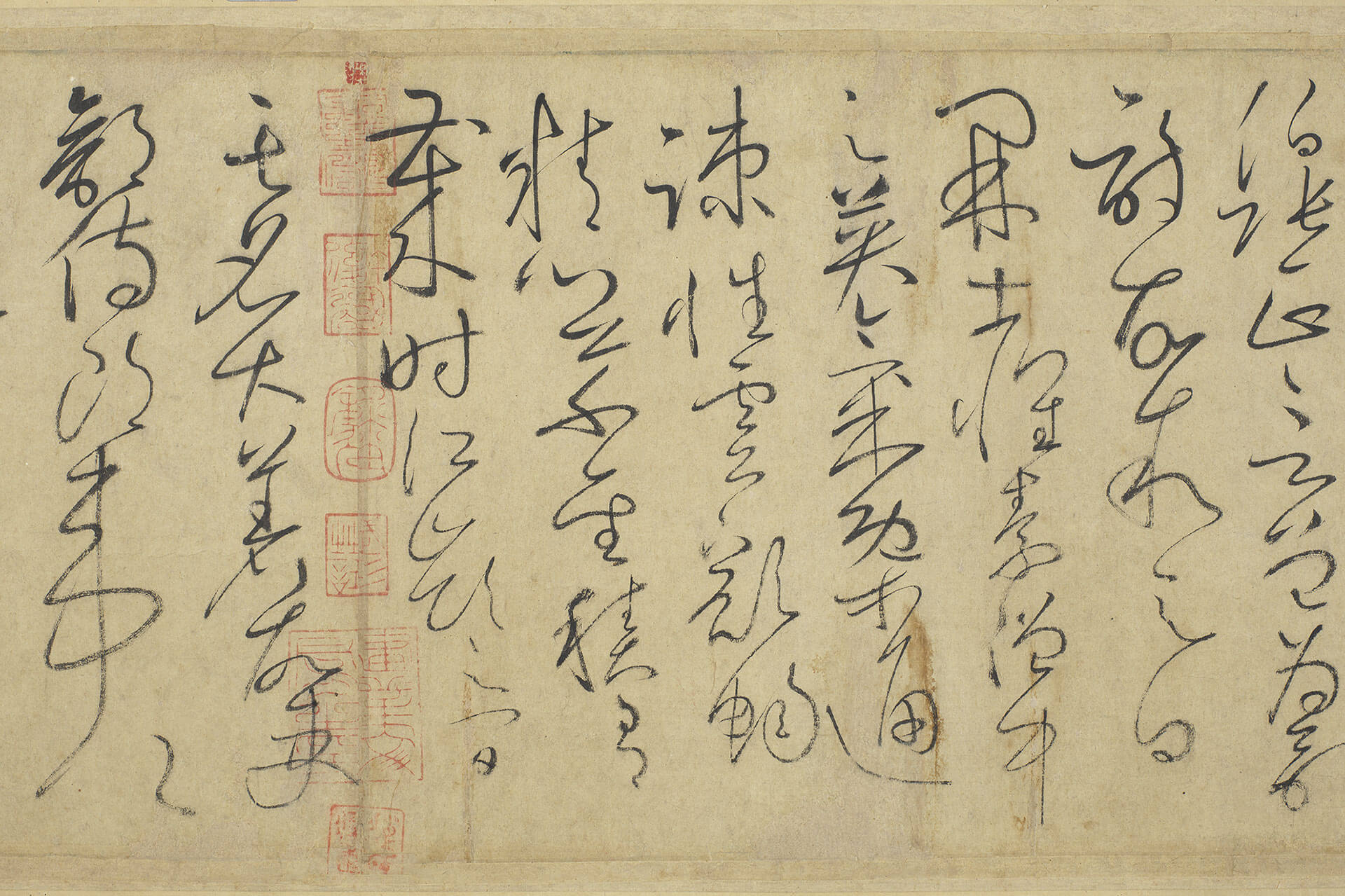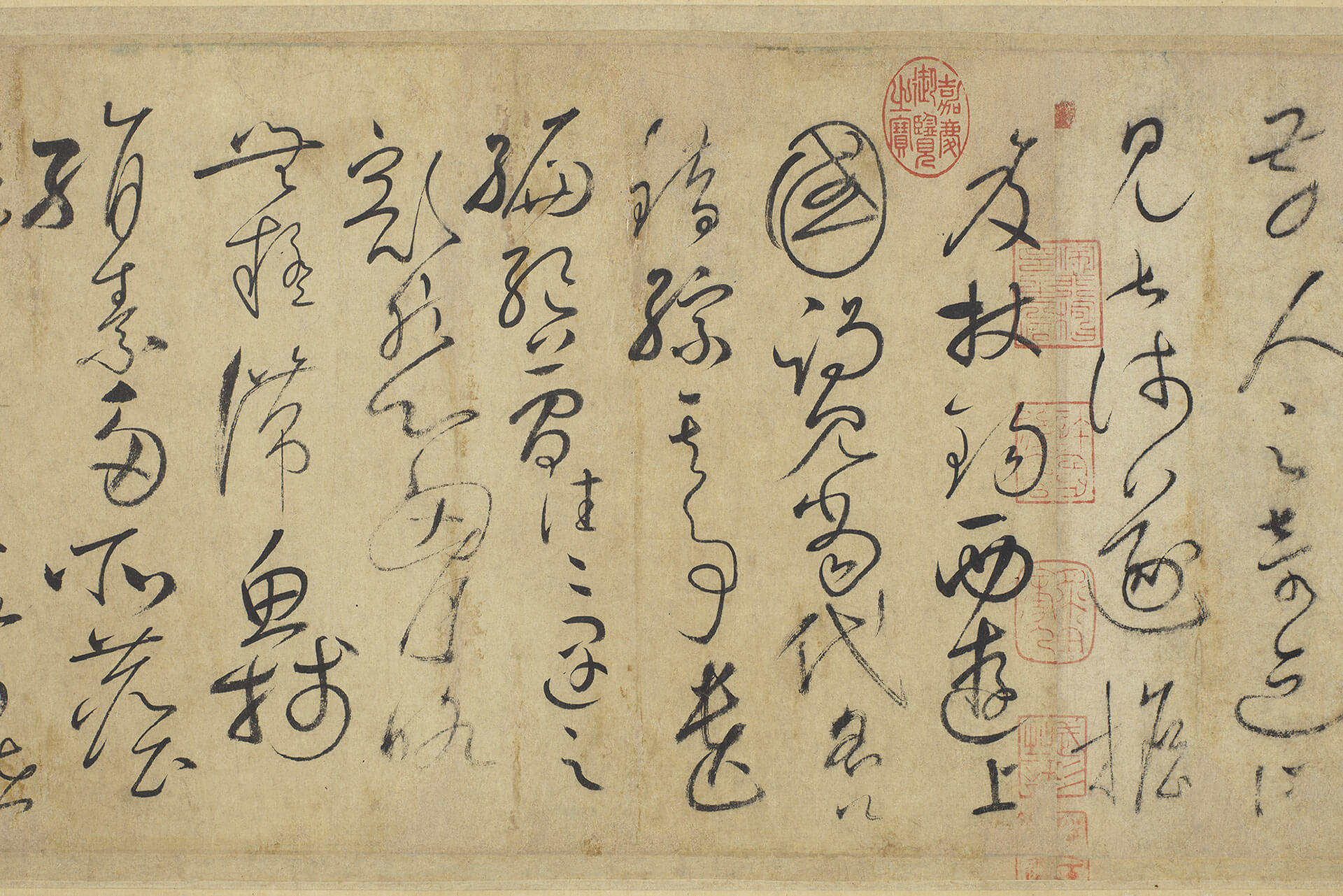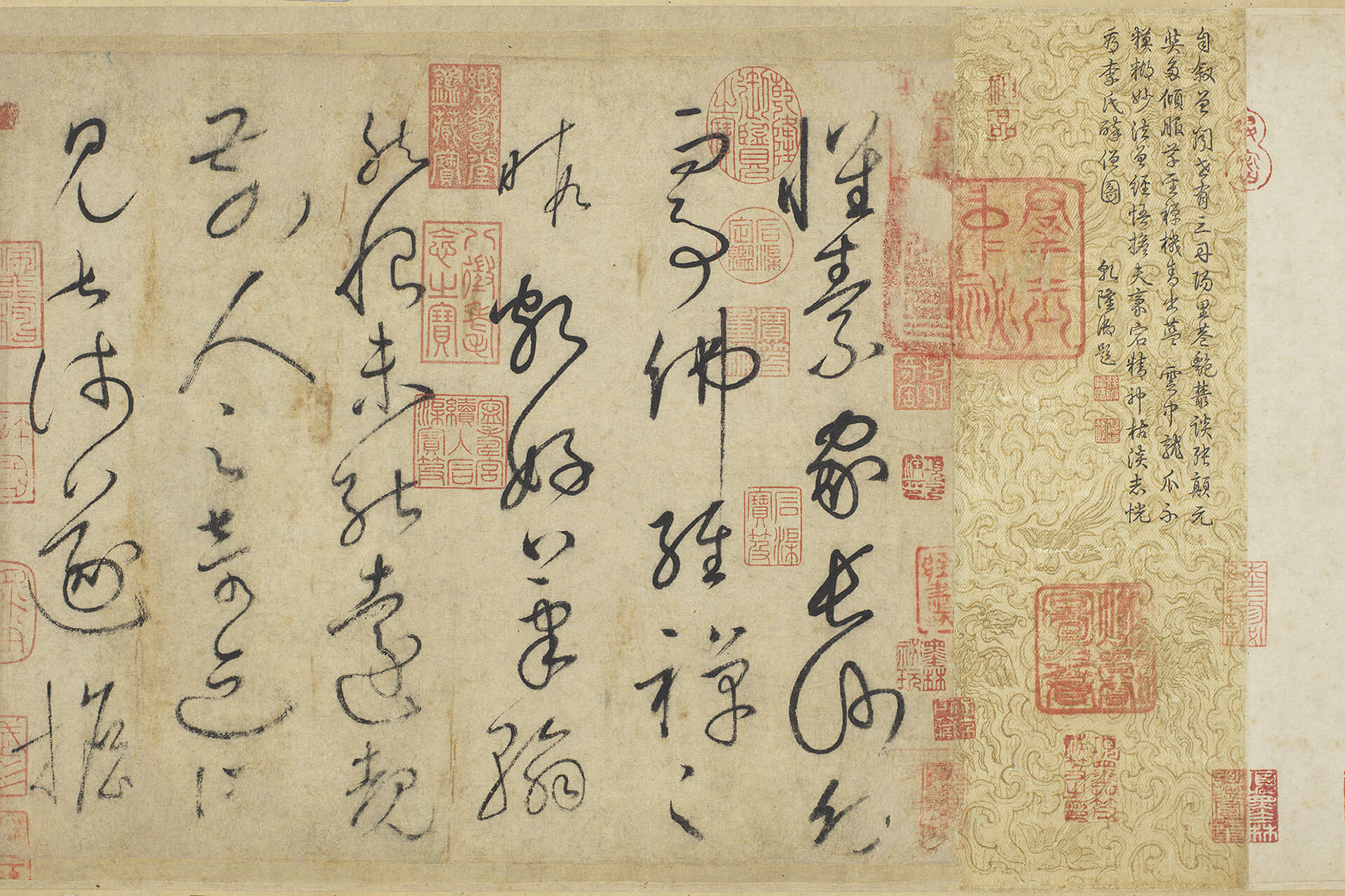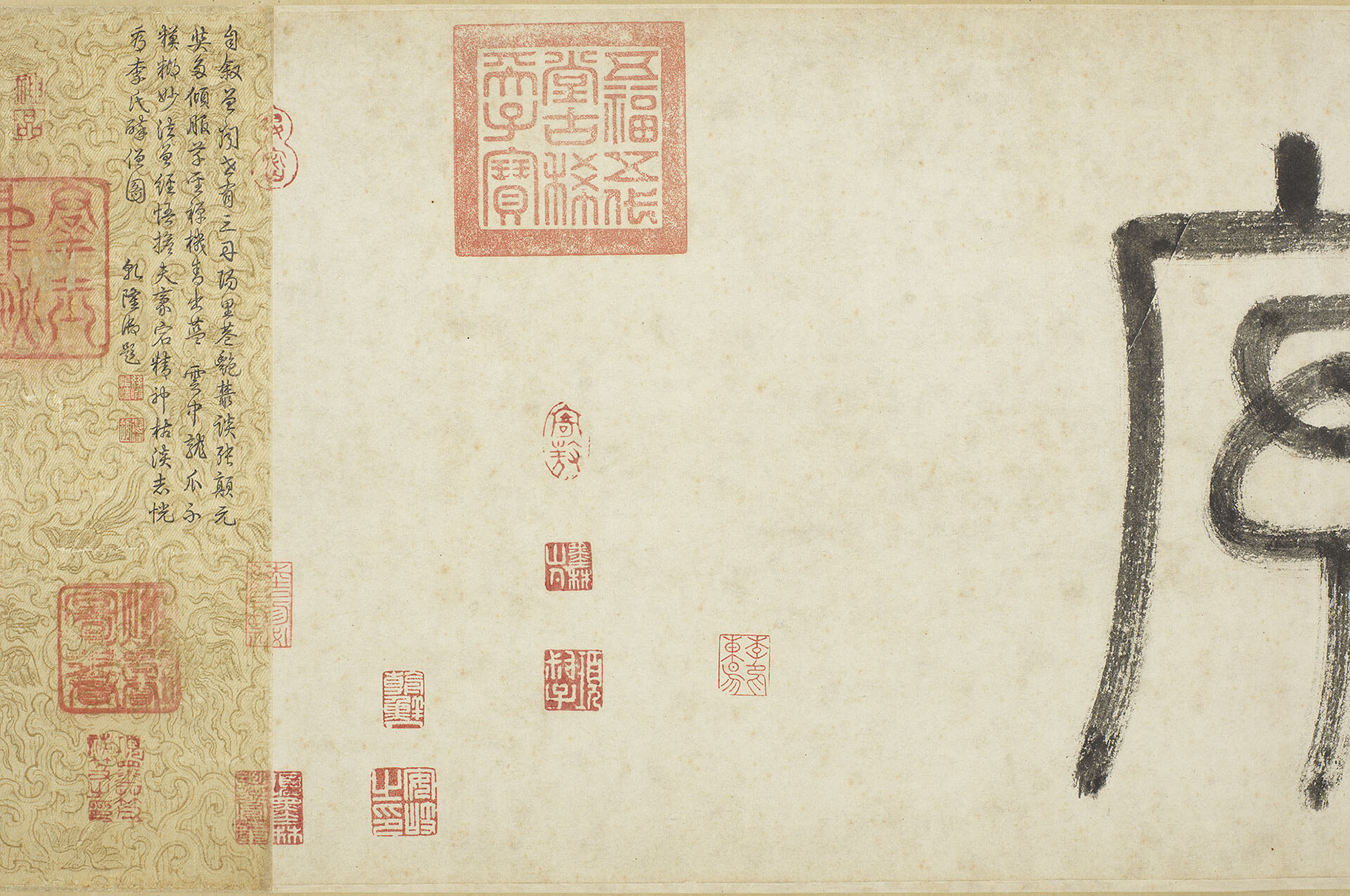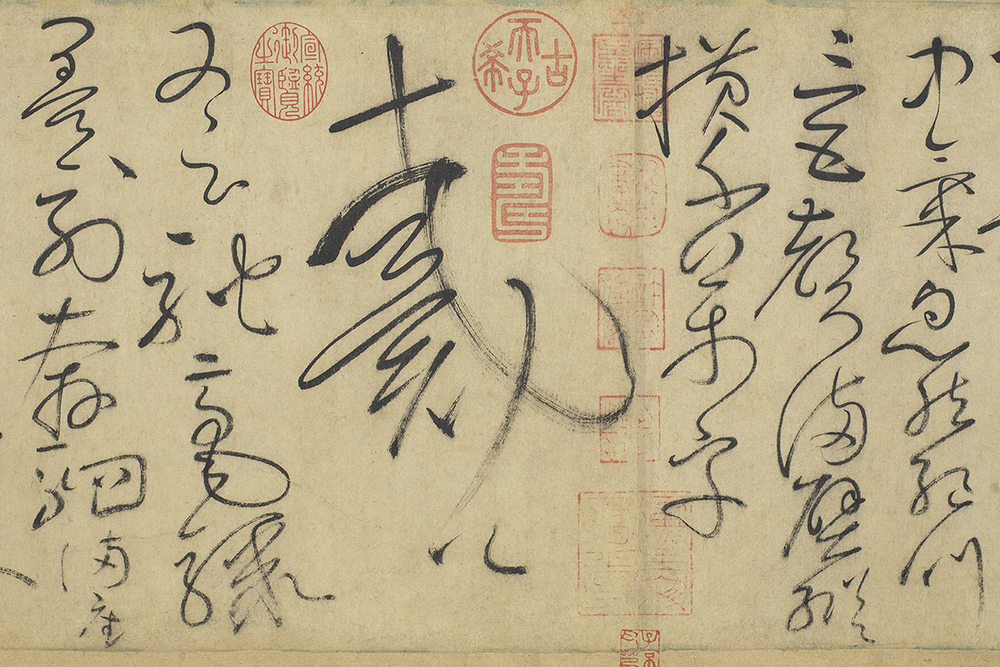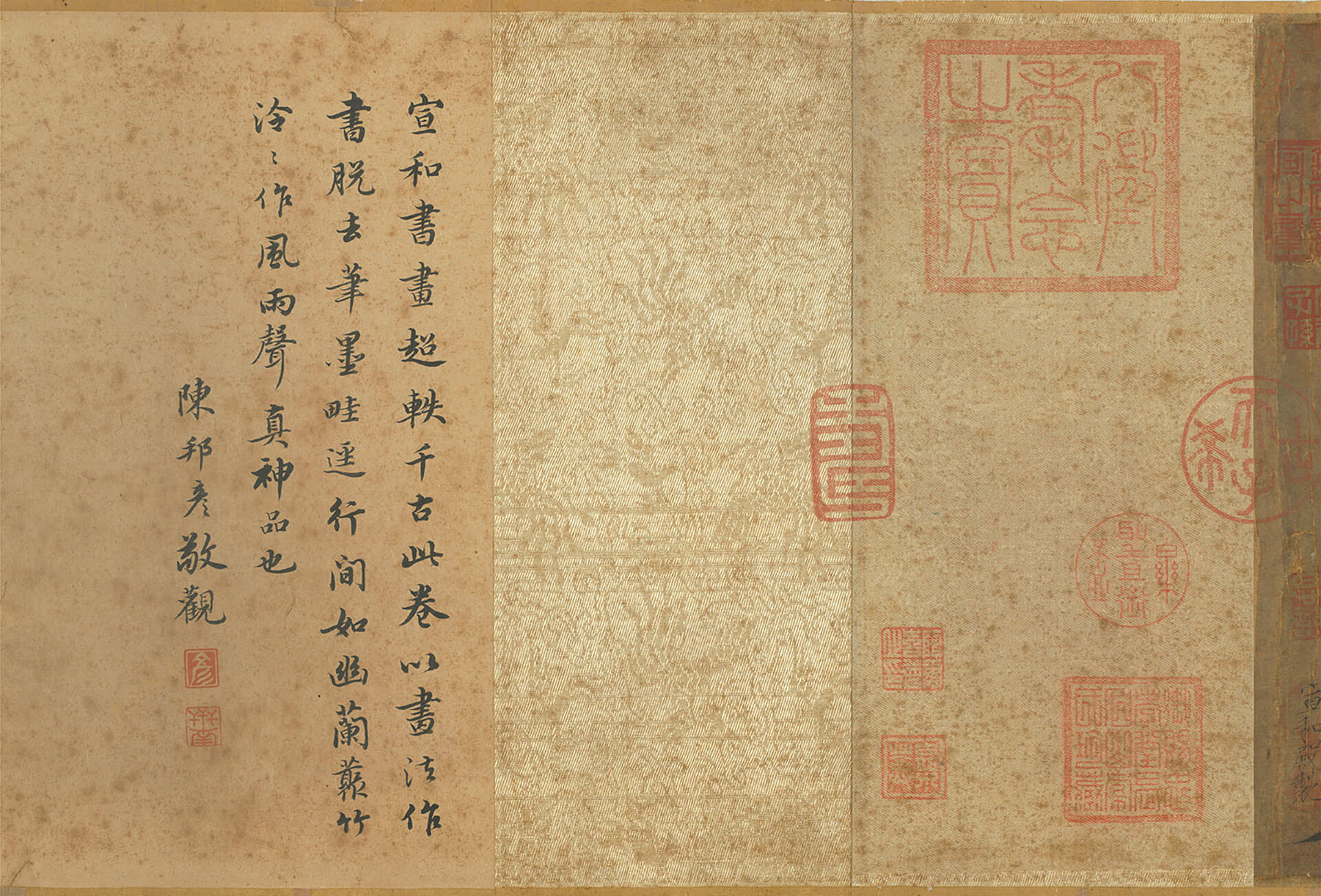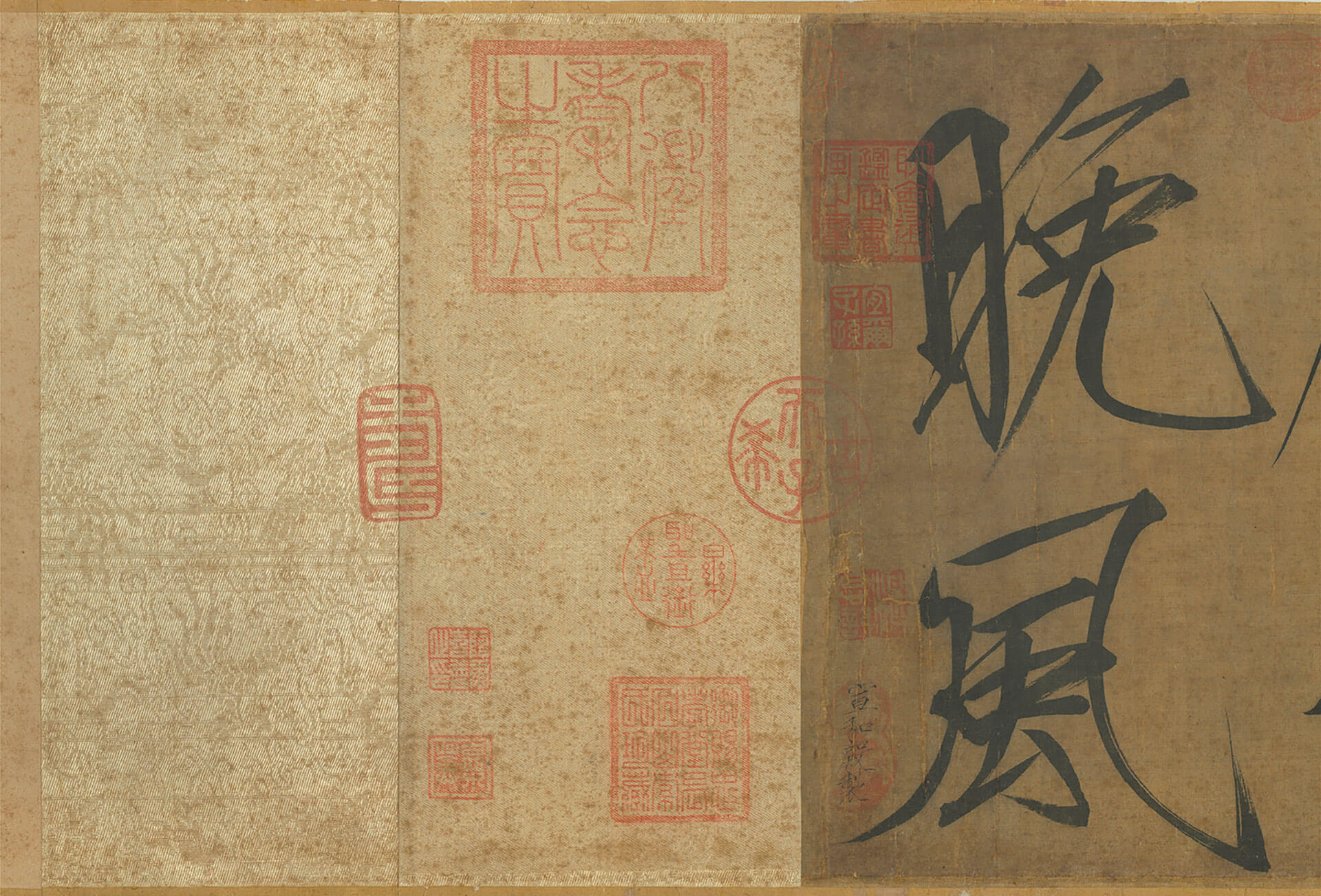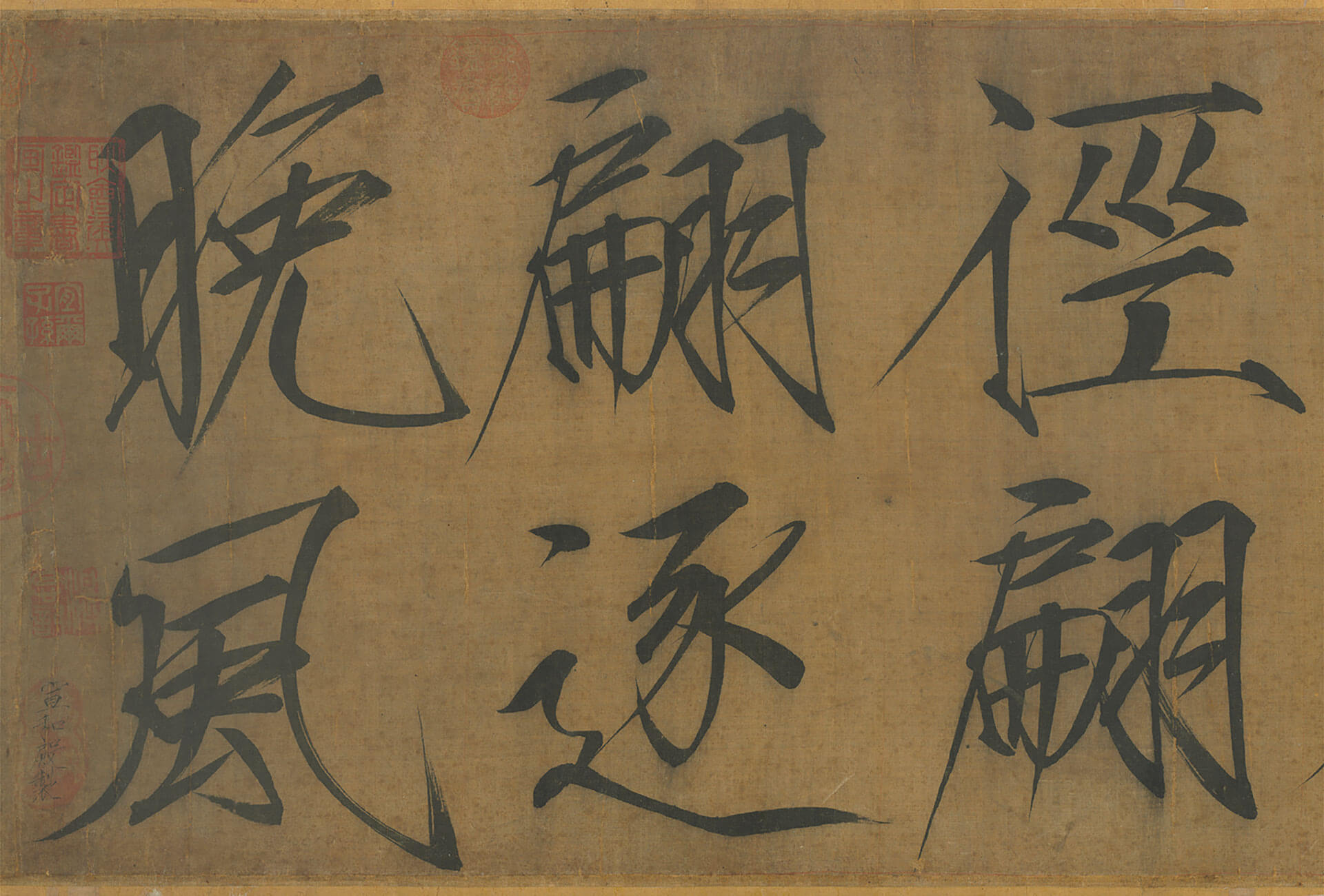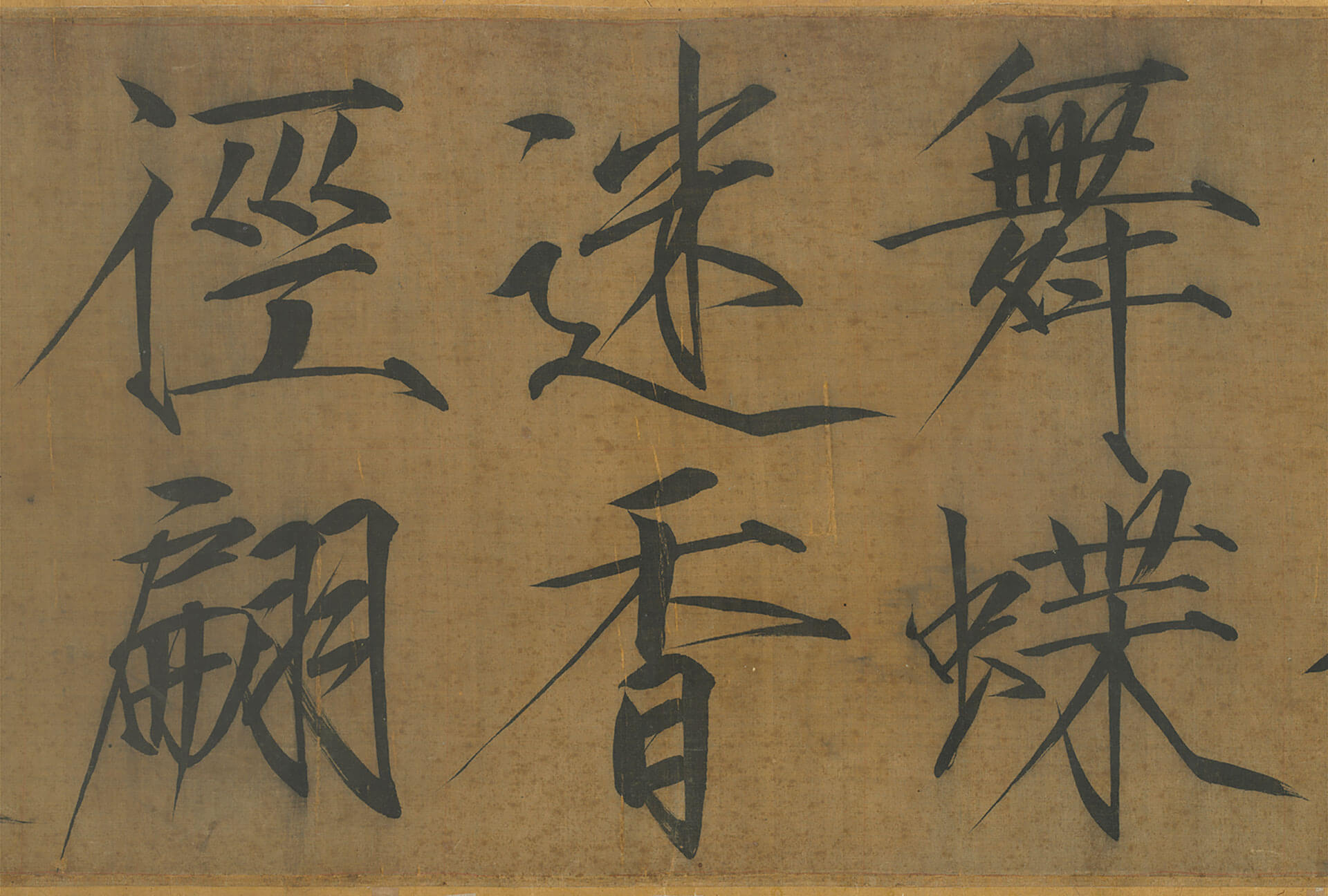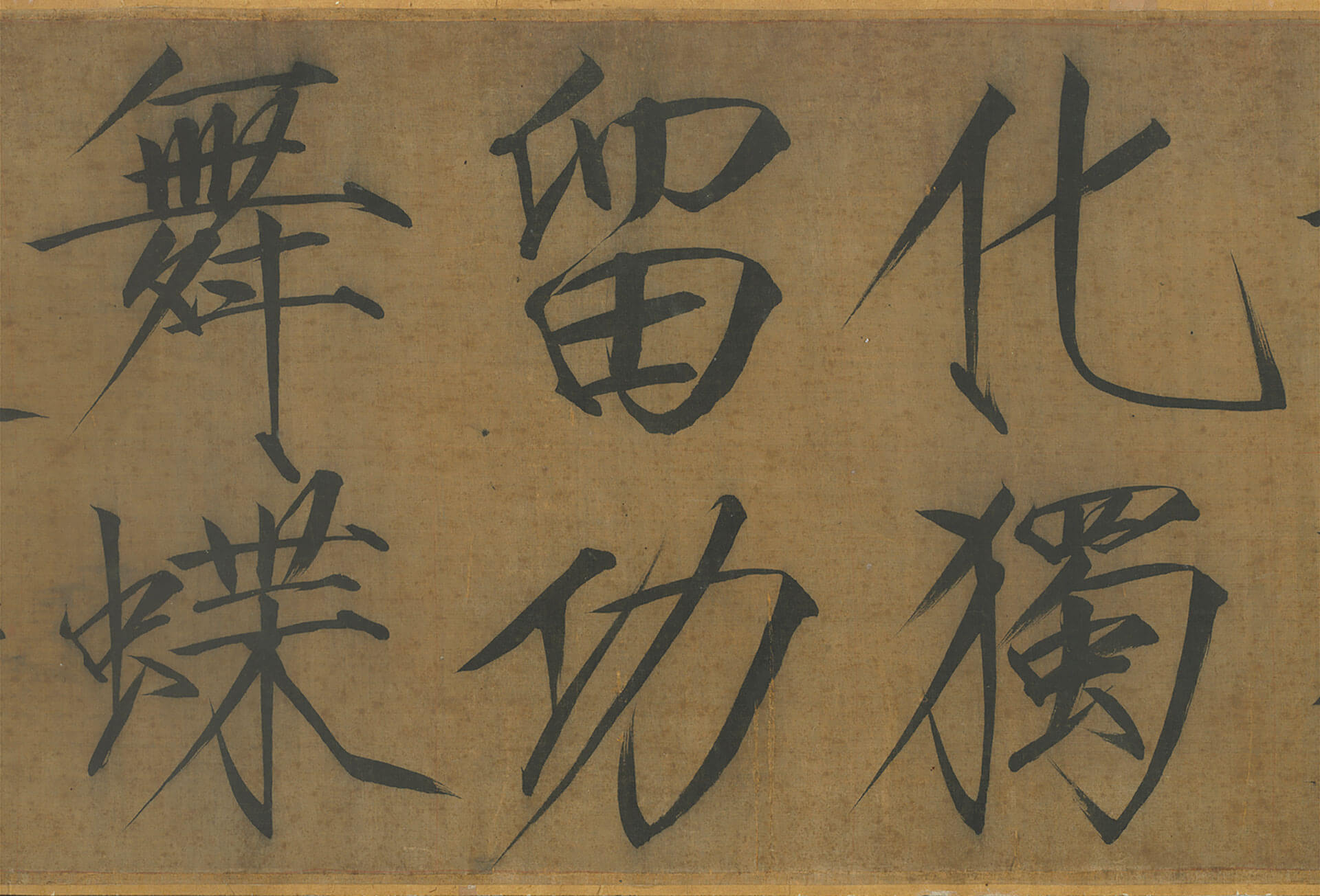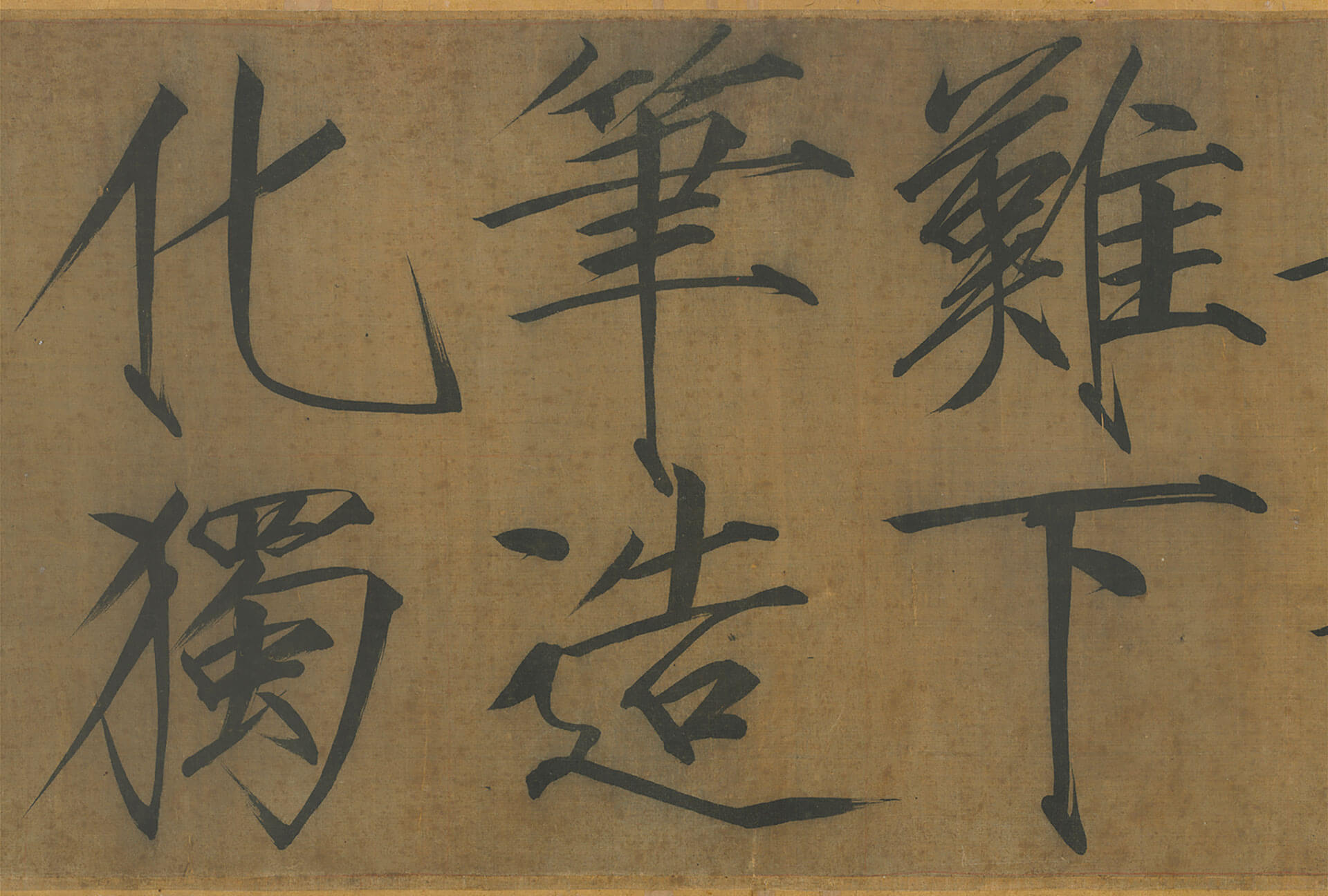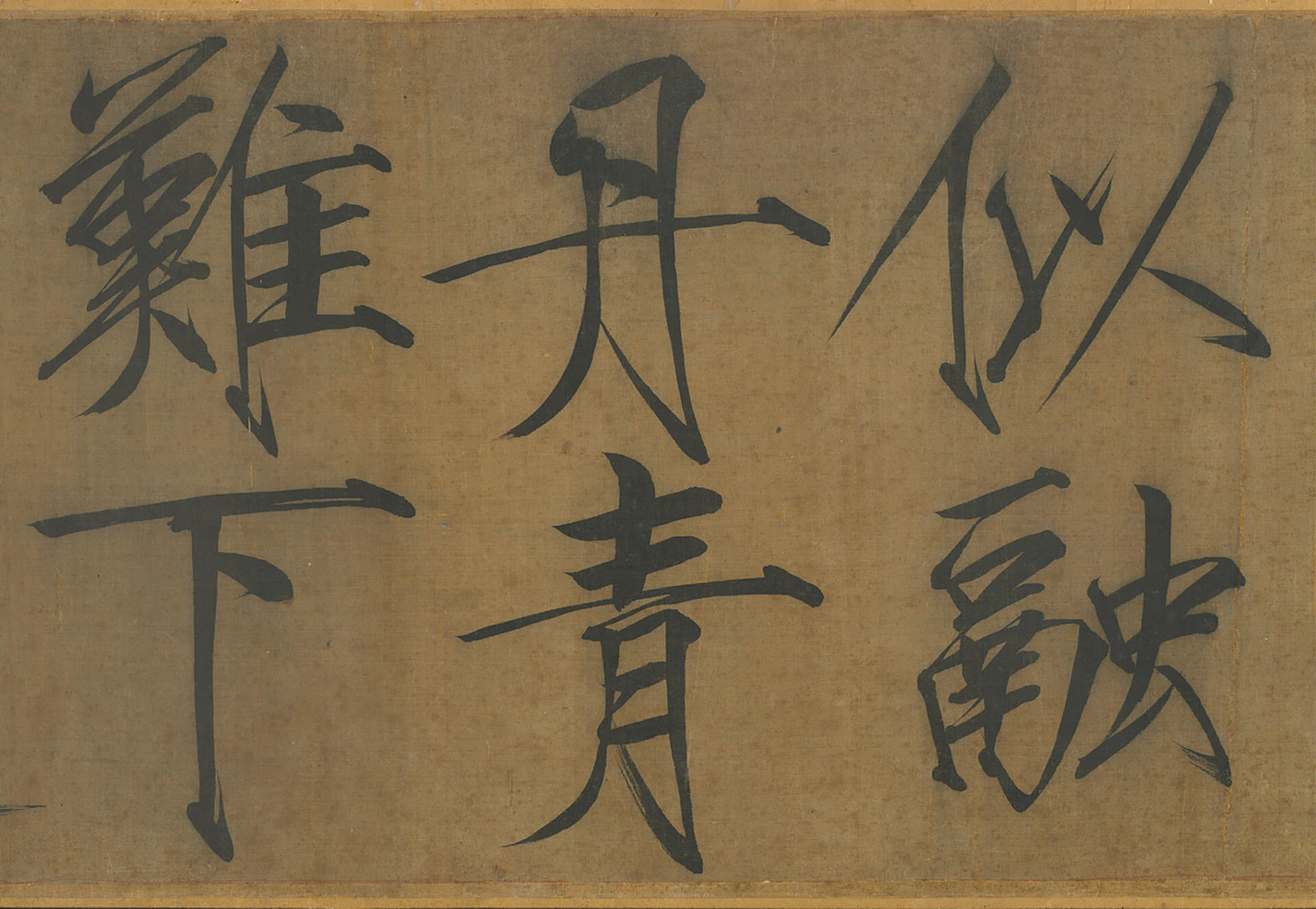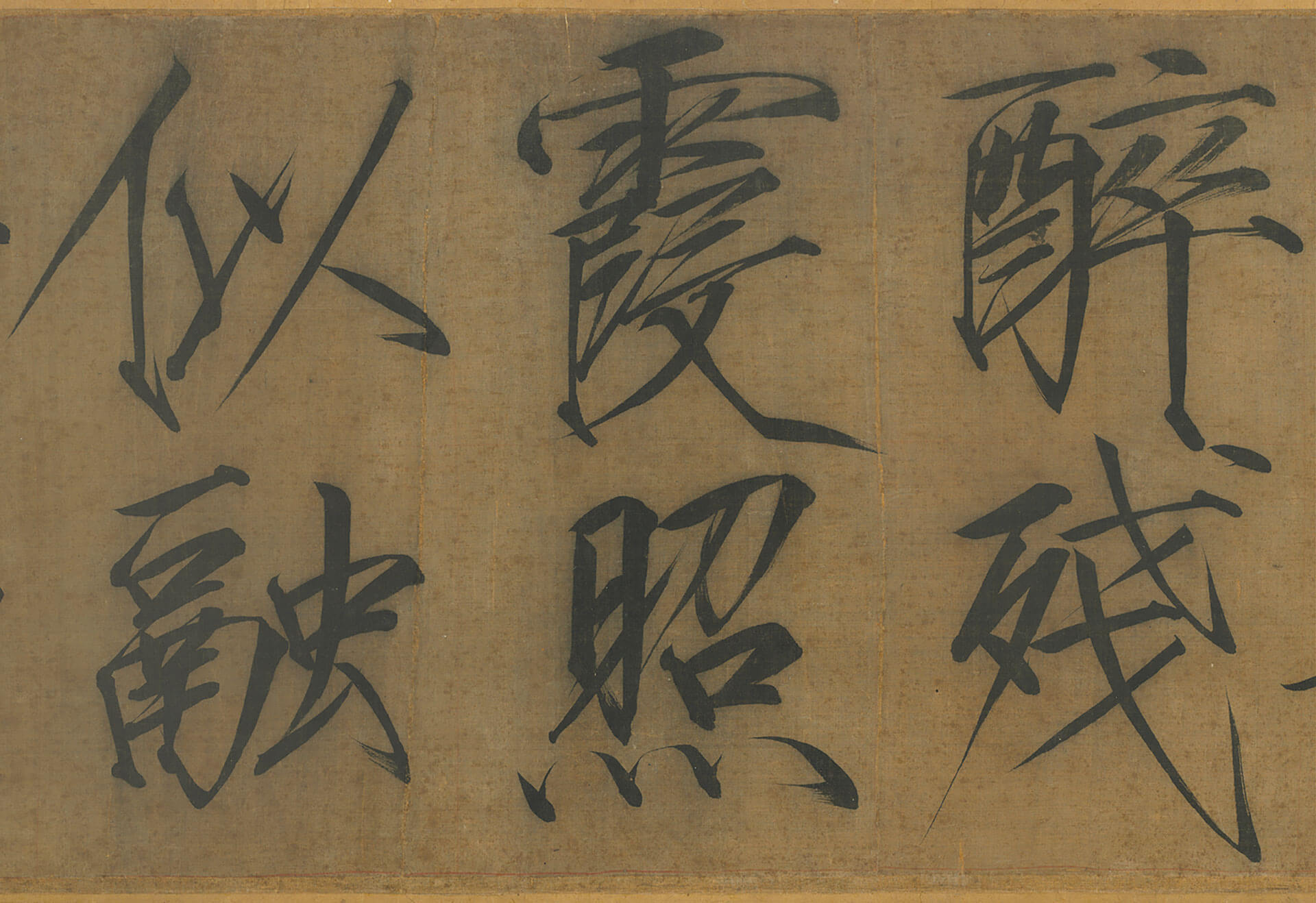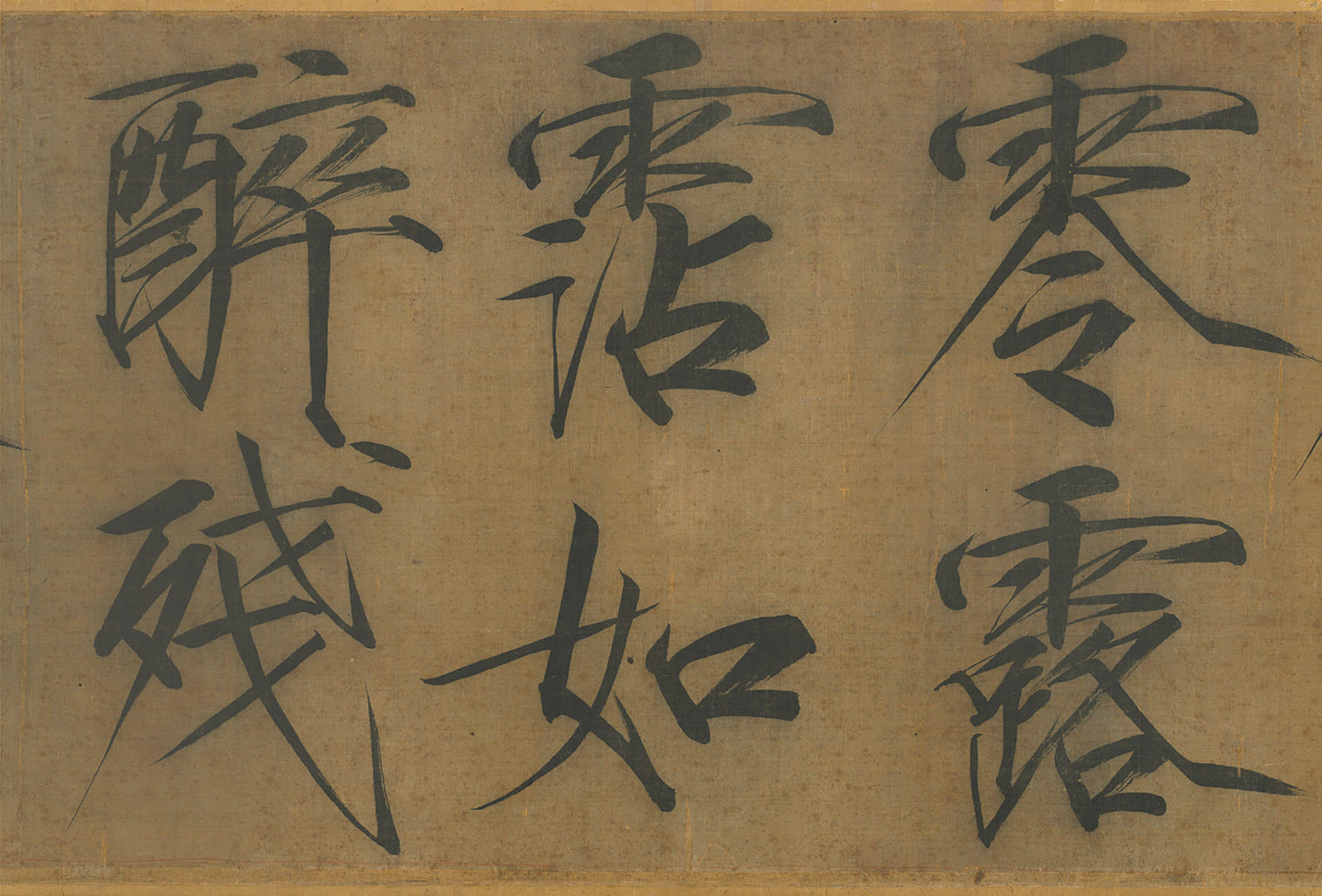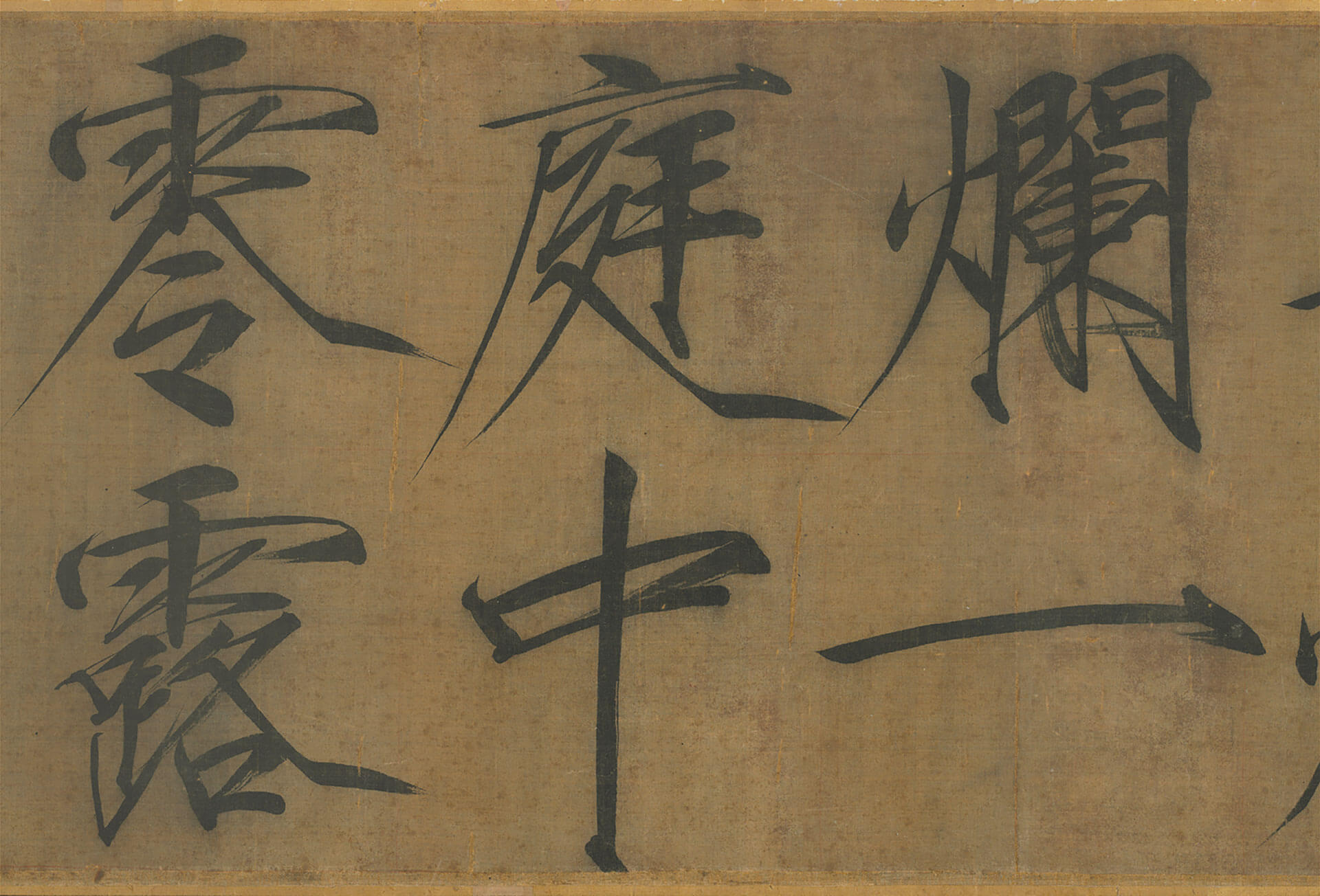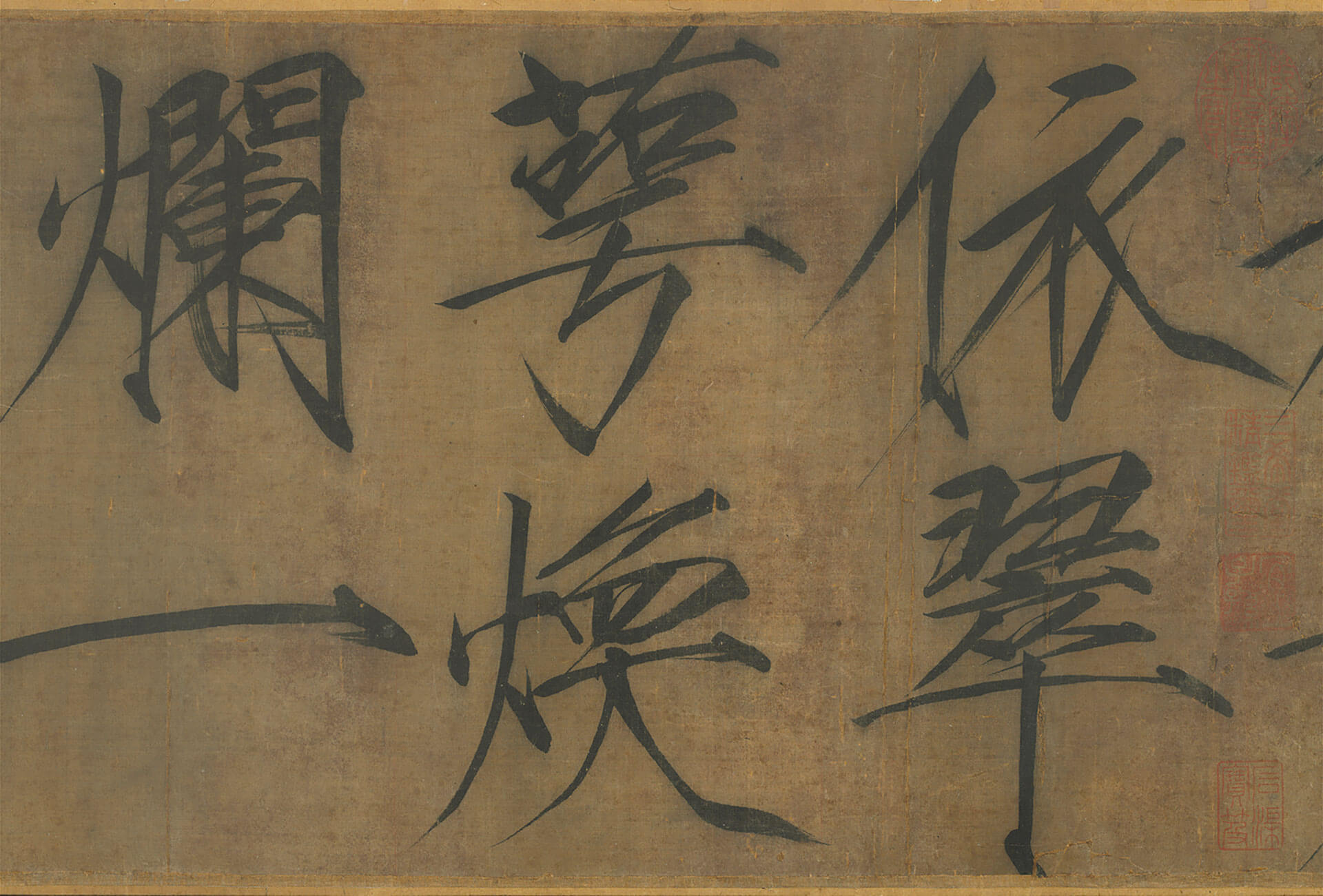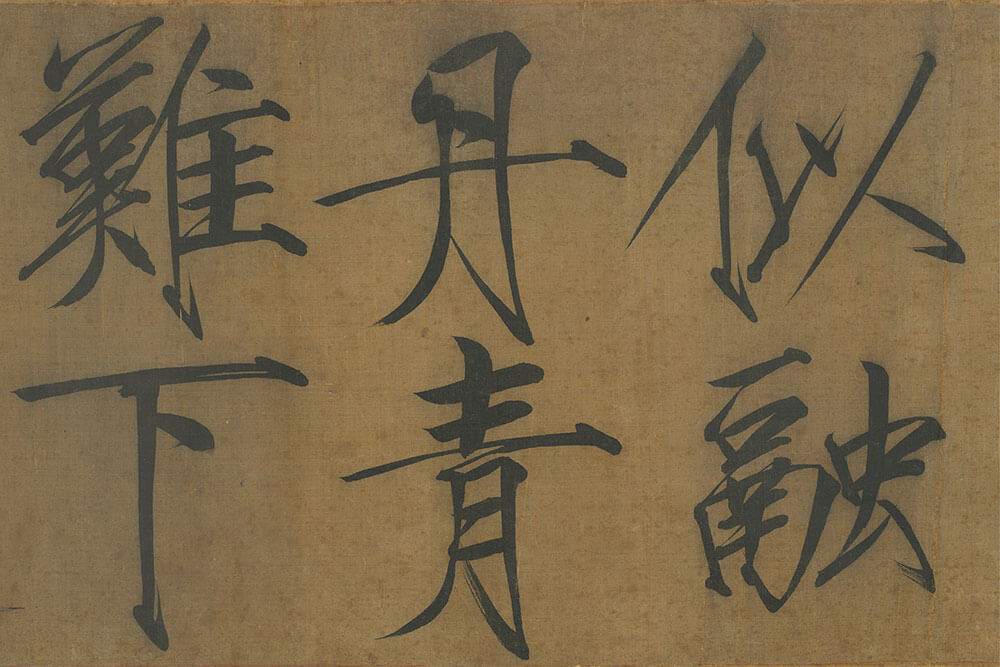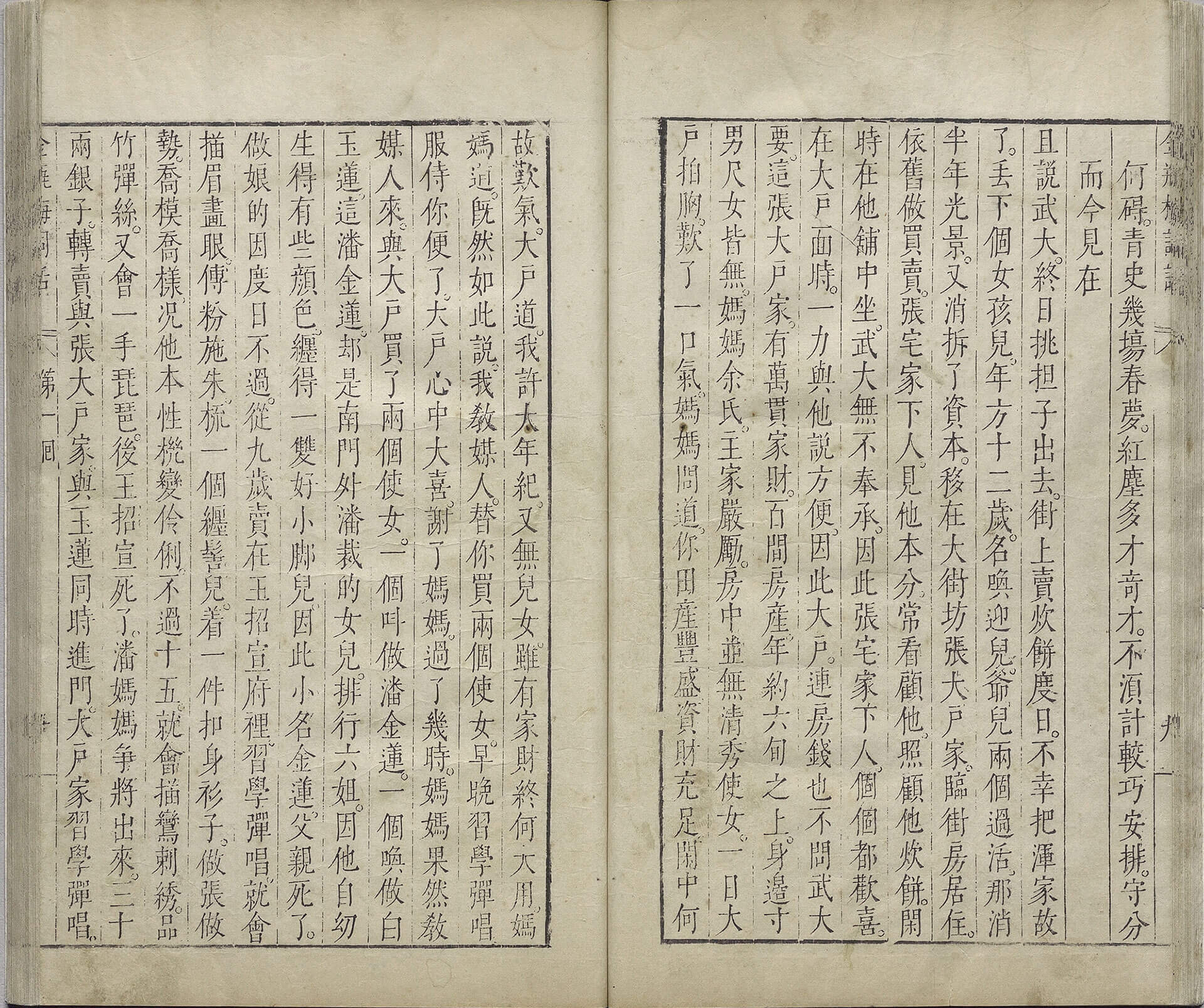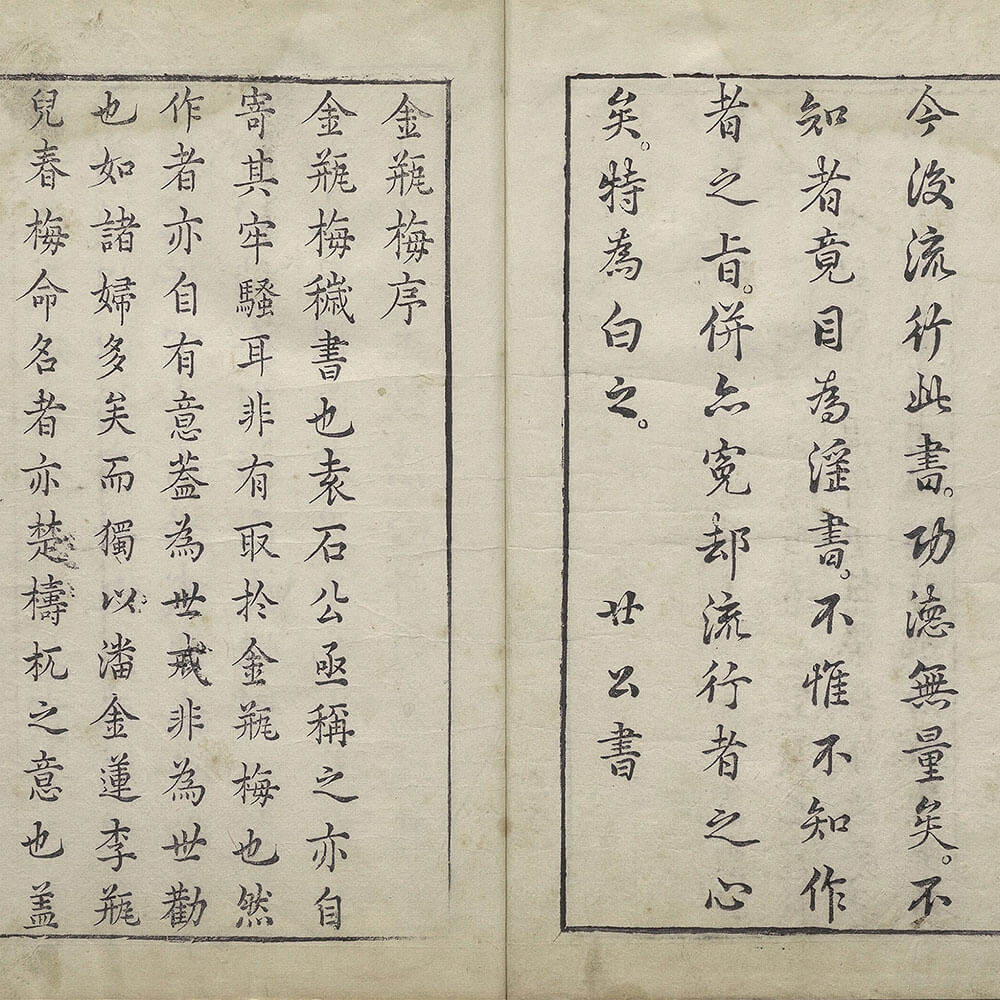Prologue: Art Collecting and Family Disaster
As the popular story goes, the corrupt but powerful Yan Song (1480-1567) was unsuccessful in appropriating the famous painting "Up the River During Qingming" from the Wang family. Yan then took advantage of a political opportunity to exact revenge by ensnaring the official Wang Shu, father of Wang Shizhen, who was later executed. It has been said that Wang Shizhen wrote the famous novel Plum in the Golden Vase (Jin Ping Mei) to avenge his father. In fact, animosity between the Wang and Yan clans reached such a complex and bizarre level that the stories told are often difficult to distinguish from the truth. Nonetheless, after Yan Song's fall from power, two catalogs of artworks listing his family collection, A Record of Heavenly Waters Melting the Iceberg (Tianshui bingshan lu) and Record of Painting and Calligraphy at the Qianshan Hall (Qianshan tang shuhua ji), indeed reveal an astonishing level of wealth and luxury. Whether it be the staggering Yan collection or the decadent world of Plum in the Golden Vase, both detail the particularities and lavishness of material life in the late Ming dynasty. And born into a scholar-official's family, Wang Shizhen was brought up in an environment of appreciating the arts leading to a life of extraordinary taste. Confrontation in political struggles and competition in lavish forms of taste transformed into the creation and dispersal of a collection that serves here as a prologue to the flourishing state of late Ming society.
Up the River During
- Qingming in Brief
- Exhibition time I. 10.5(Wed.)-12.25(Sun.)
The painting has fake connoisseurship marks of Wang Shizhen and Yan Song's son, Yan Shifan (1513-1565). The speculation is that this was a piece done by a forger in the late Ming dynasty, in acknowledgement that Wang Shizhen's father Wang Shu gave Yan Song (1480-1567) and Yan Shifan a counterfeit copy of the famous painting Up the River During Qingming, which was later found out and caused Wang Shu's death. This copy thus should have been deliberately made to match the story above so that it could look credible and sell for a high price.
Near the end of the scroll, there is a signed mark which reads "Presented by Hanlin court painter Zhang Zeduan". A lot of shop signs such as "the Sun's mantou" and "the Pan's astragalus dumpling" are also present in the Reminiscences of the Eastern Capital. The faces and postures of the characters are very carefully depicted with lively activities. It is indeed a well-executed copy.
Autobiography
- Huaisu (fl. latter half of the 8th c.), Tang dynasty
- National Treasure
- Exhibition time I. 10.5-11.15(restricted)
Huaisu was a Buddhist monk who originally had the surname Qian and the style (courtesy) name Cangzhen. Born in Hunan, he later moved to Chang'an and became renowned in calligraphy, for which he was gifted with words of praise by such figures as Yan Zhenqing (709-785). Huaisu then wrote an abstract for them to form this handscroll. The large characters written in "wild" cursive script using thin strokes of considerable power and energy manifest wondrous transformations throughout the work here, the spirited and virtuoso presentation still within the rules of calligraphy to make it an ultimate expression in the art of cursive script.
In his colophon appearing at the end of the scroll, Wen Zhengming (1470-1559) wrote that this handscroll is the version that had been in the collection of Su Shunqin (1008-1048) of the Northern Song. In the late Ming dynasty, it circulated in the Suzhou area and was once owned by Yan Song (1480-1567), the official who framed Wang Shizhen's father.
Poem
- Emperor Huizong (1082-1135), Song dynasty
- National Treasure
- Exhibition time II. 2.8-3.21(restricted)
Emperor Huizong, surname Zhao and personal name Ji, was the eleventh son of the Song dynasty ruler Shenzong (1048-1085) and younger brother of Emperor Zhezhong (1077-1100). Fond of the arts, Huizong excelled at both painting and calligraphy. In his semi-cursive, cursive, and regular script forms of calligraphy, the brushwork is forceful yet untrammeled, similar in method to that of Huang Tingjian (1045-1105) and tracing back to Xue Ji (649-713). With a unique style of his own, Huizong's manner of calligraphy became known as "slender gold script."
This handscroll appears in the list of works confiscated from the private holdings of the corrupt official Yan Song listed in Record of Painting and Calligraphy at the Qianshan Hall. The scroll header also still retains the half-impression of the "Nanchang xianyin" prefectural seal used in the Ming dynasty government to inventory the works confiscated from Yan's collection. In this surviving example of Huizong's calligraphy with the largest characters, the movement of his brush is even more upright and powerful compared to his writing in smaller characters.
Plum in the Golden Vase
- Lanling Xiaoxiao Sheng, Ming dynasty (1368-1644)
- Exhibition time I. 10.5(Wed.)-12.25(Sun.)
- Exhibition time II. 12.28(Wed.)-3.21(Tue.)
The indicated author in Plum in the Golden Vase is Lanling Xiaoxiao Sheng. For a long time, the author's true identity has remained a mystery. However, after this book of twisted love was published in the late Ming dynasty, many people have believed that the story was in fact written by Wang Shizhen, and the speculations are based on Wang's resentment towards the Yan Song family. Such people argued that through the writing of the novel, Wang Shizhen had fulfilled his purpose of ridiculing and criticizing the Yan family. In the book, by describing the corrupt bureaucracy alliance of Ximen Qing and Grand Tutor Cai, they argued that Wang was trying to reveal the illegal and despicable political actions done by the Yan Song family. In addition, the surname Ximen (literally meaning "West Gate") in Ximen Qing is the exact opposite of Donglou (literally meaning "East Building"), the name of the study (room) of Yan Shifan (1513-1565). Such a coincidence hence deepened the association that the mysterious author is actually Wang Shizhen.
